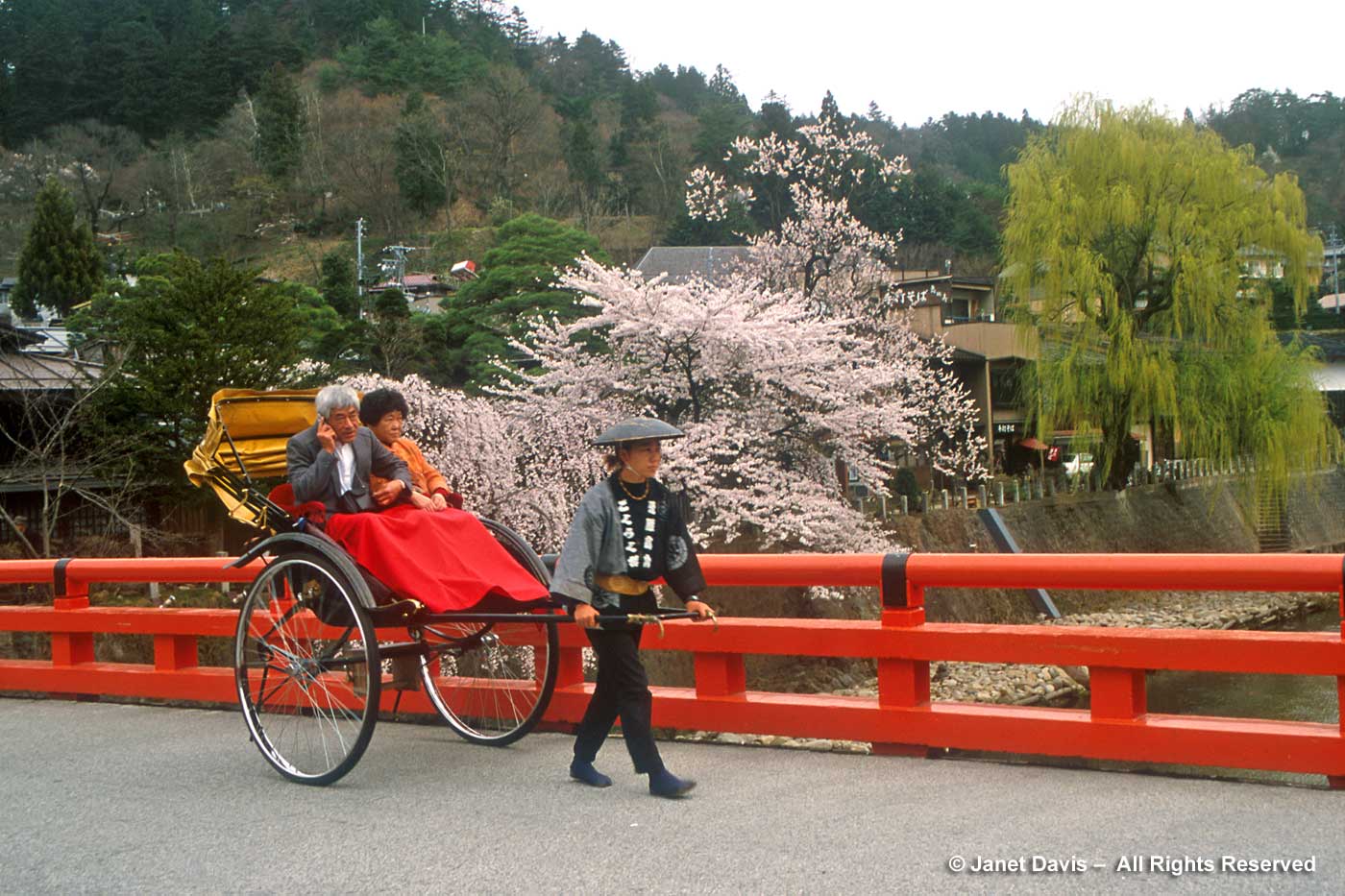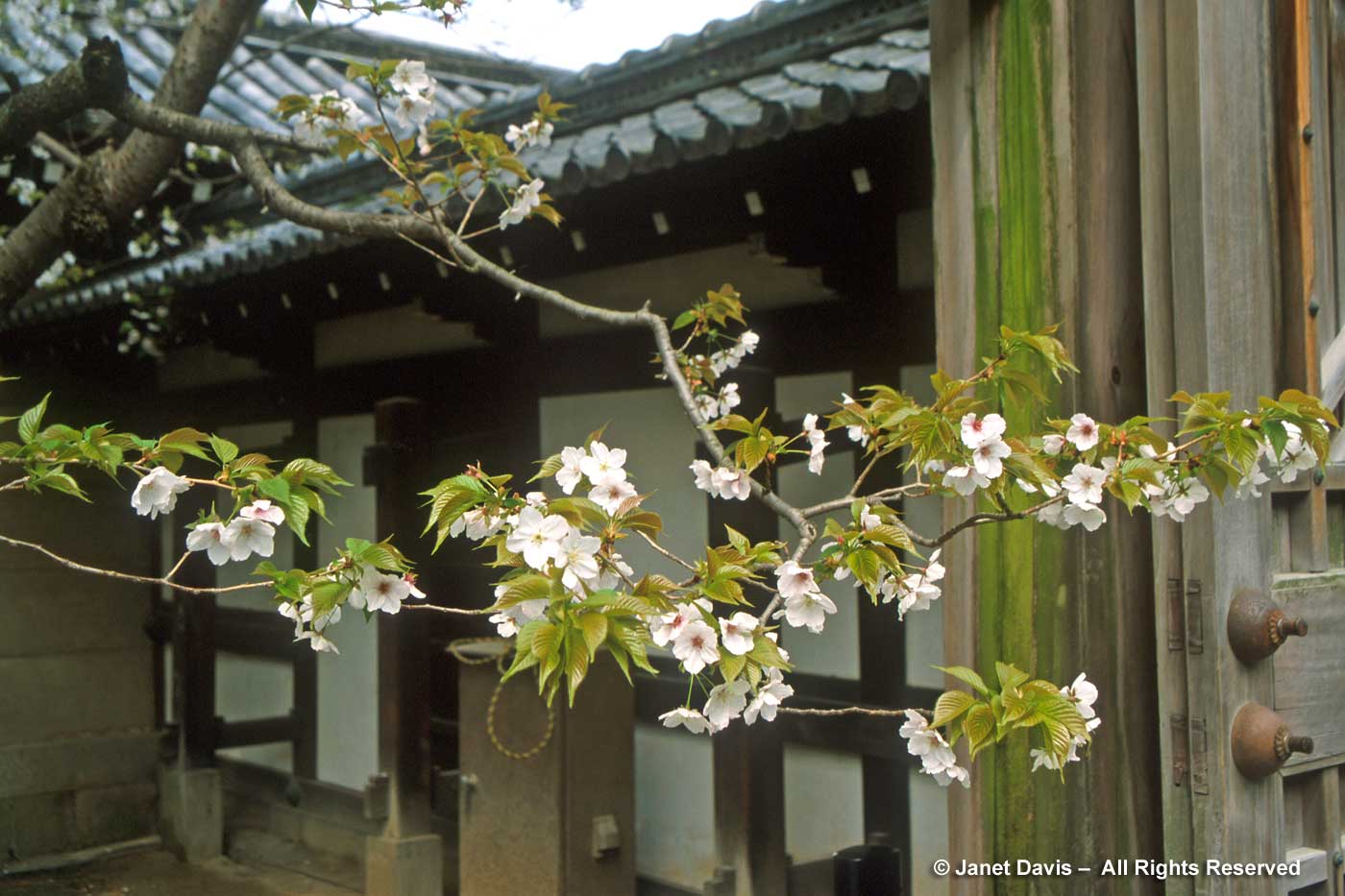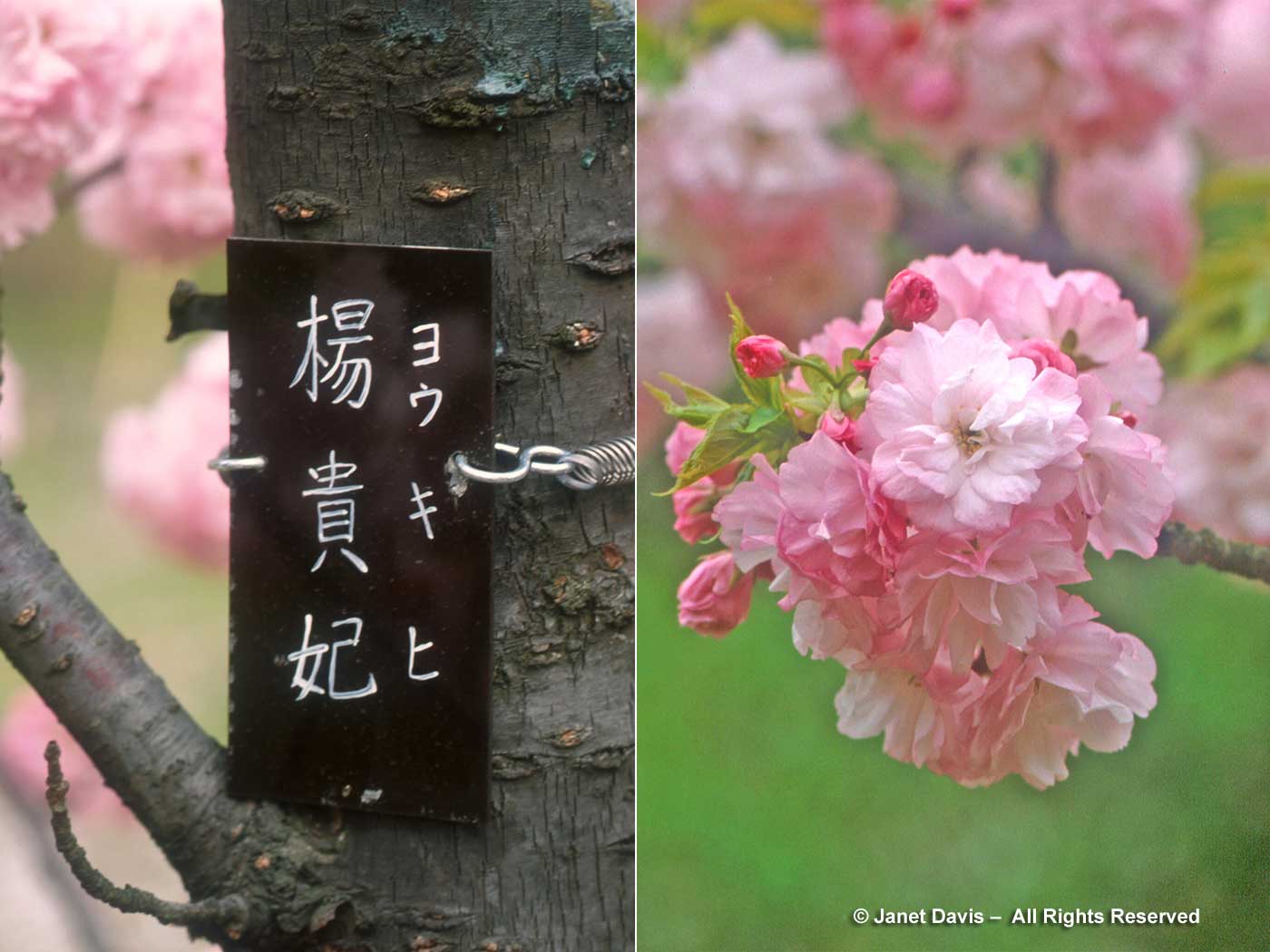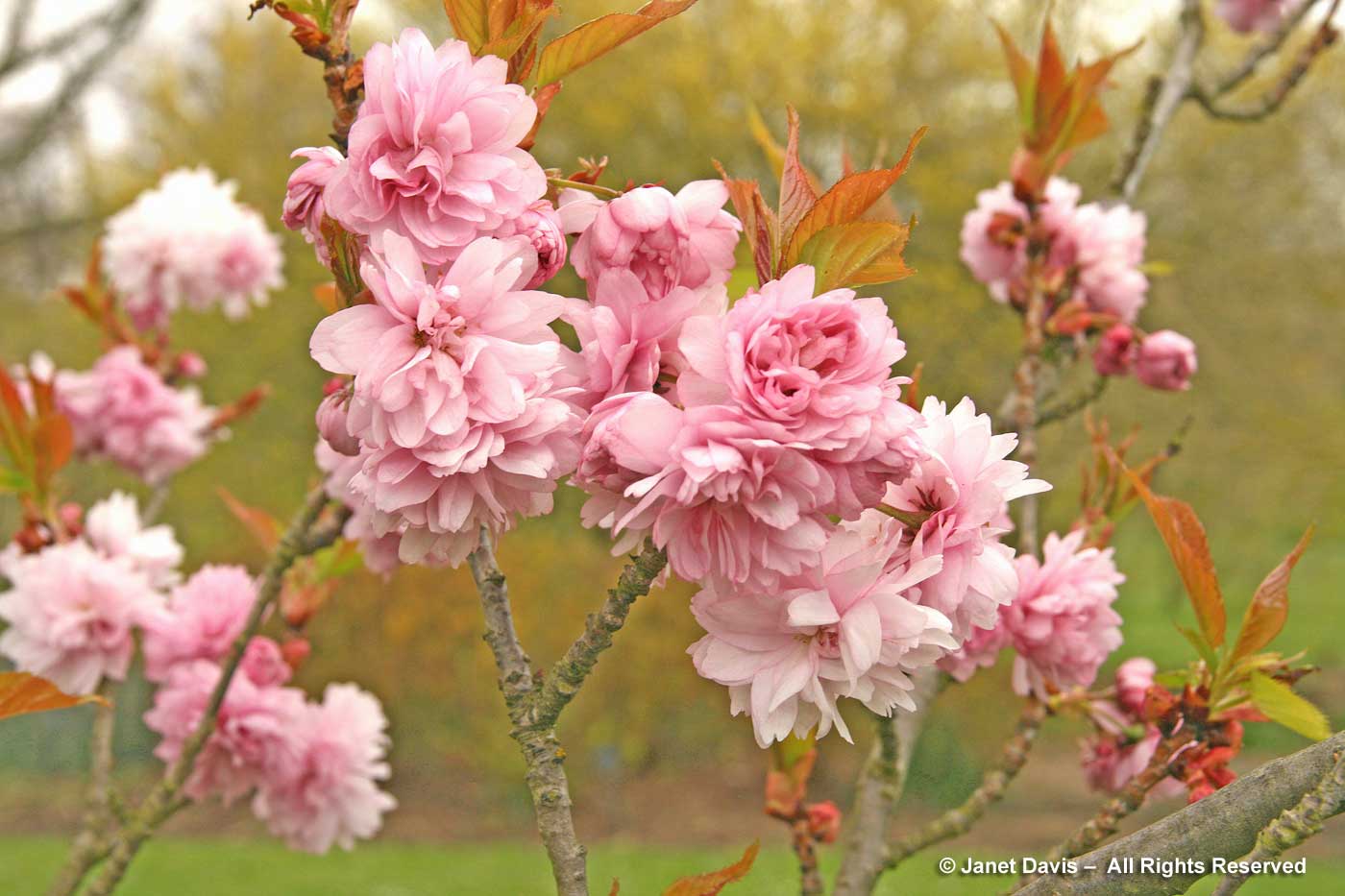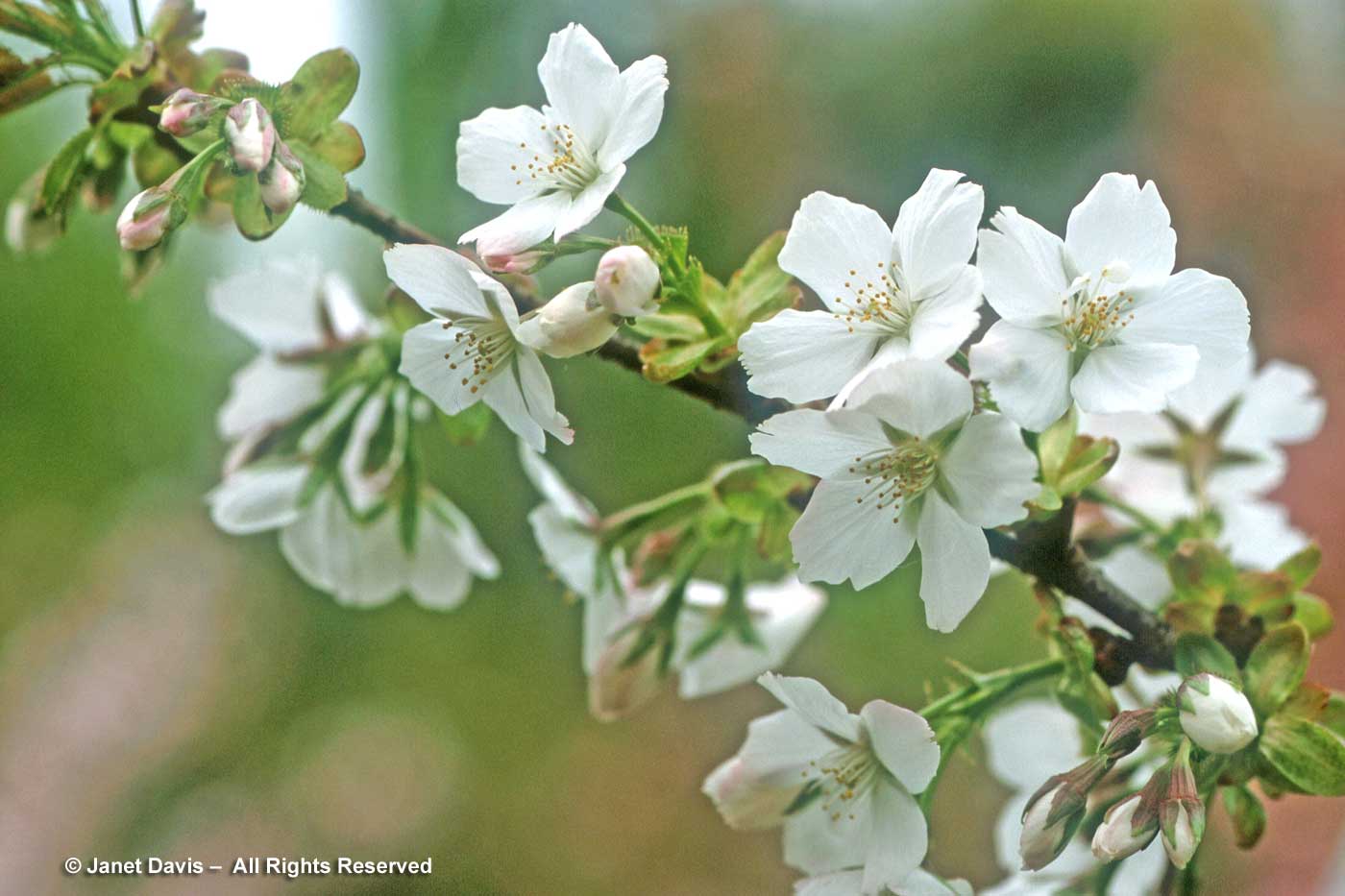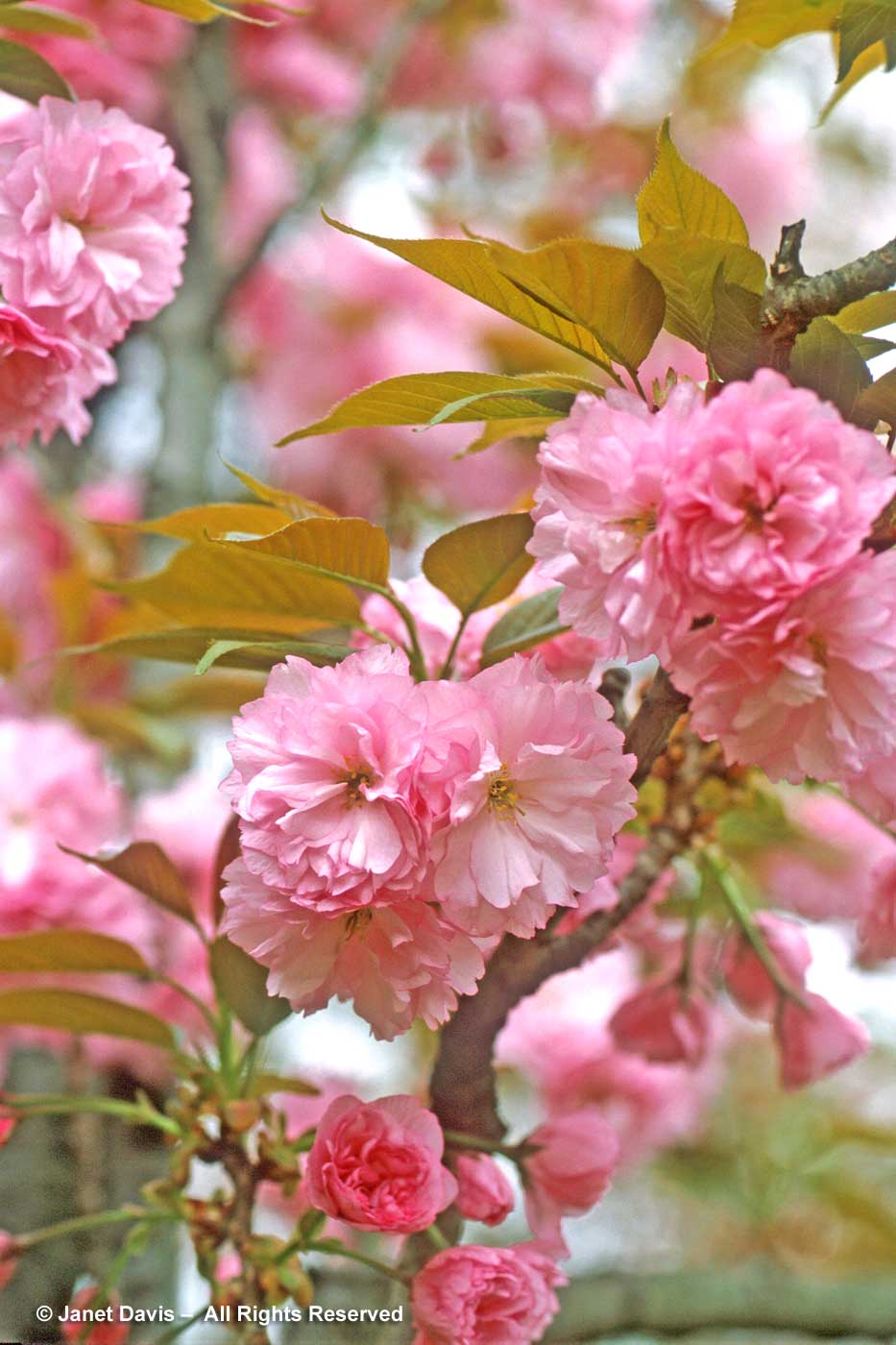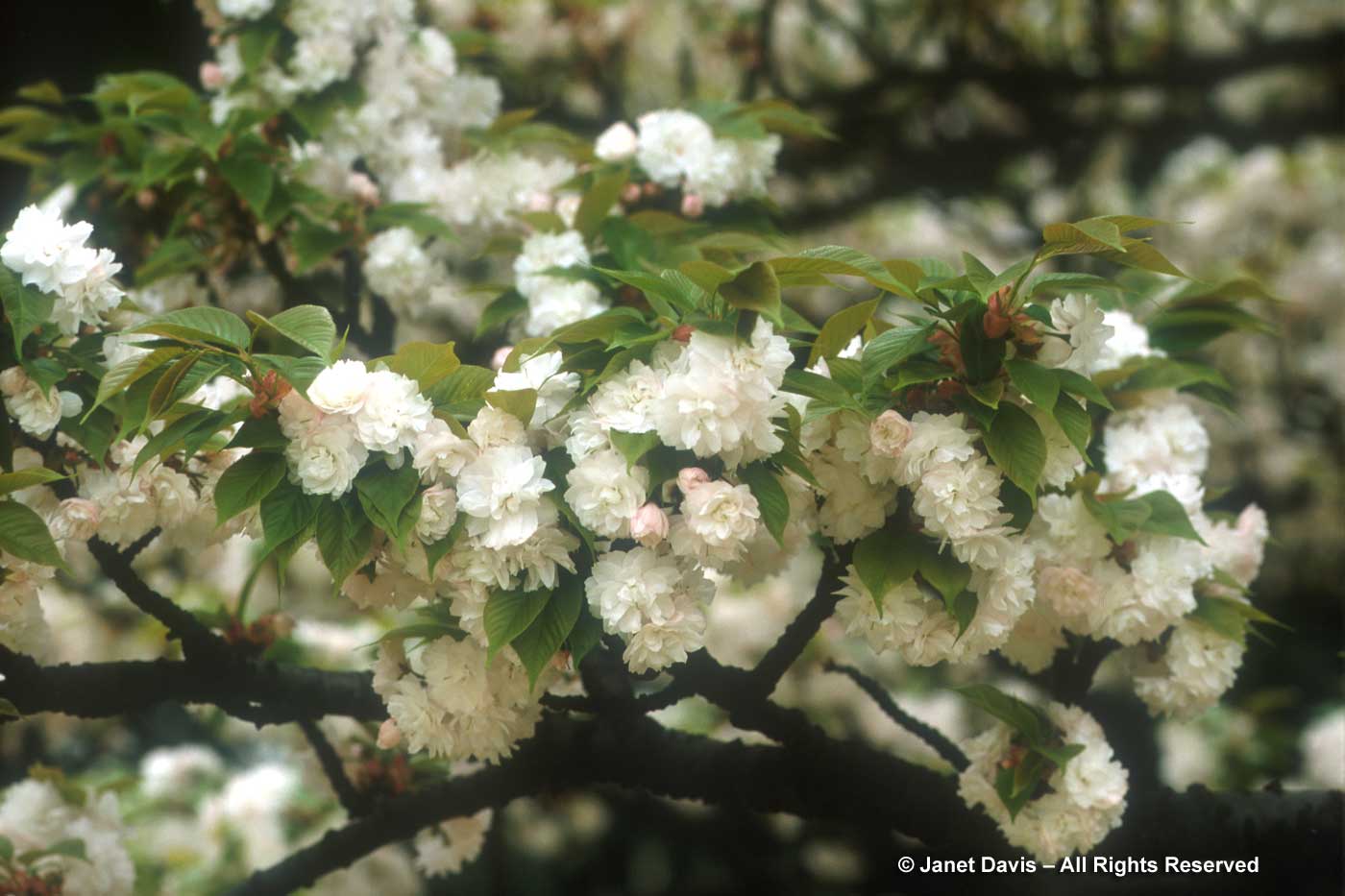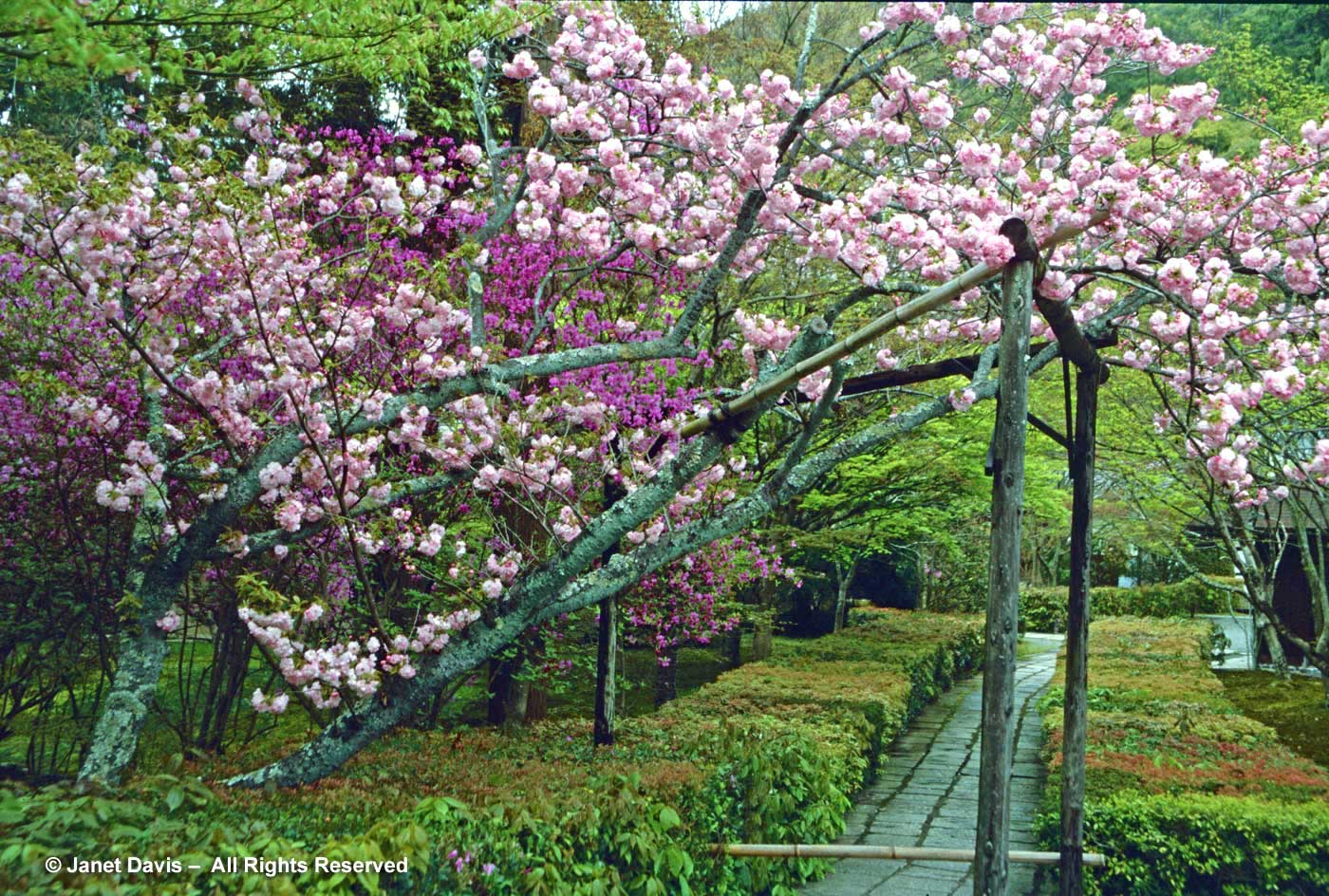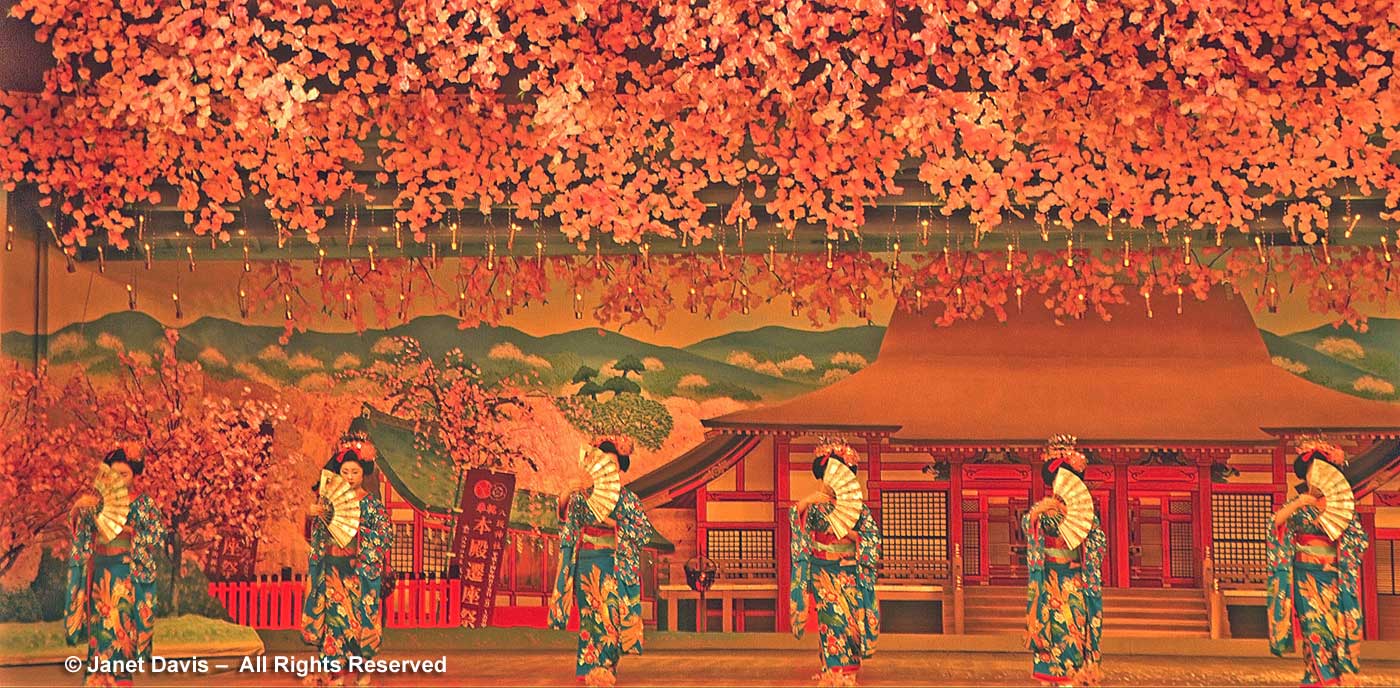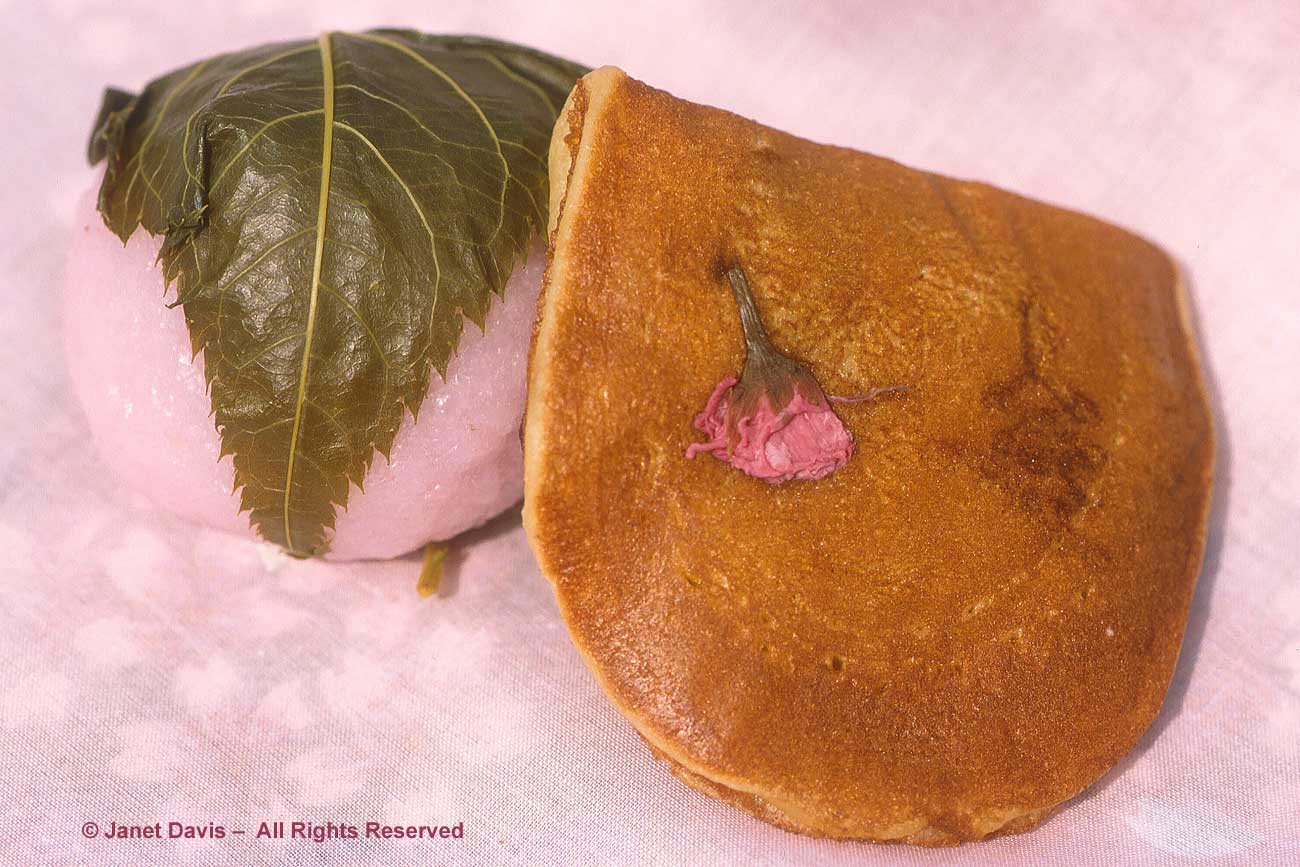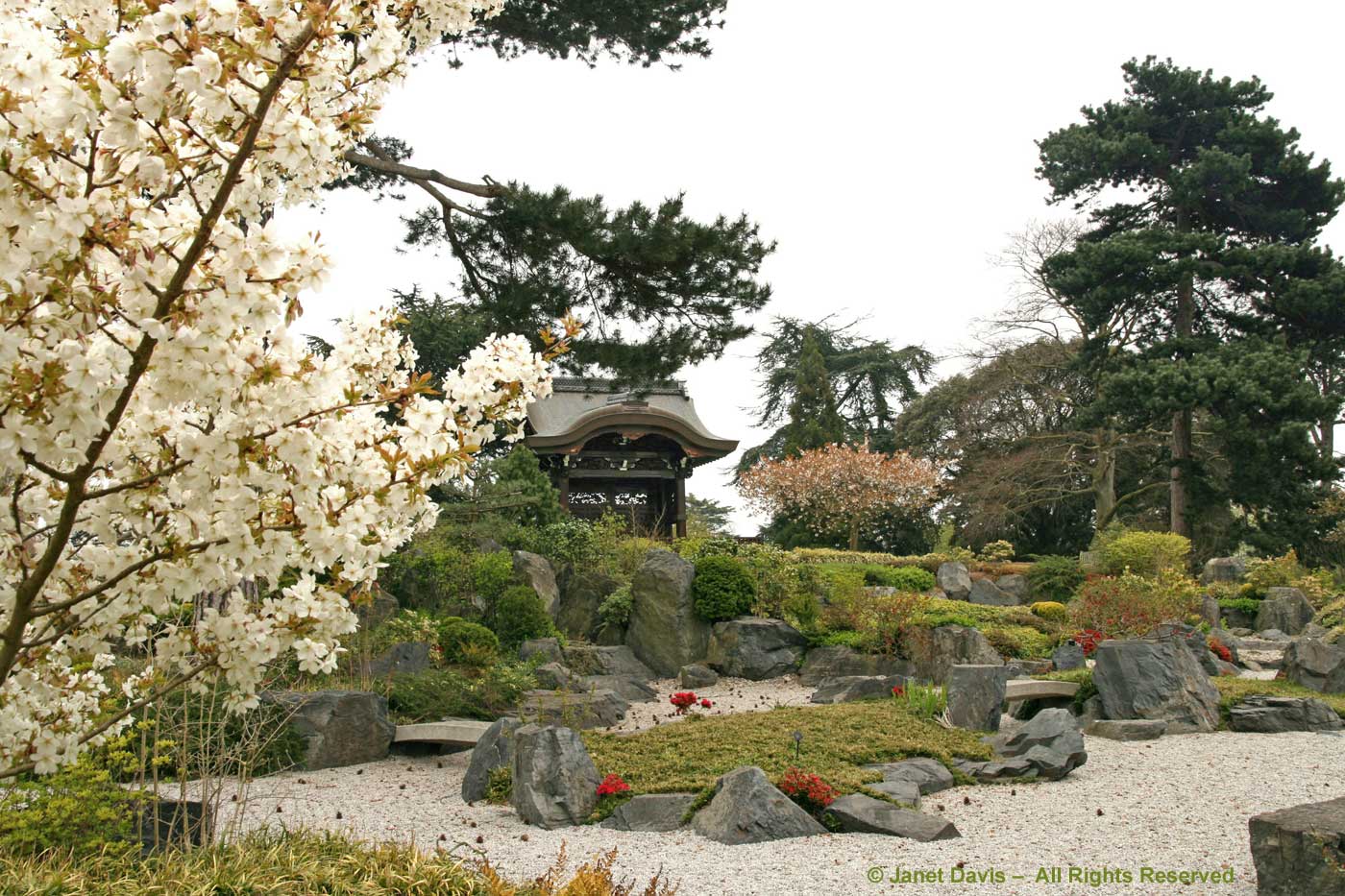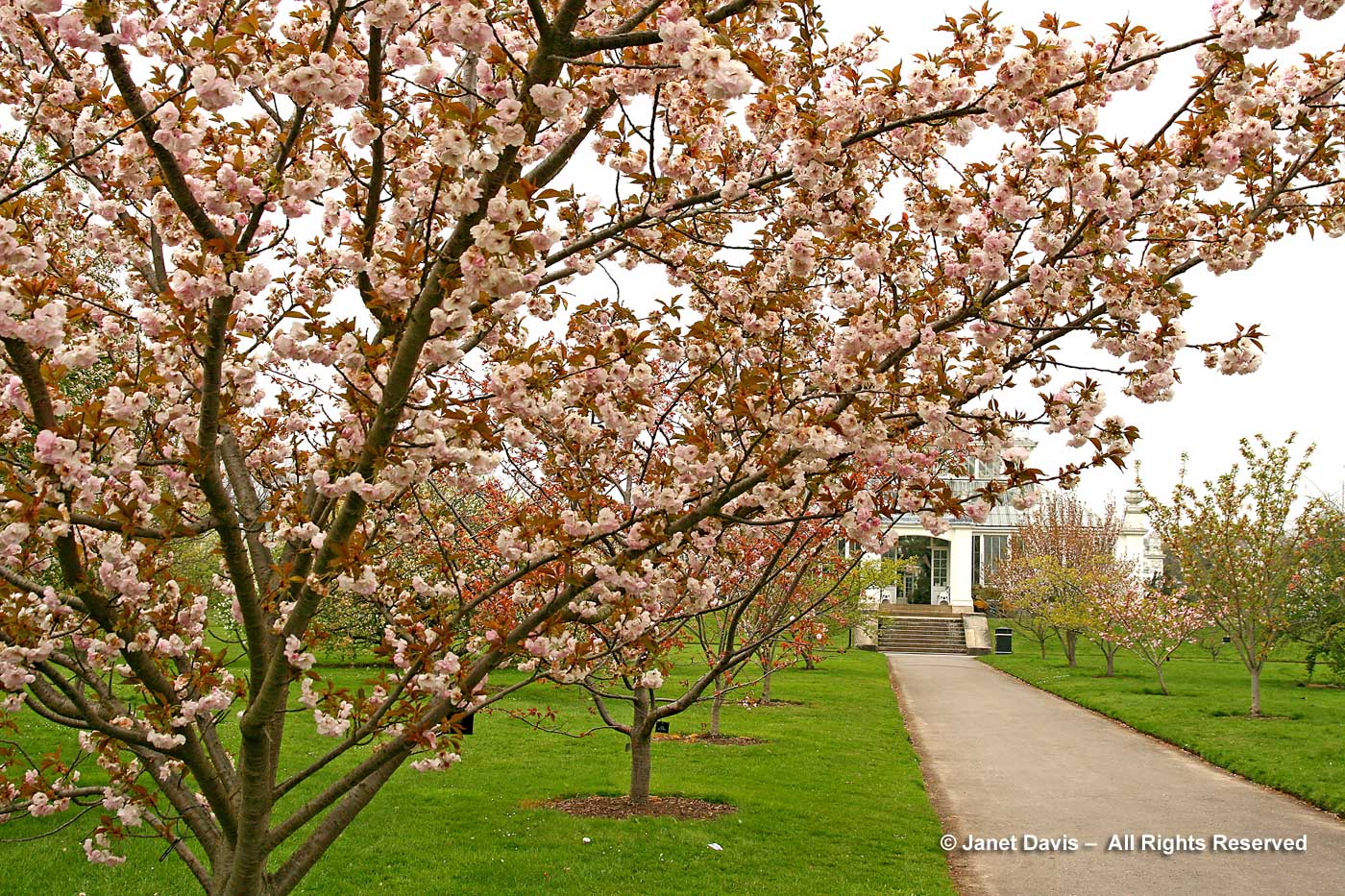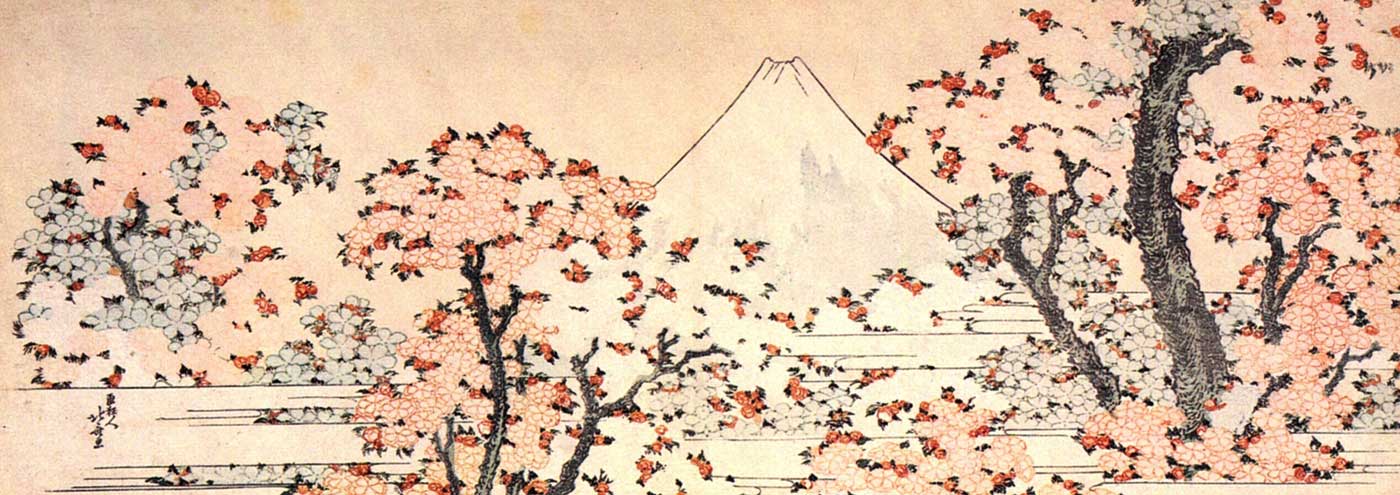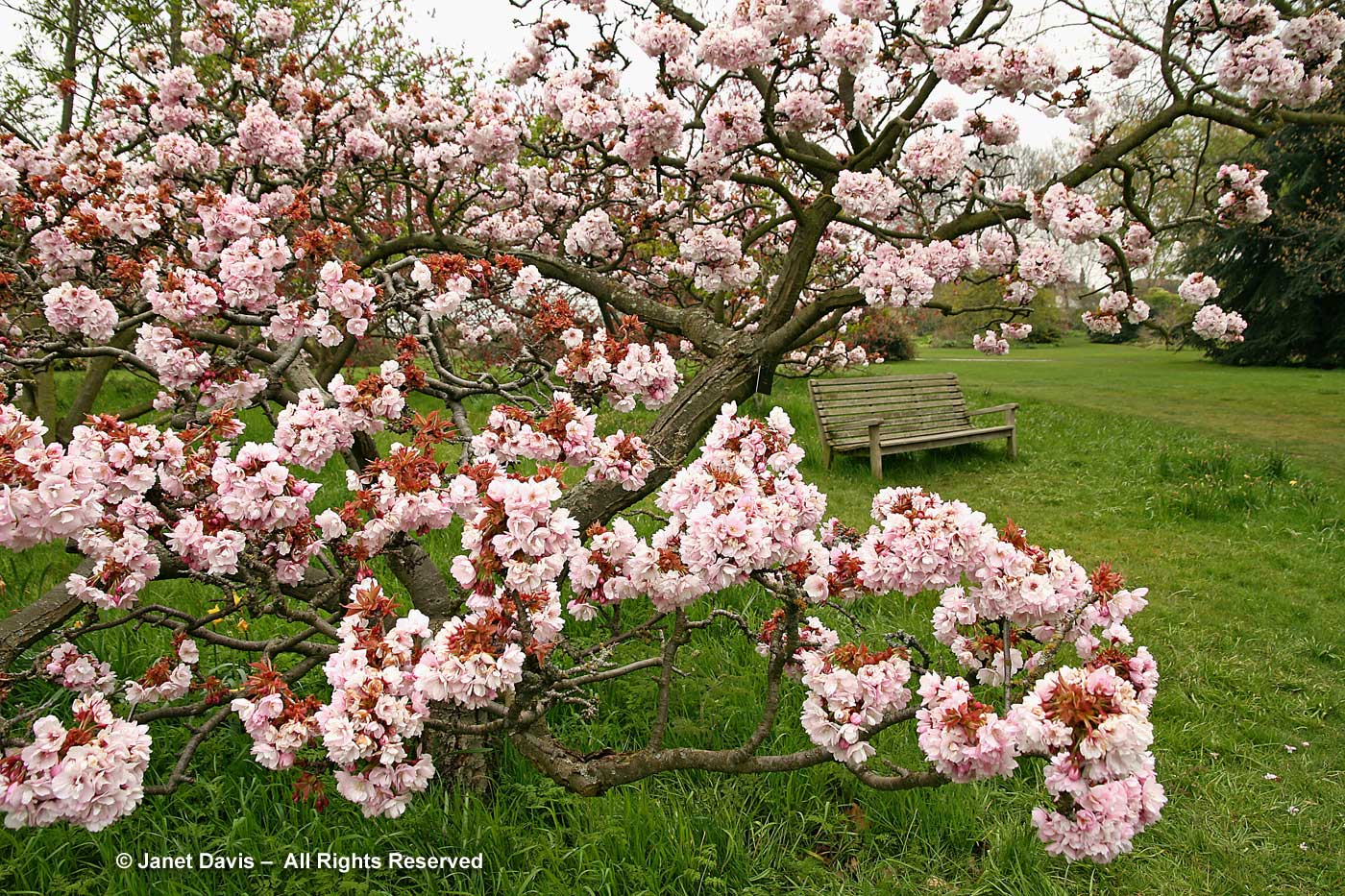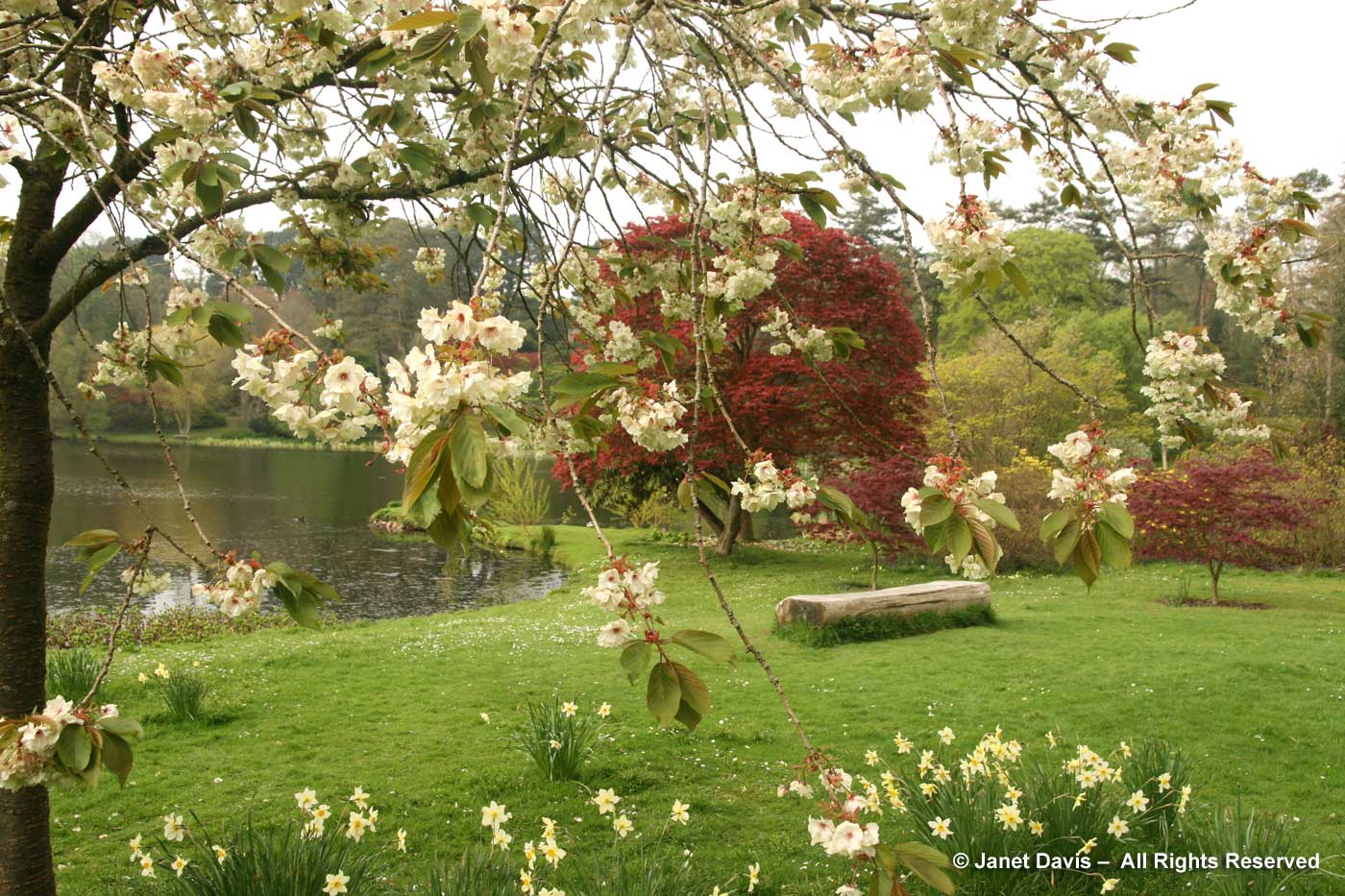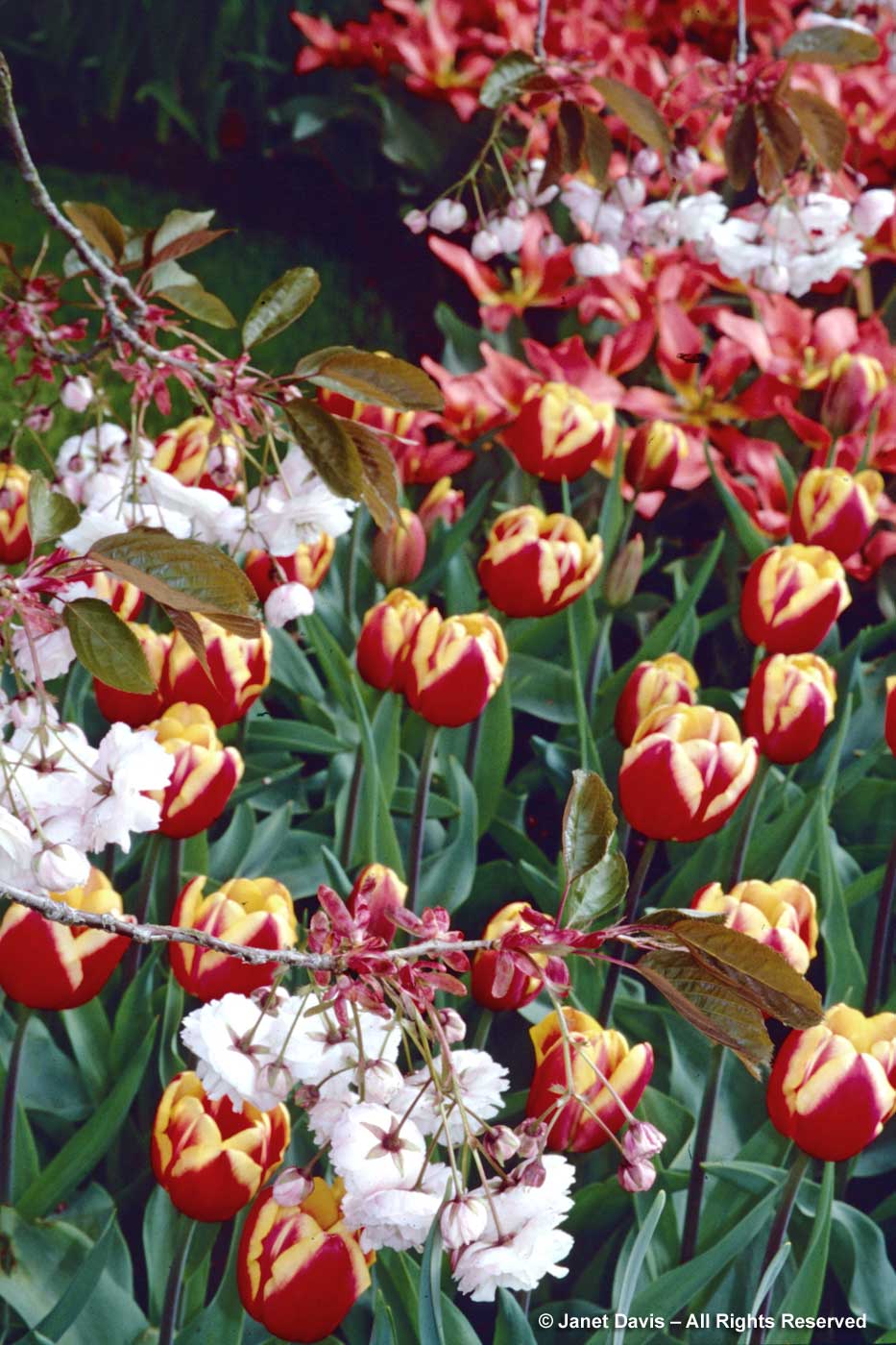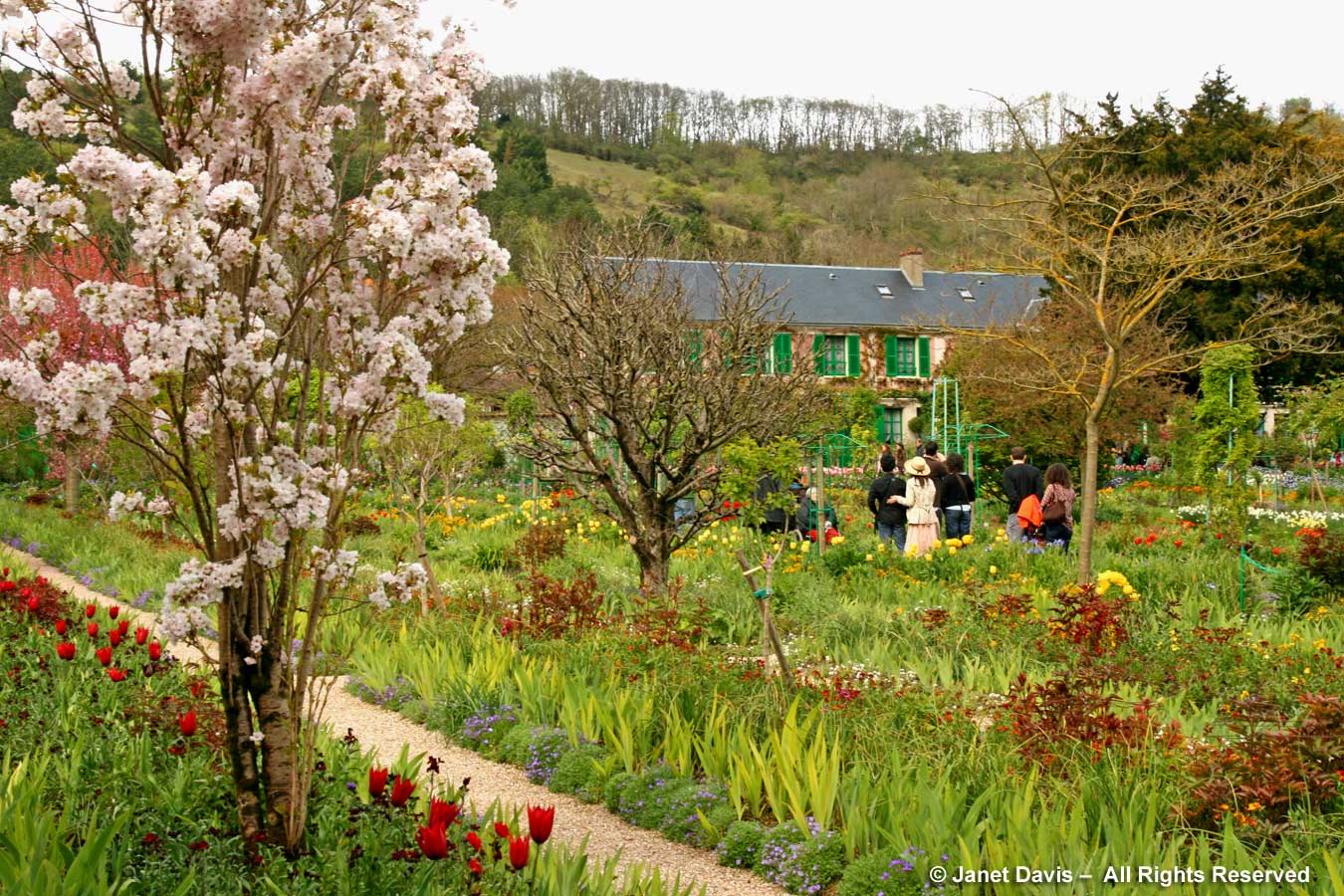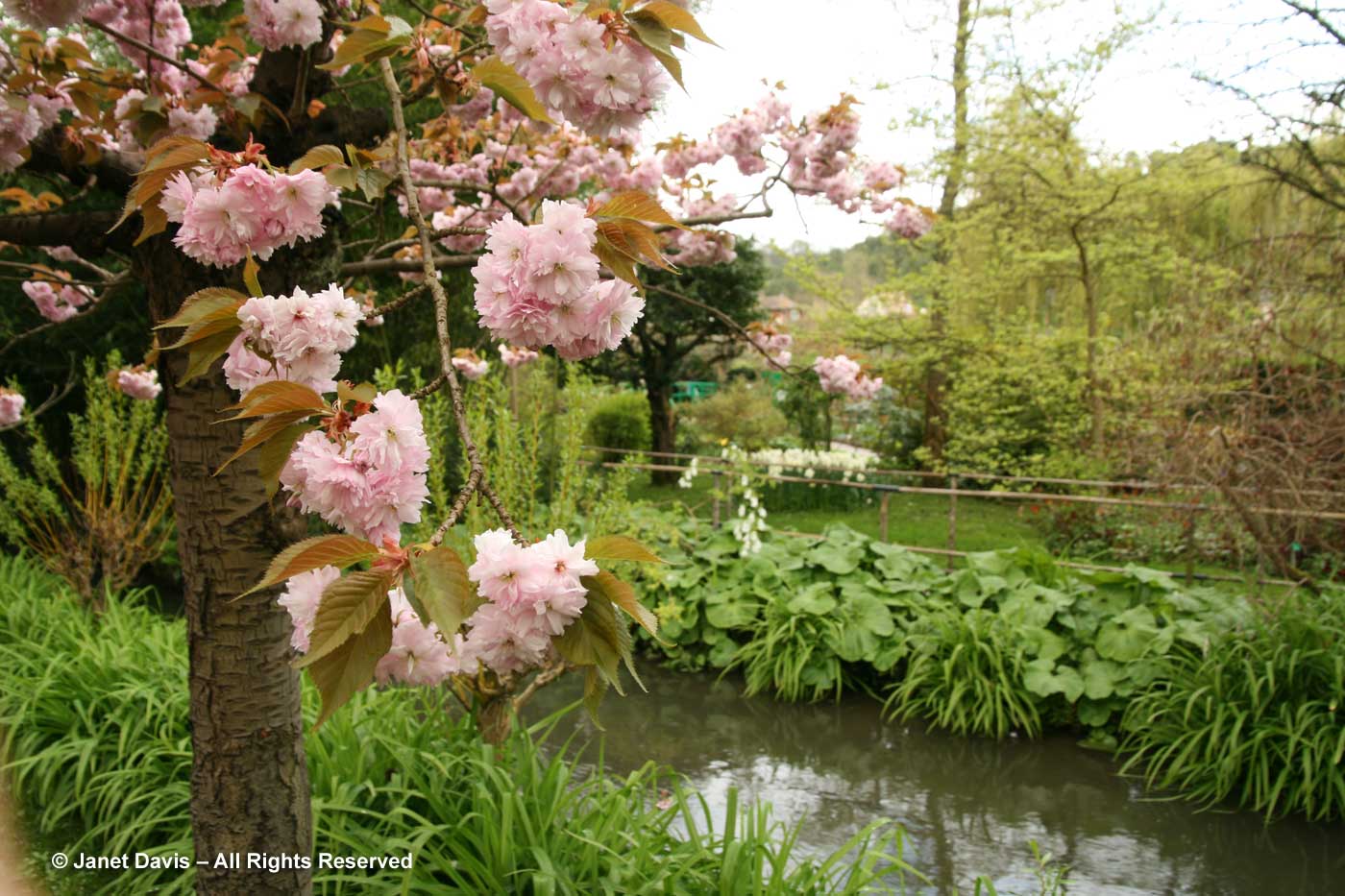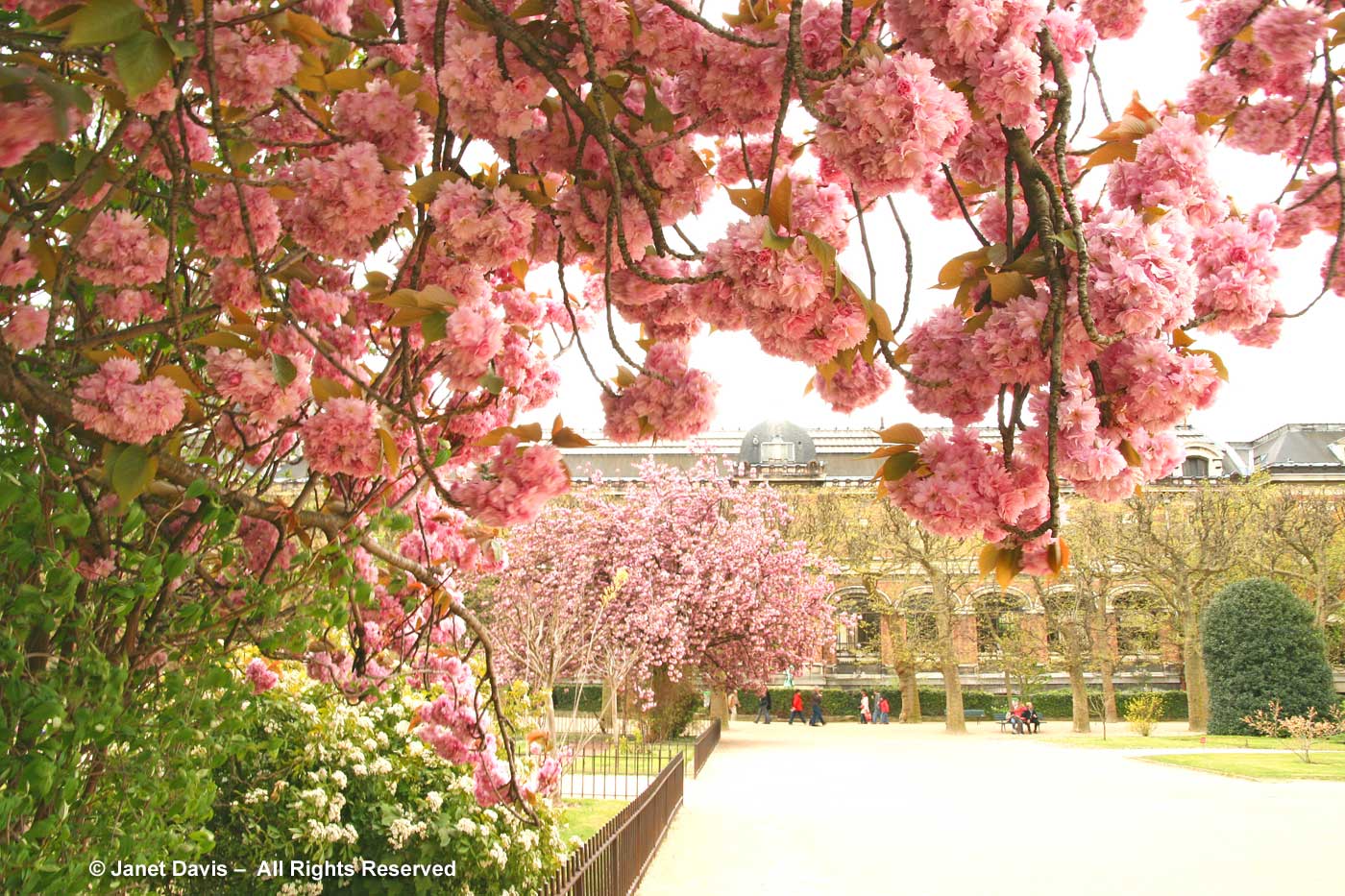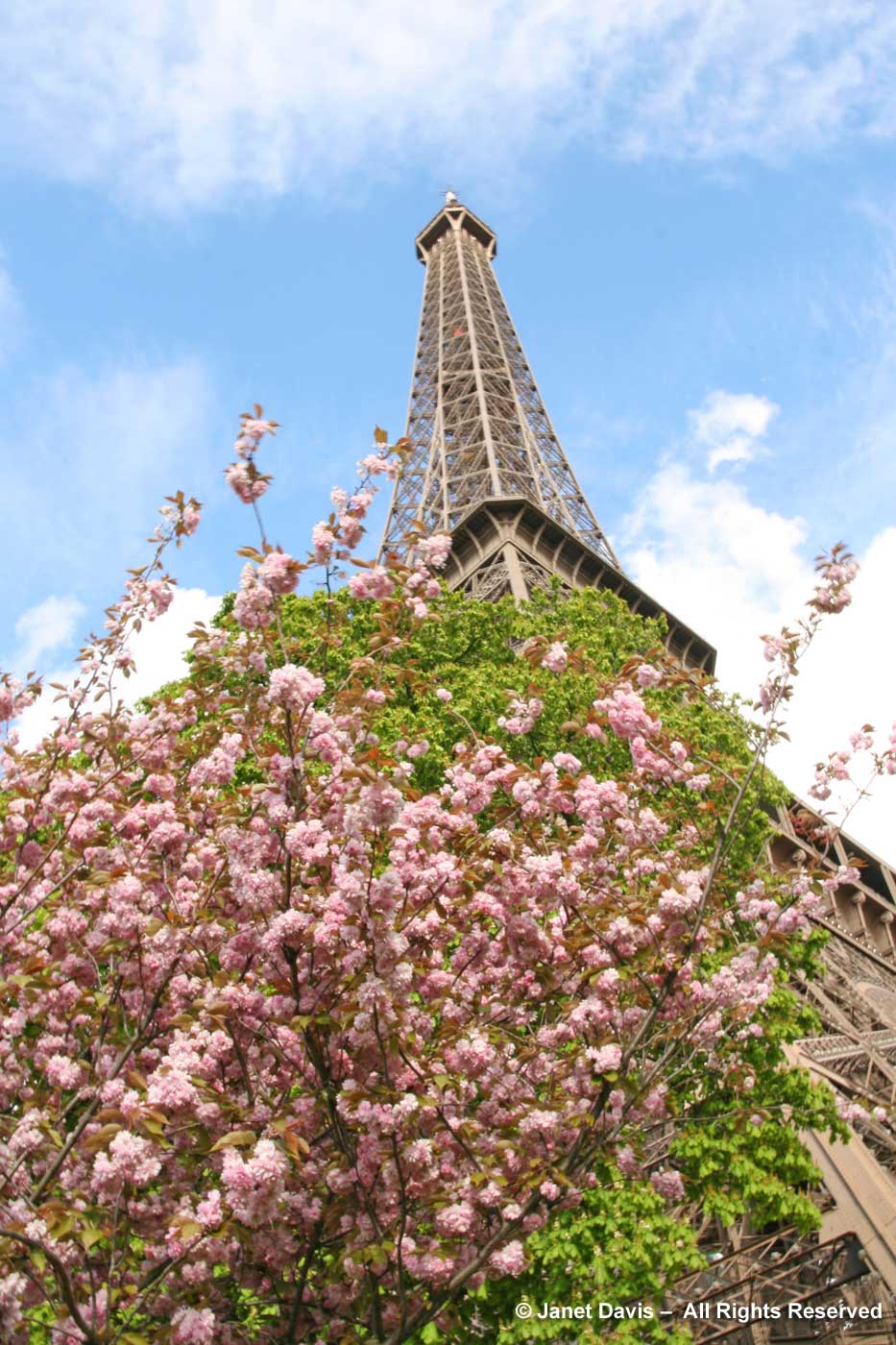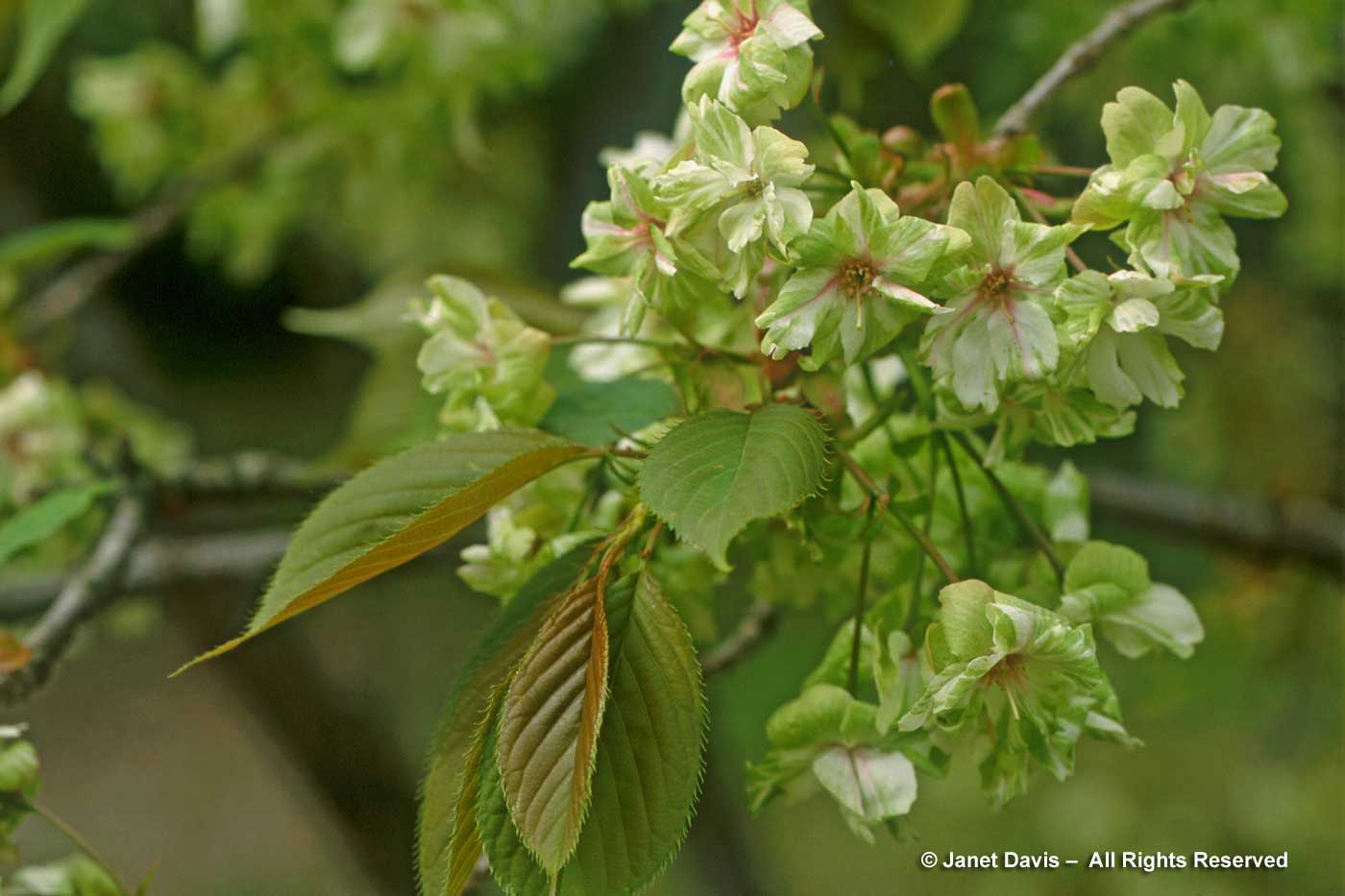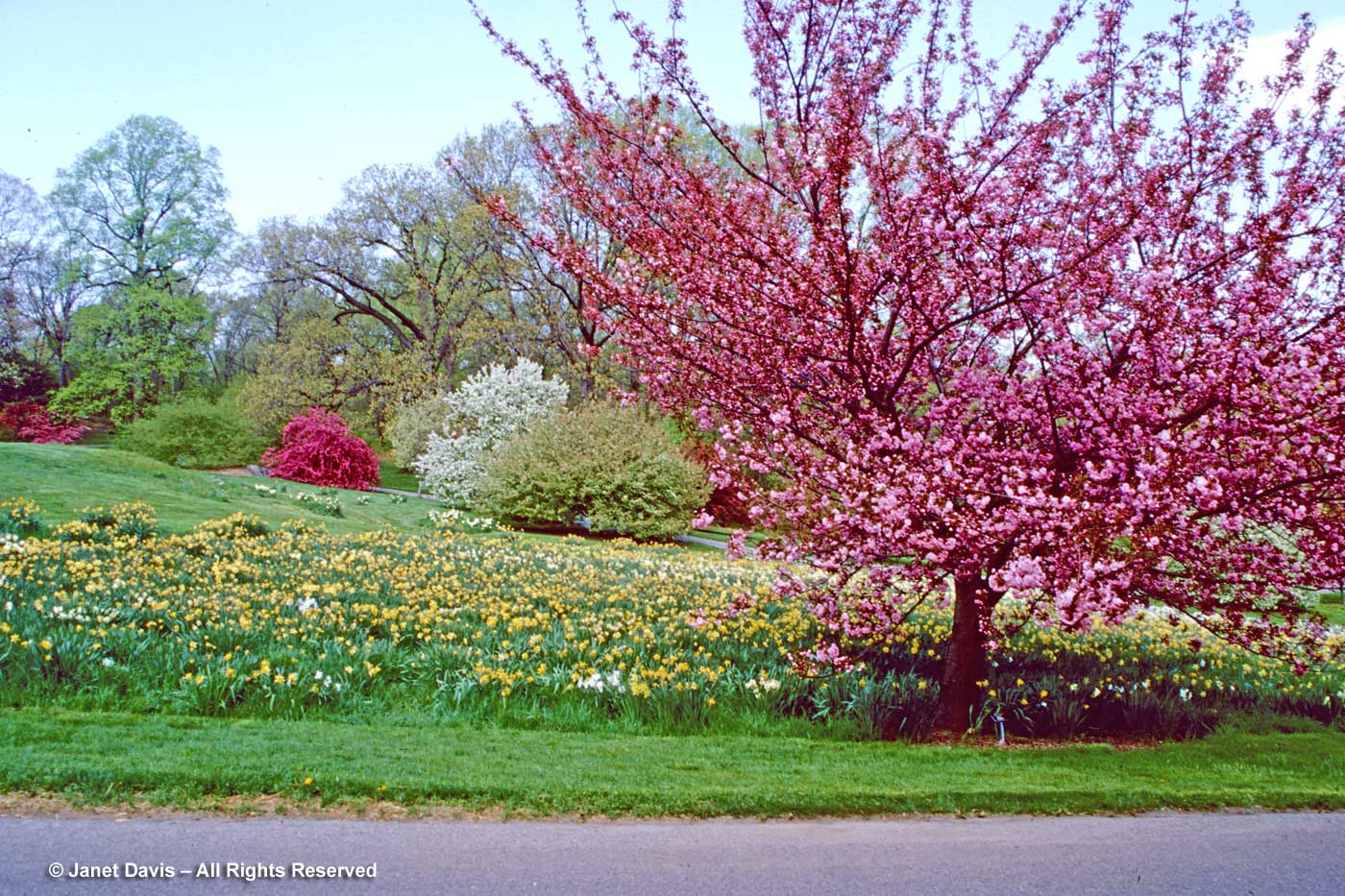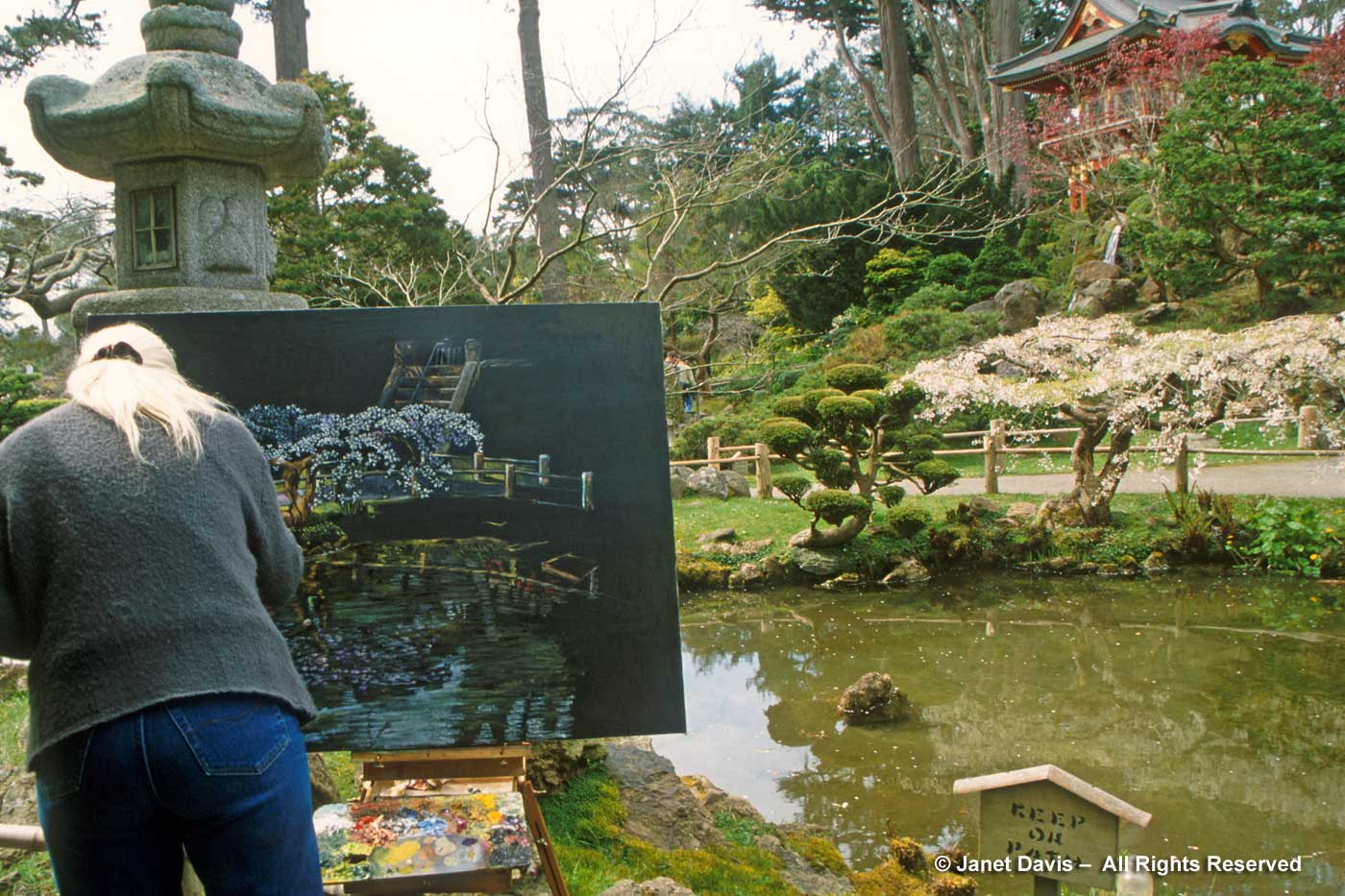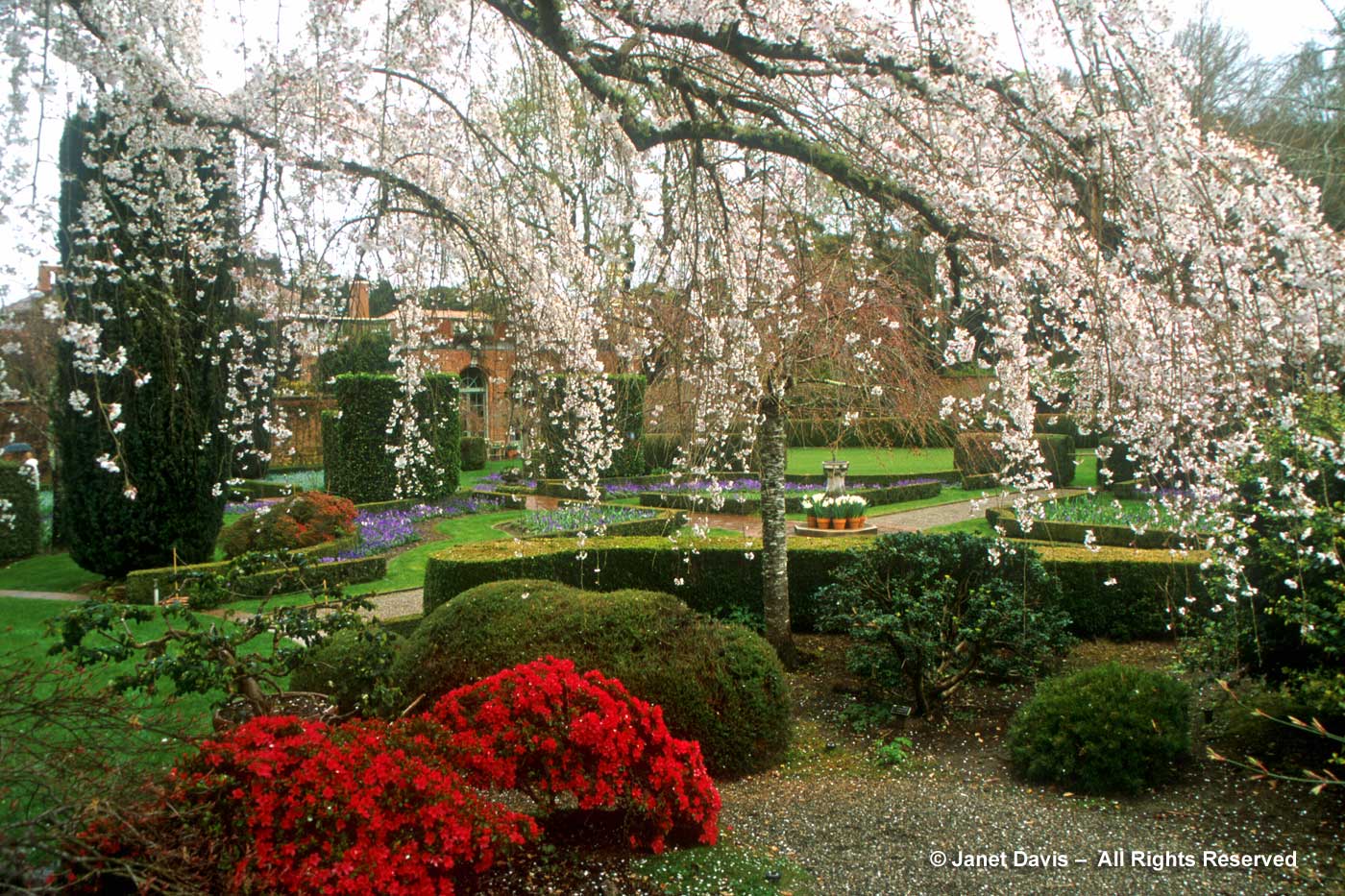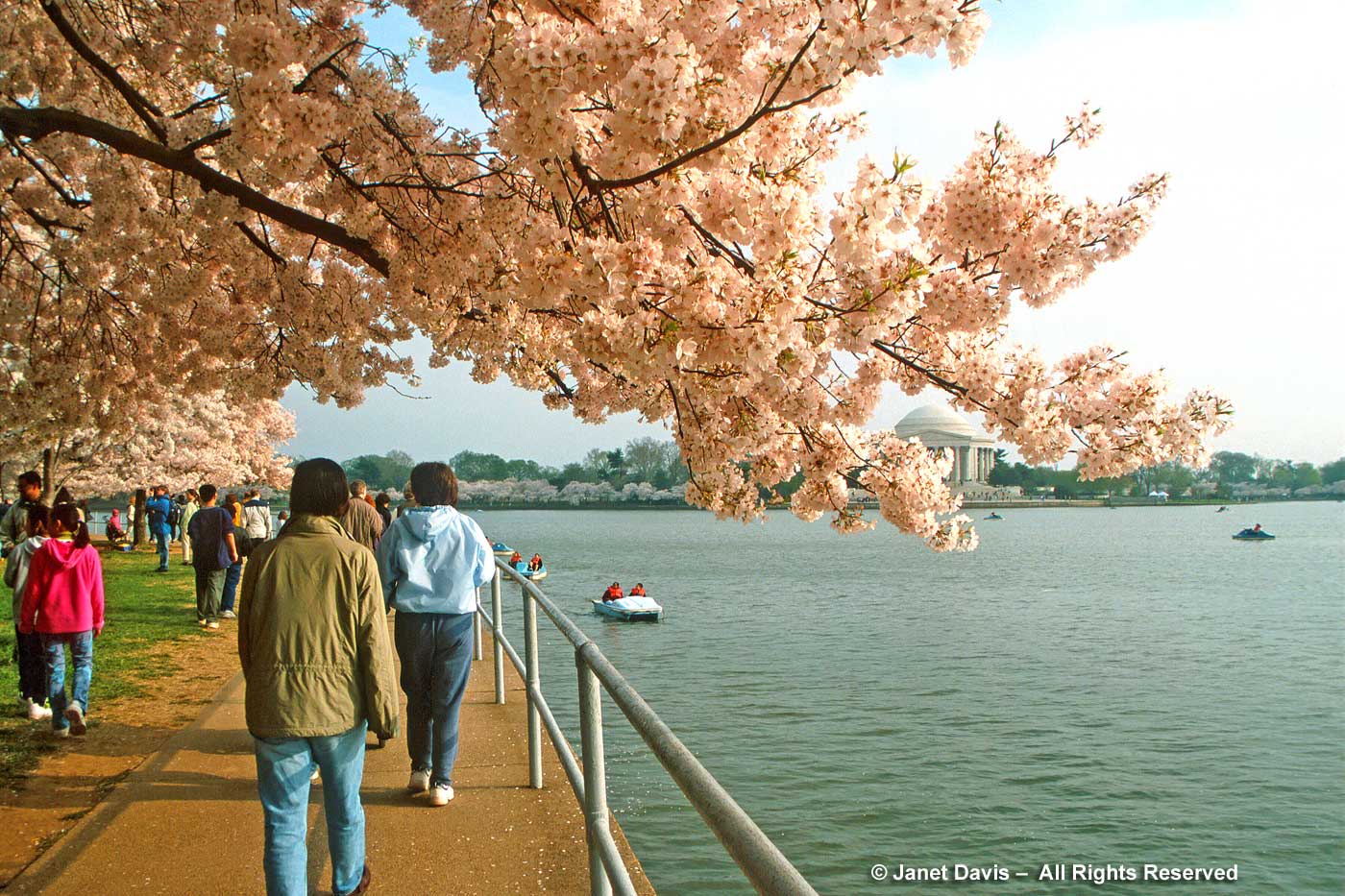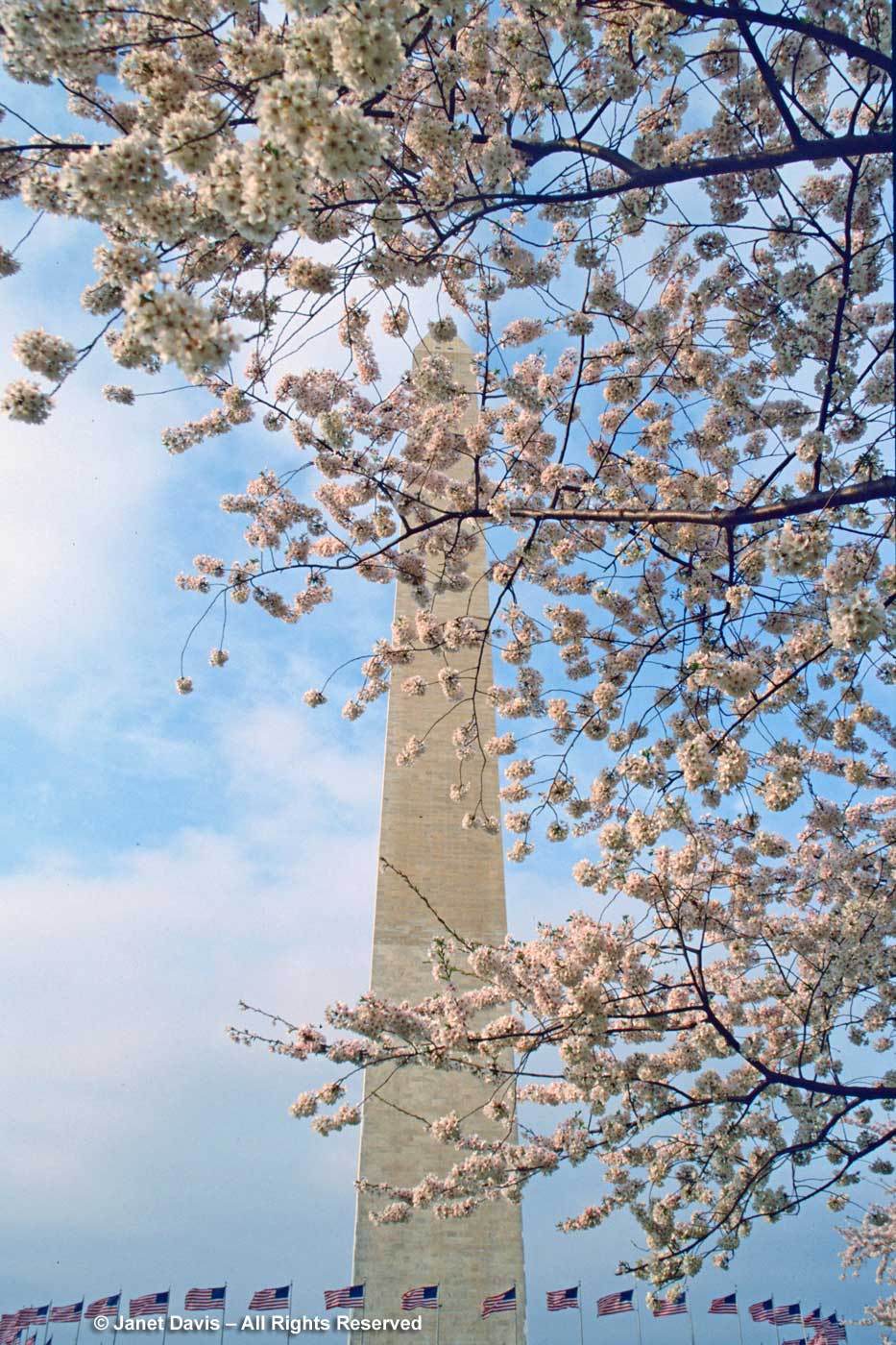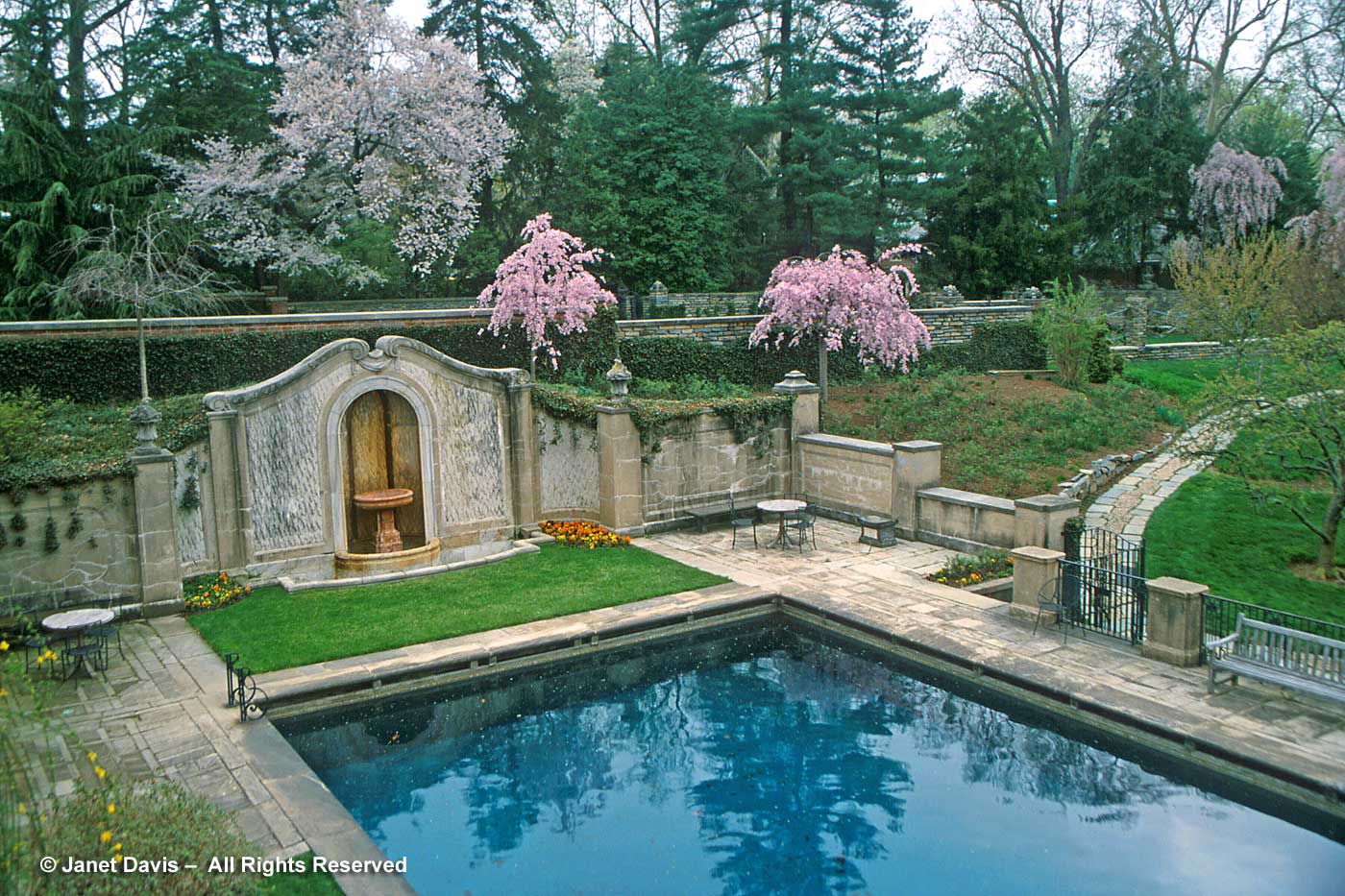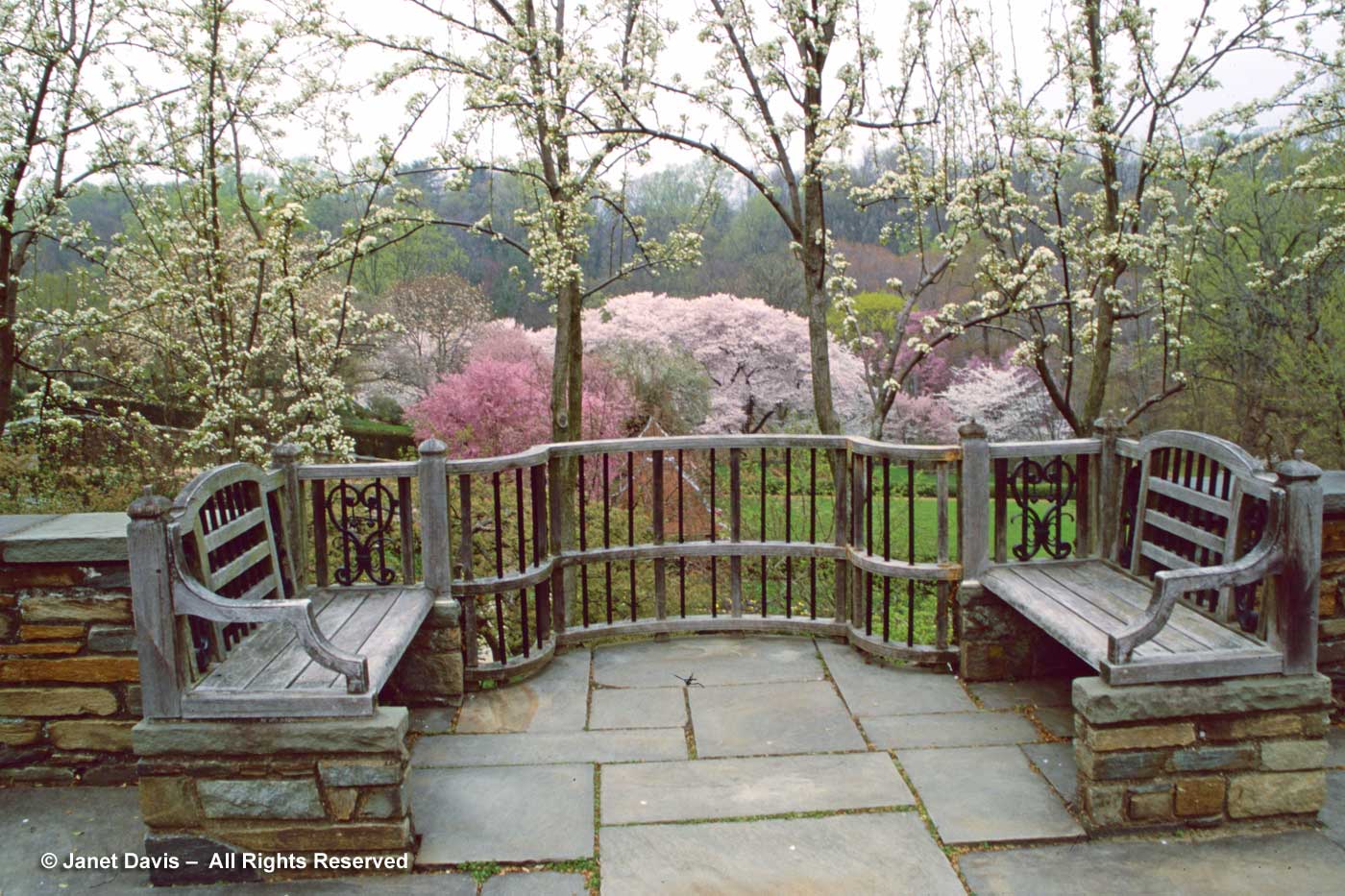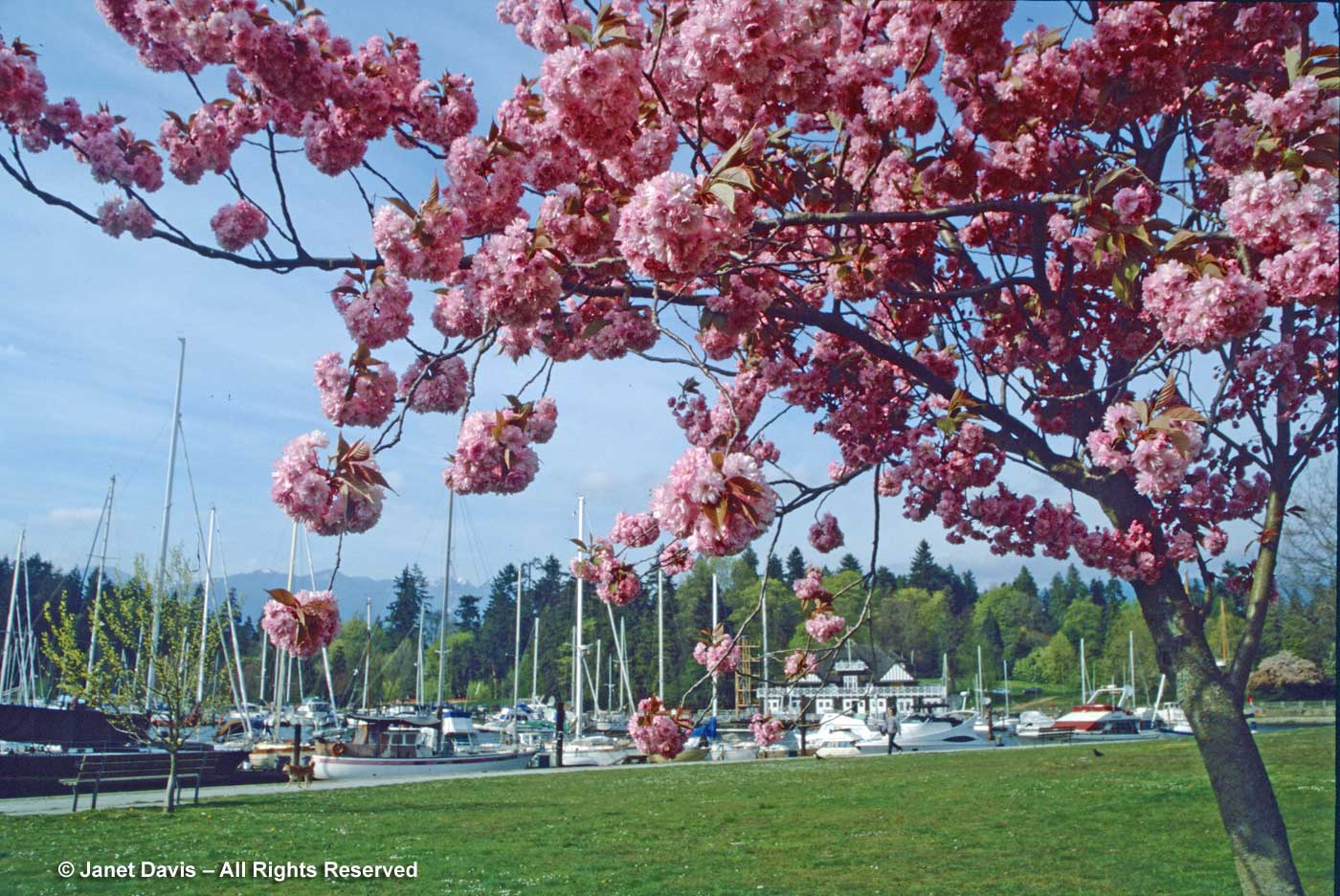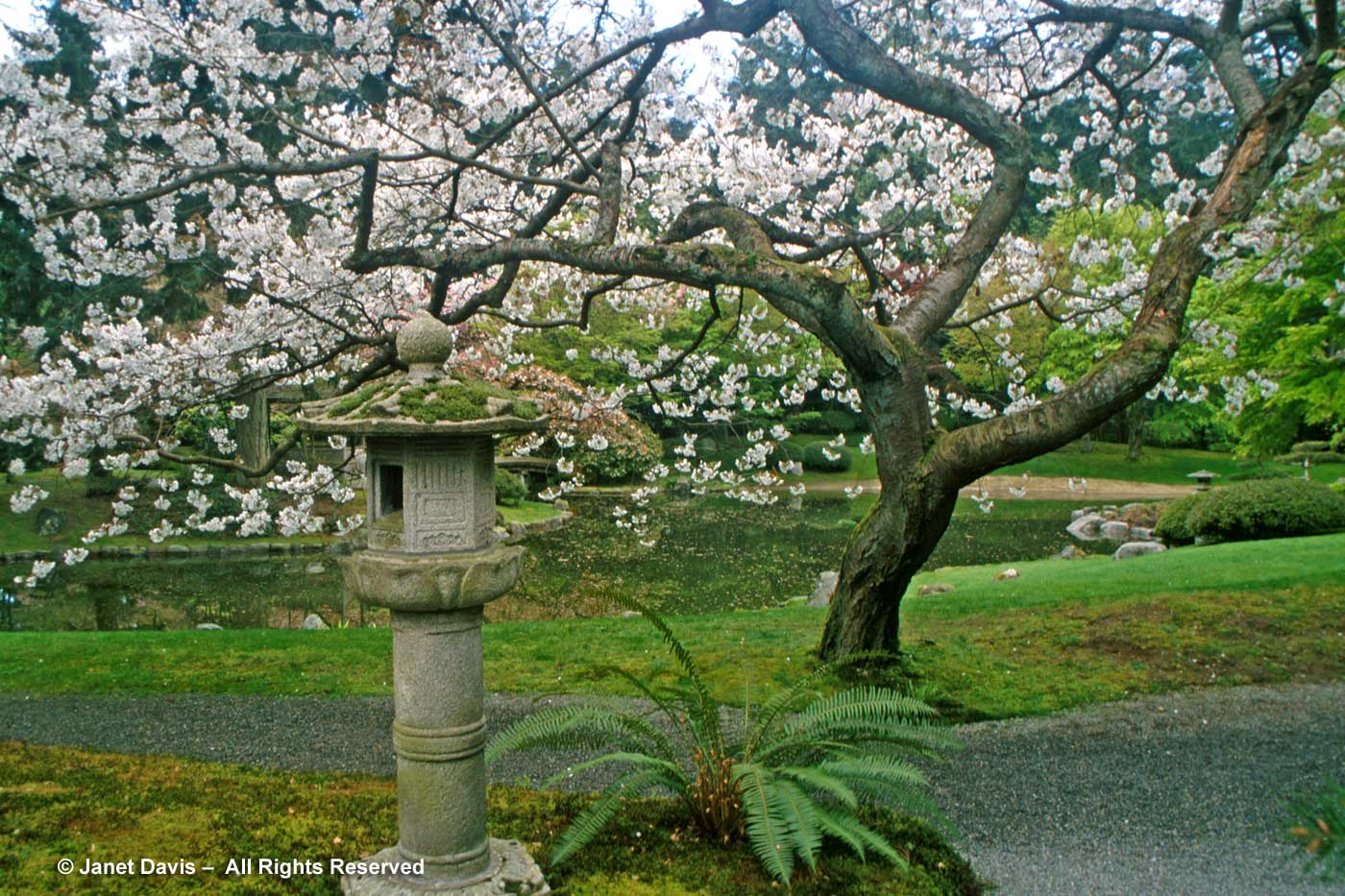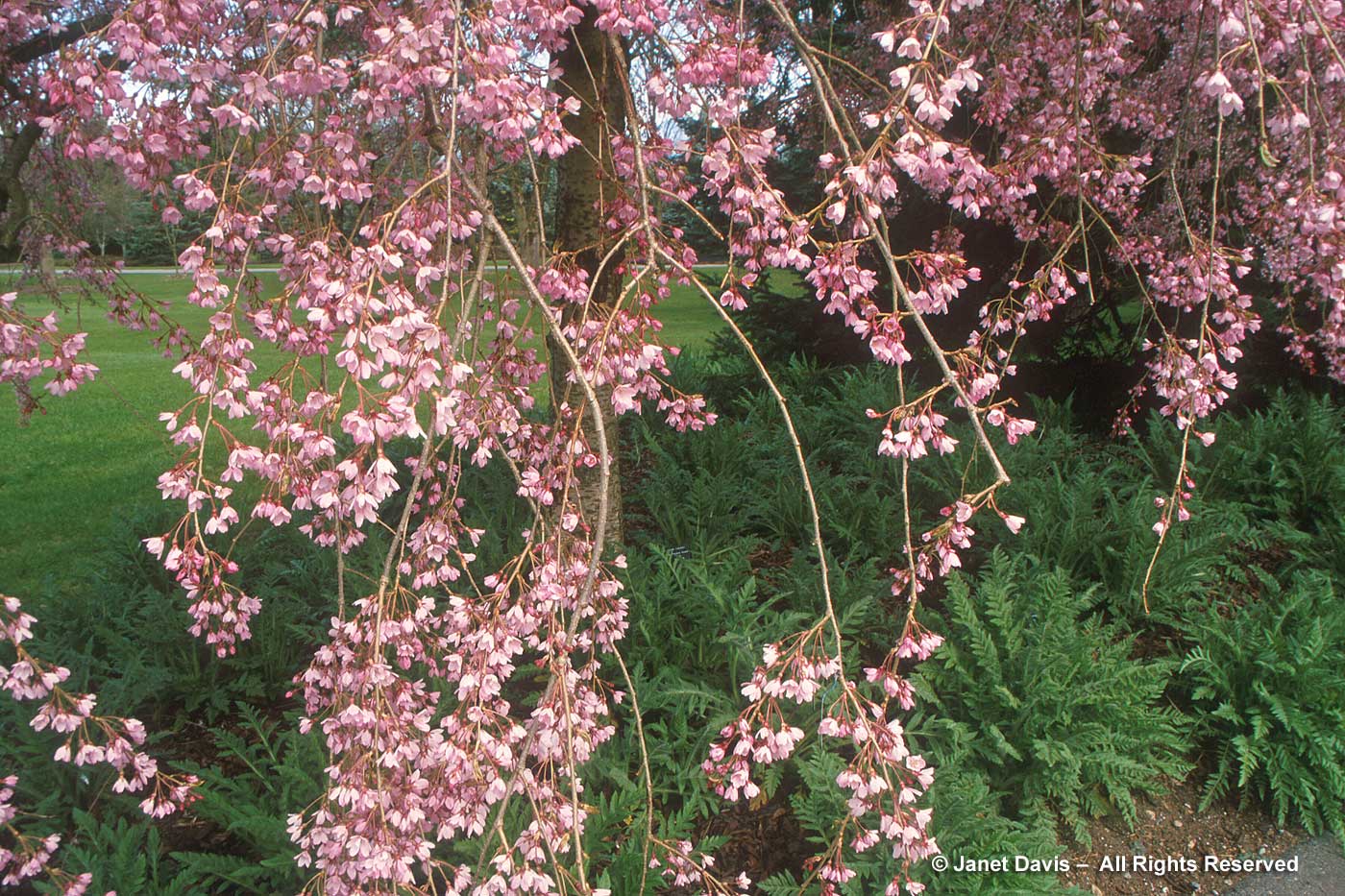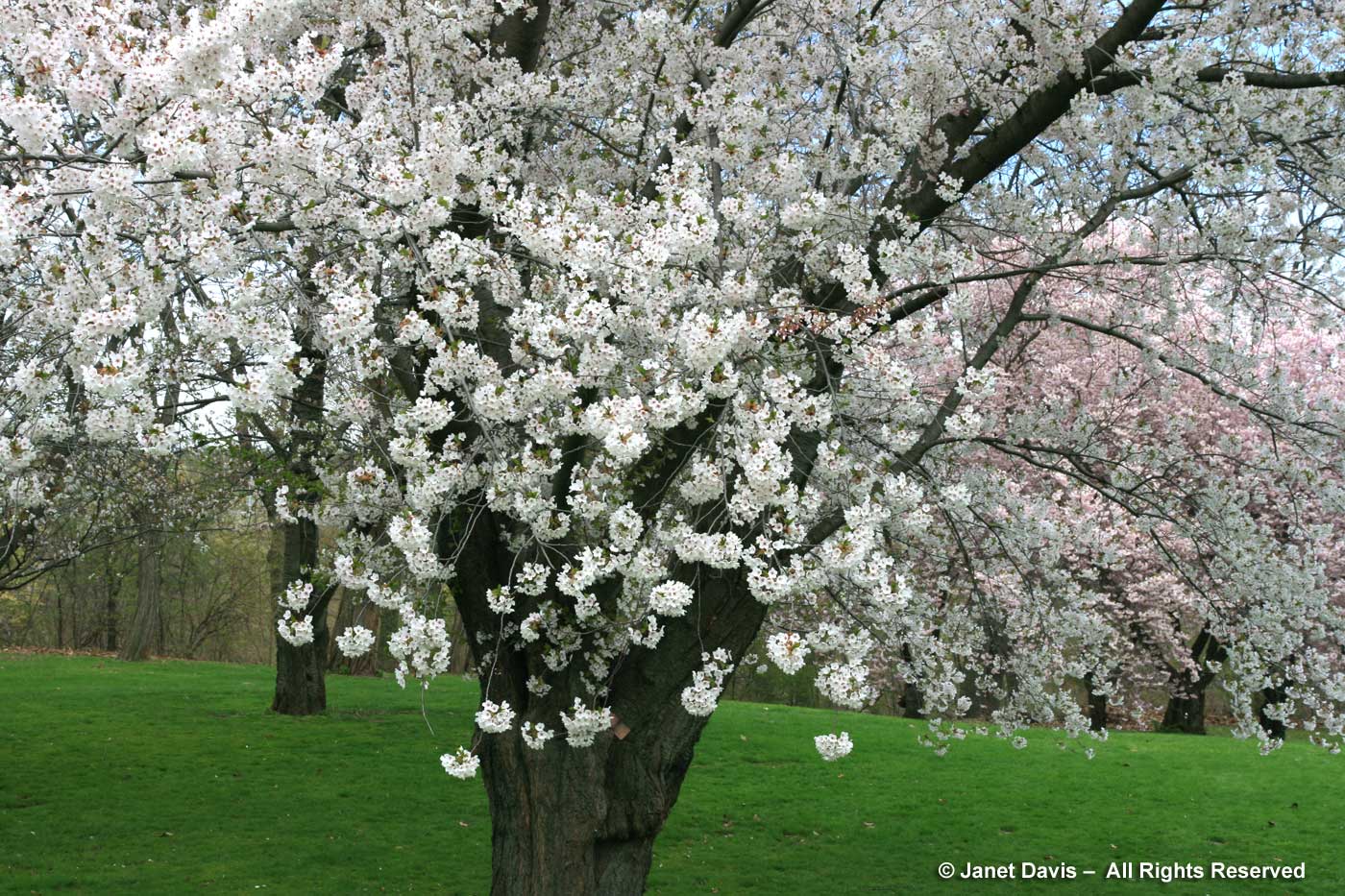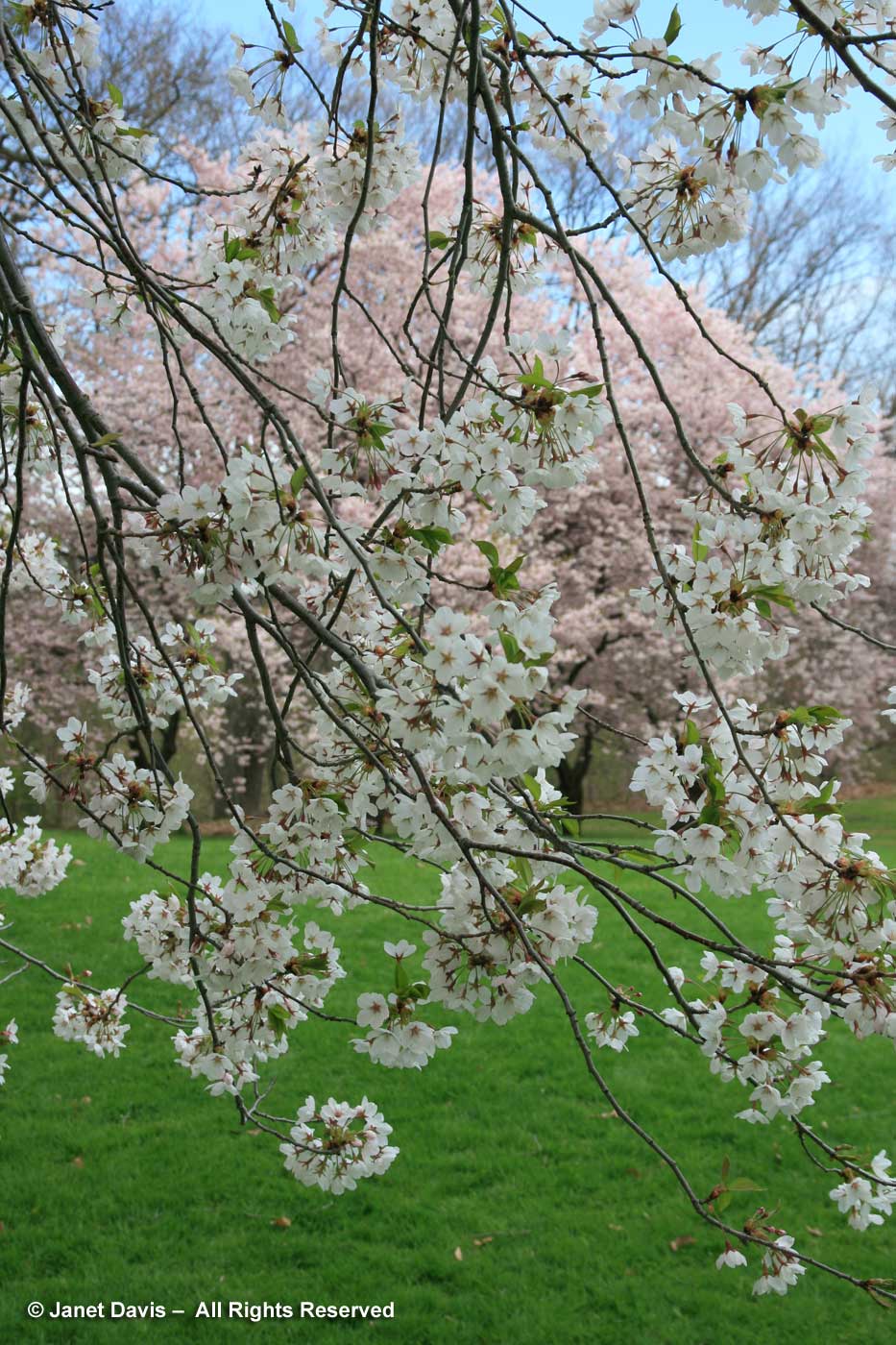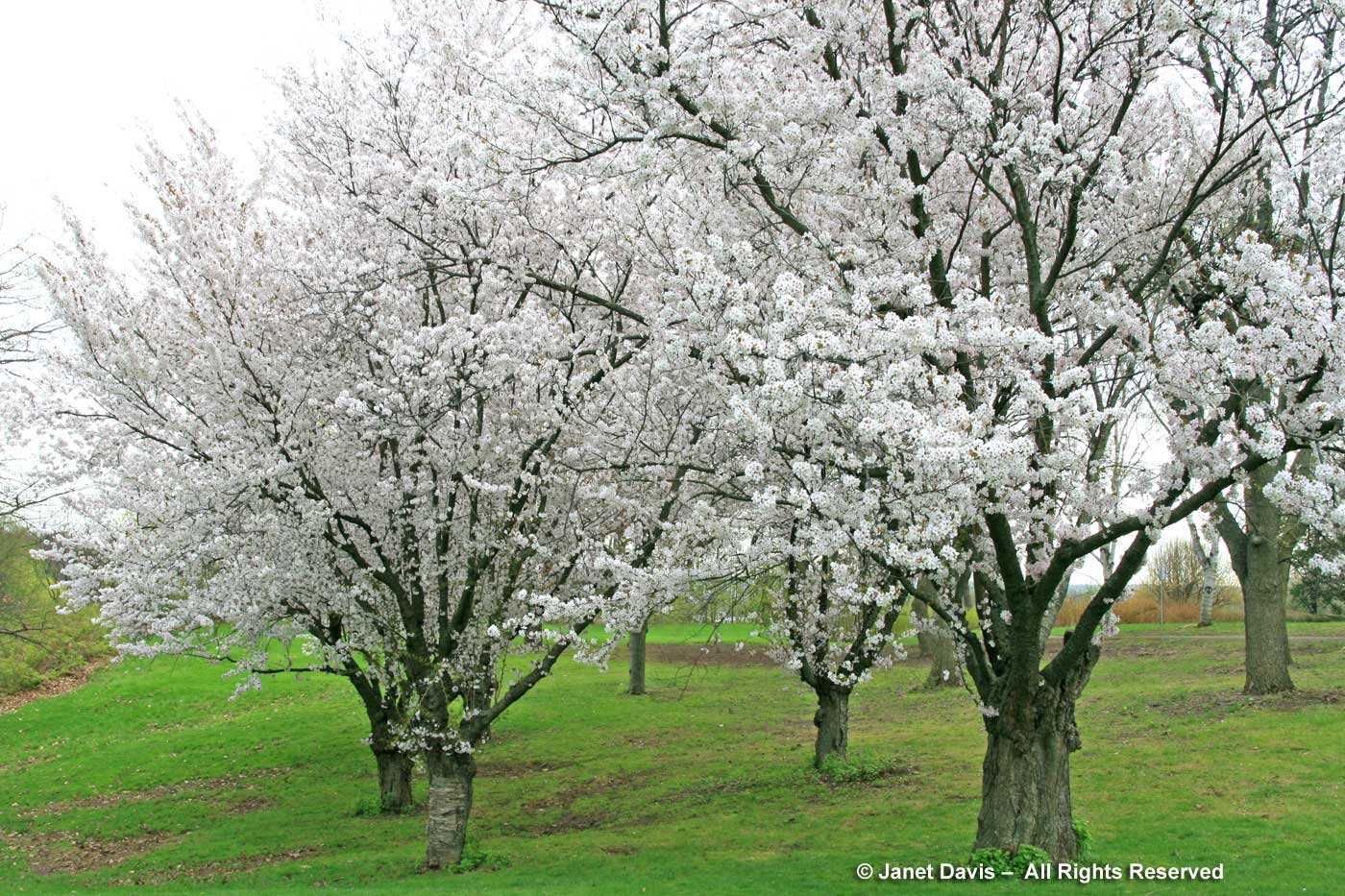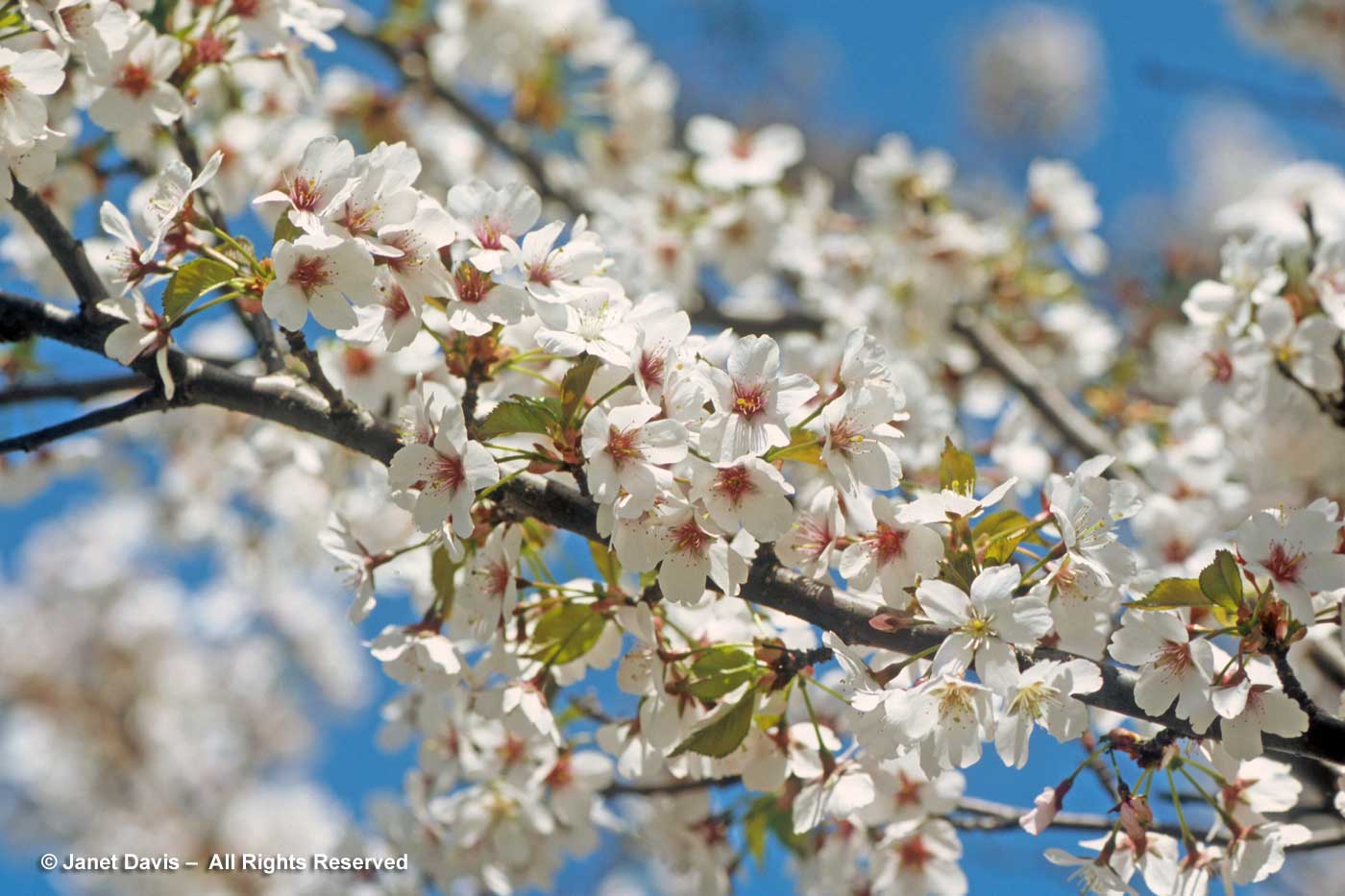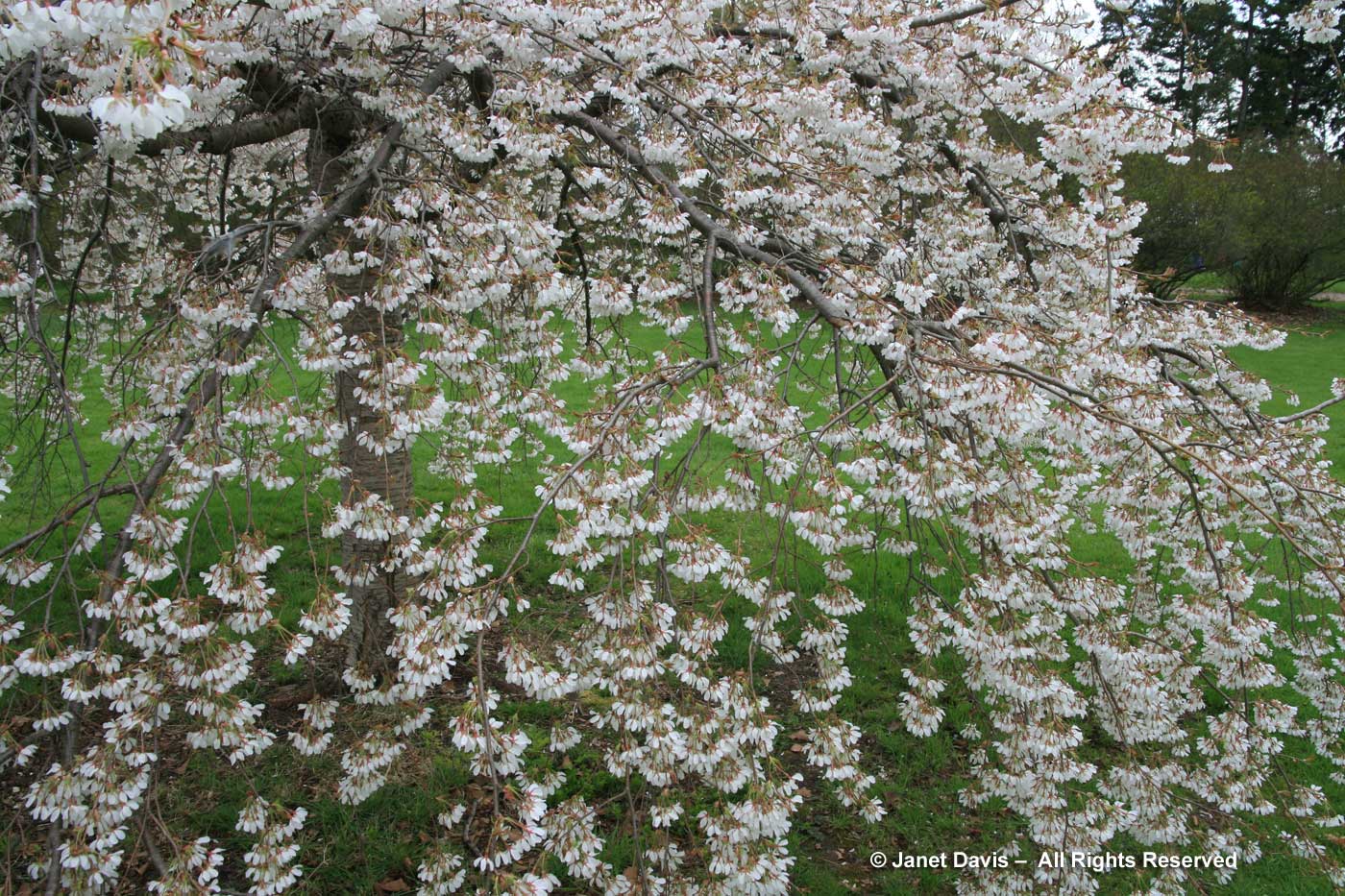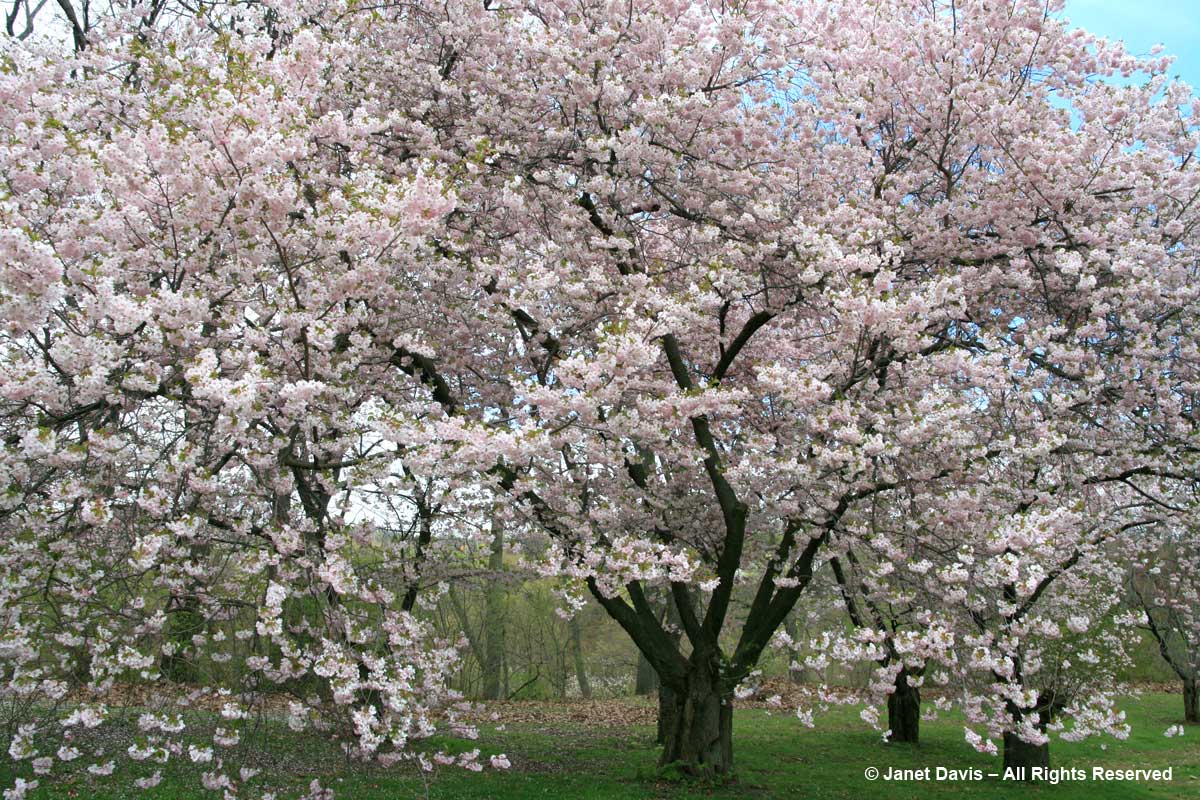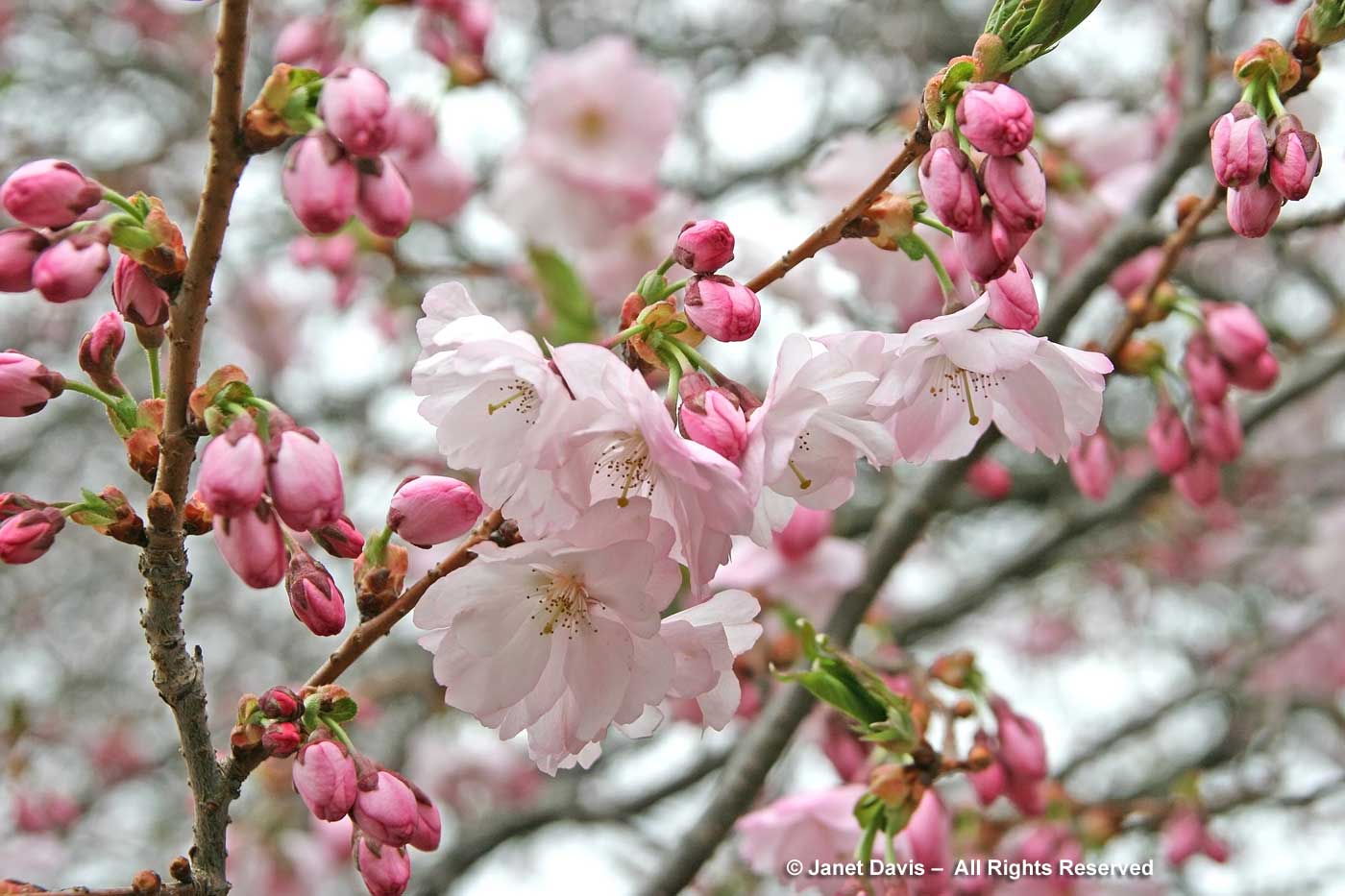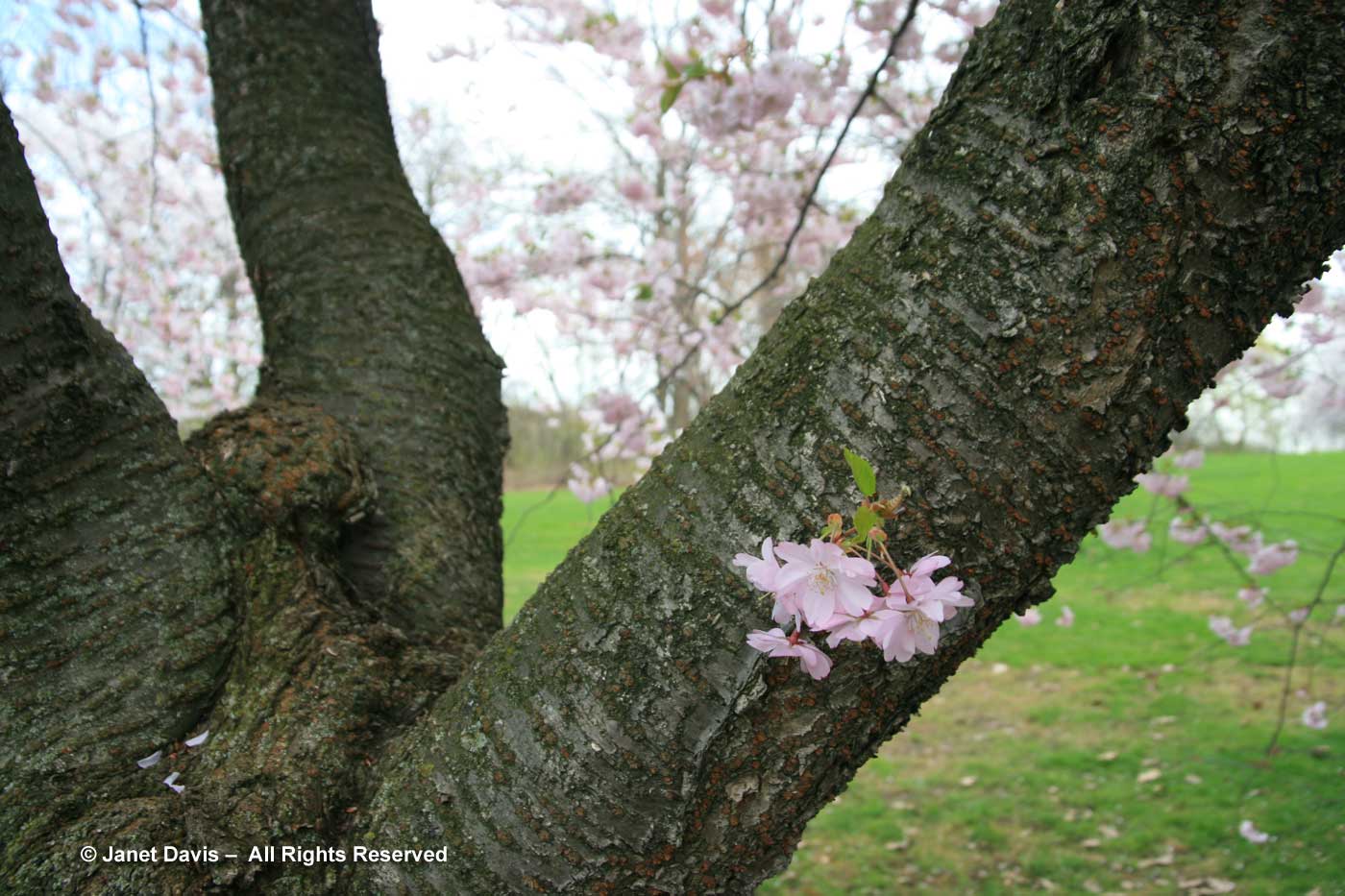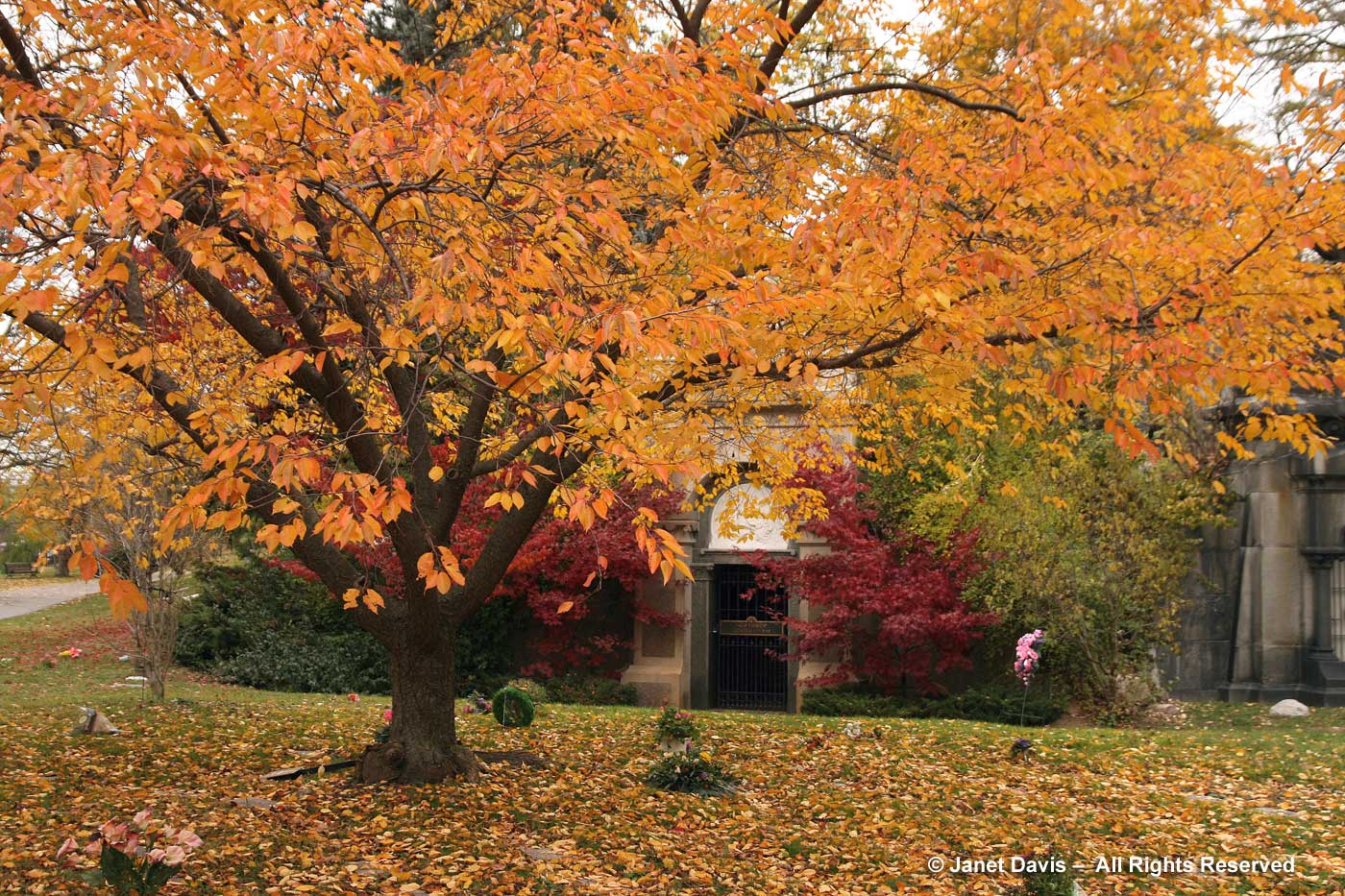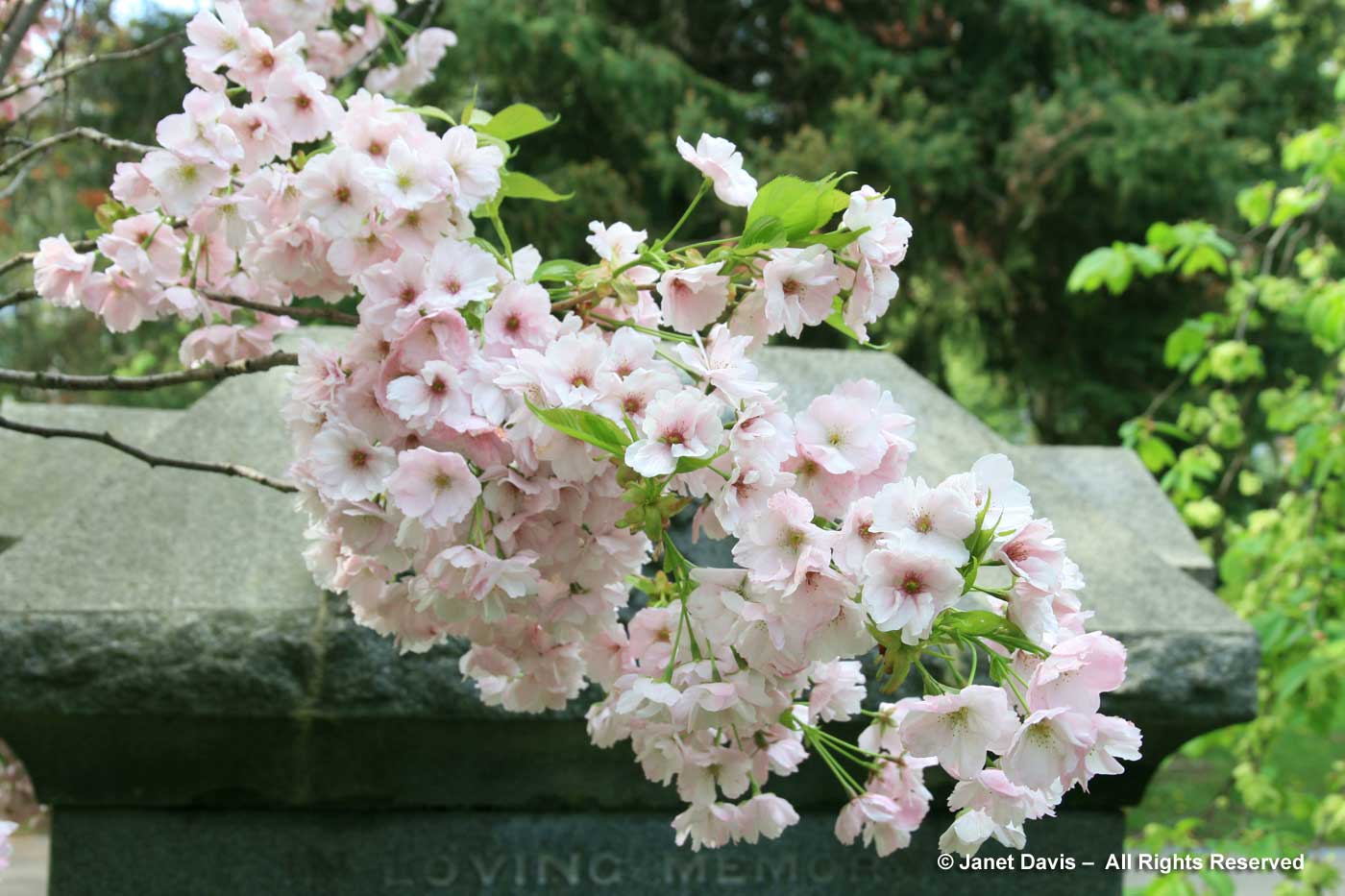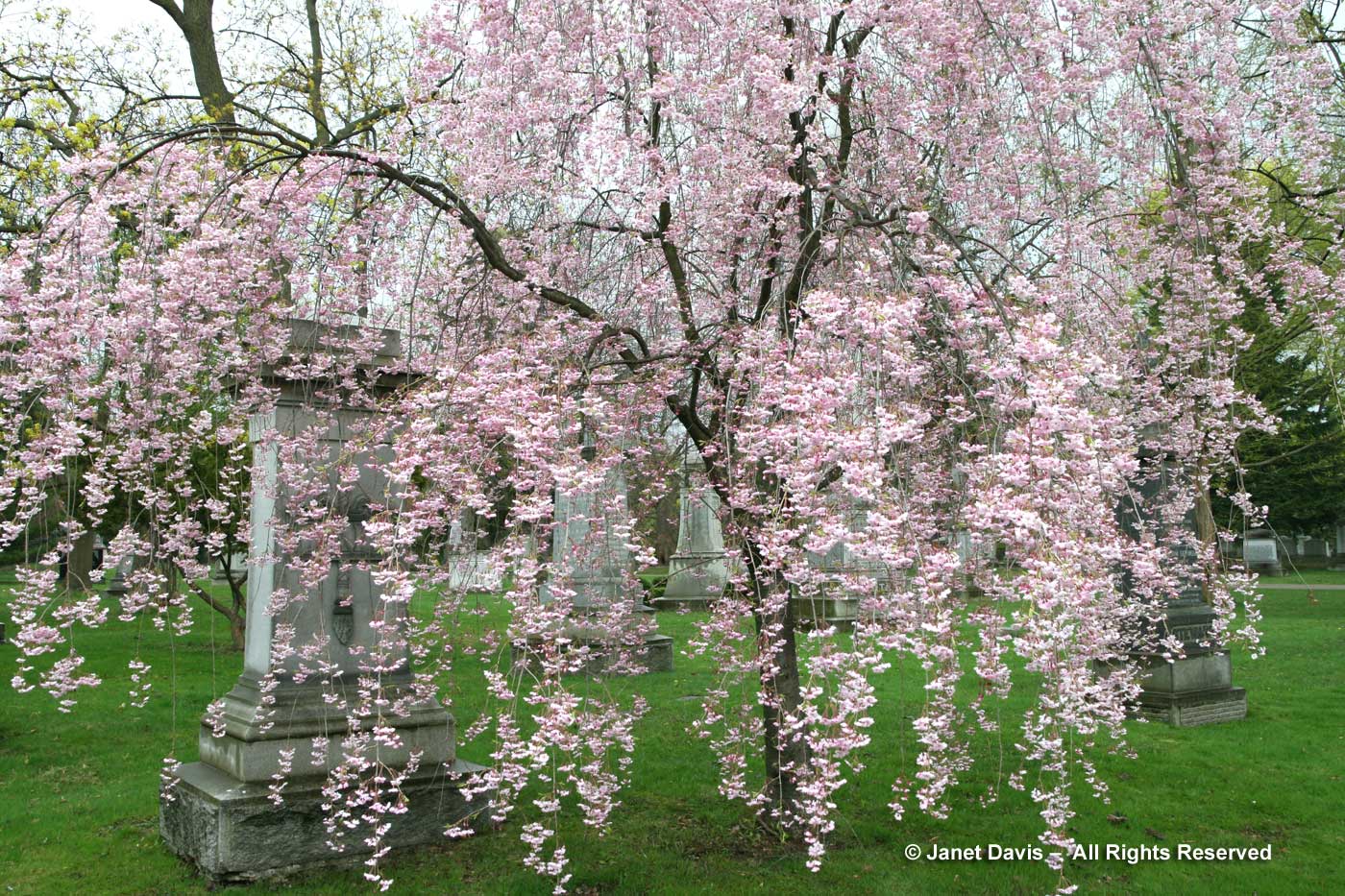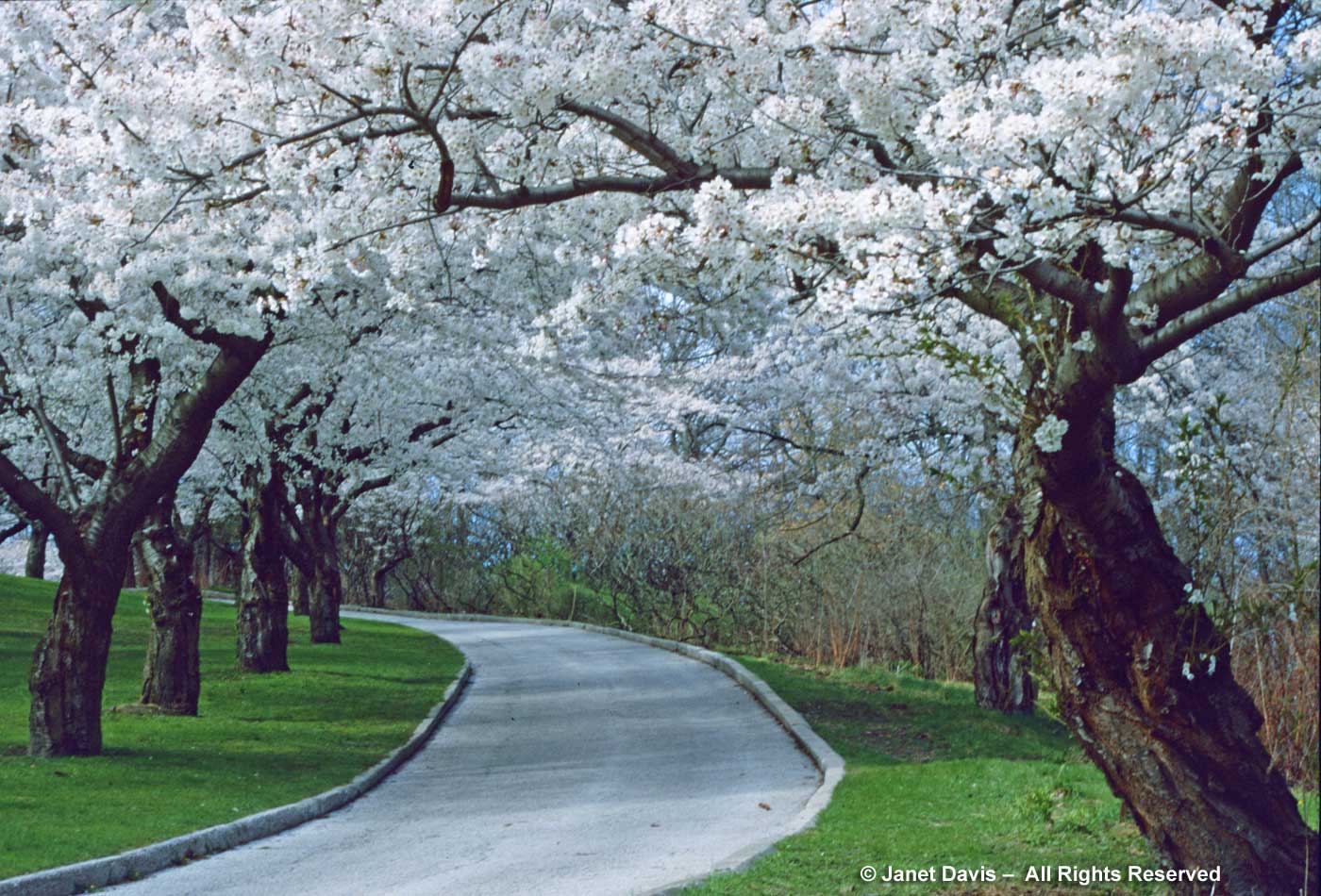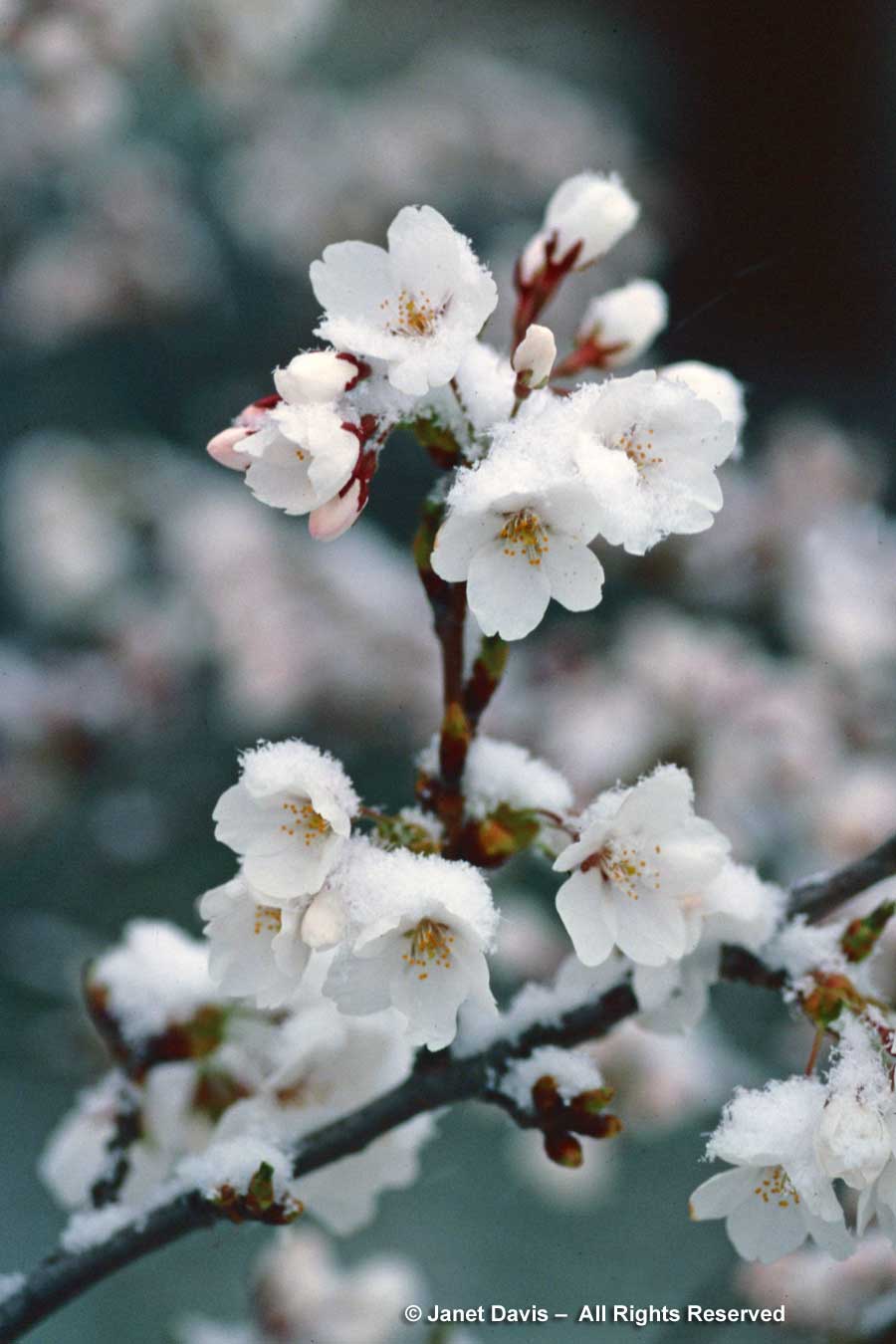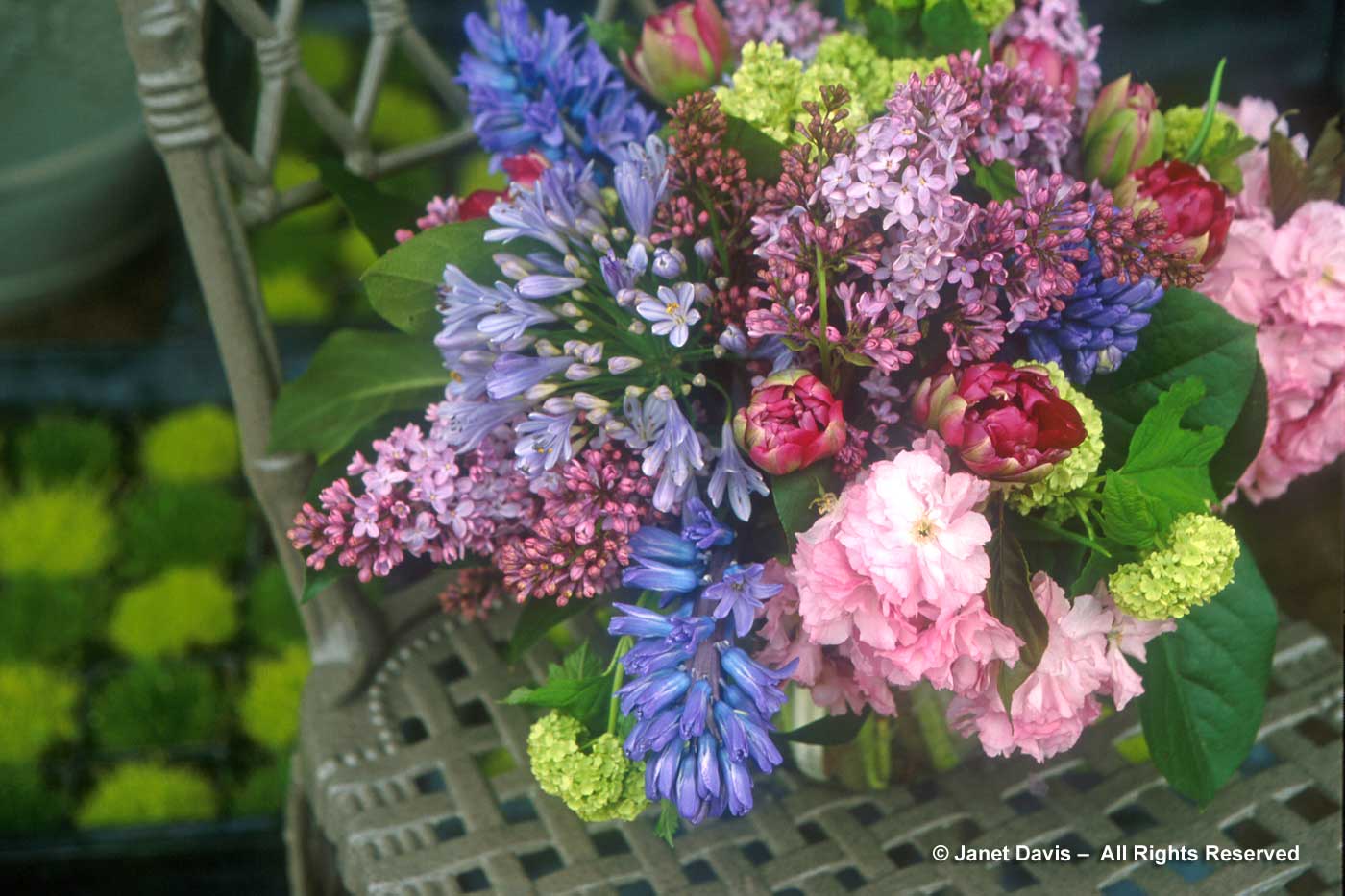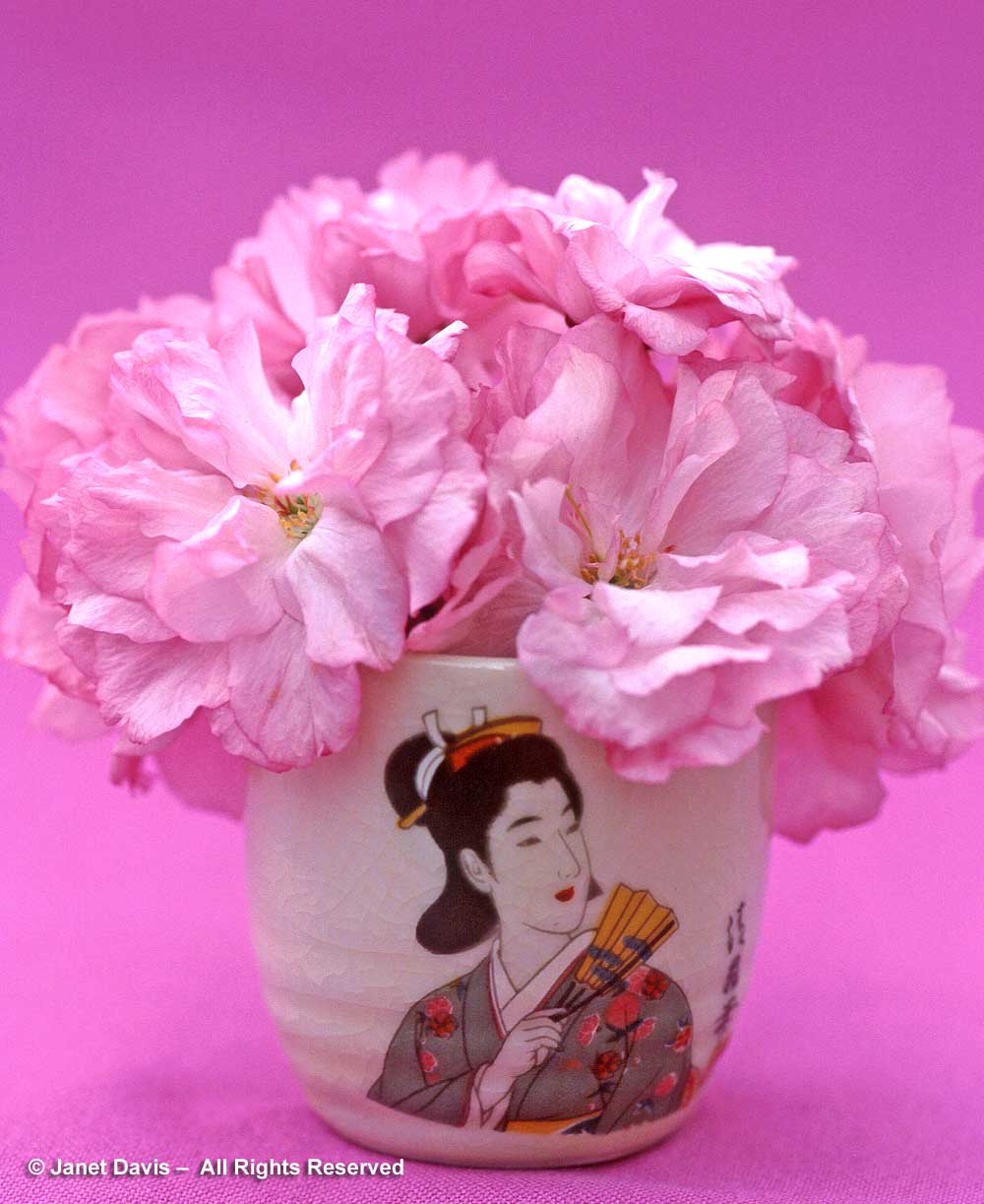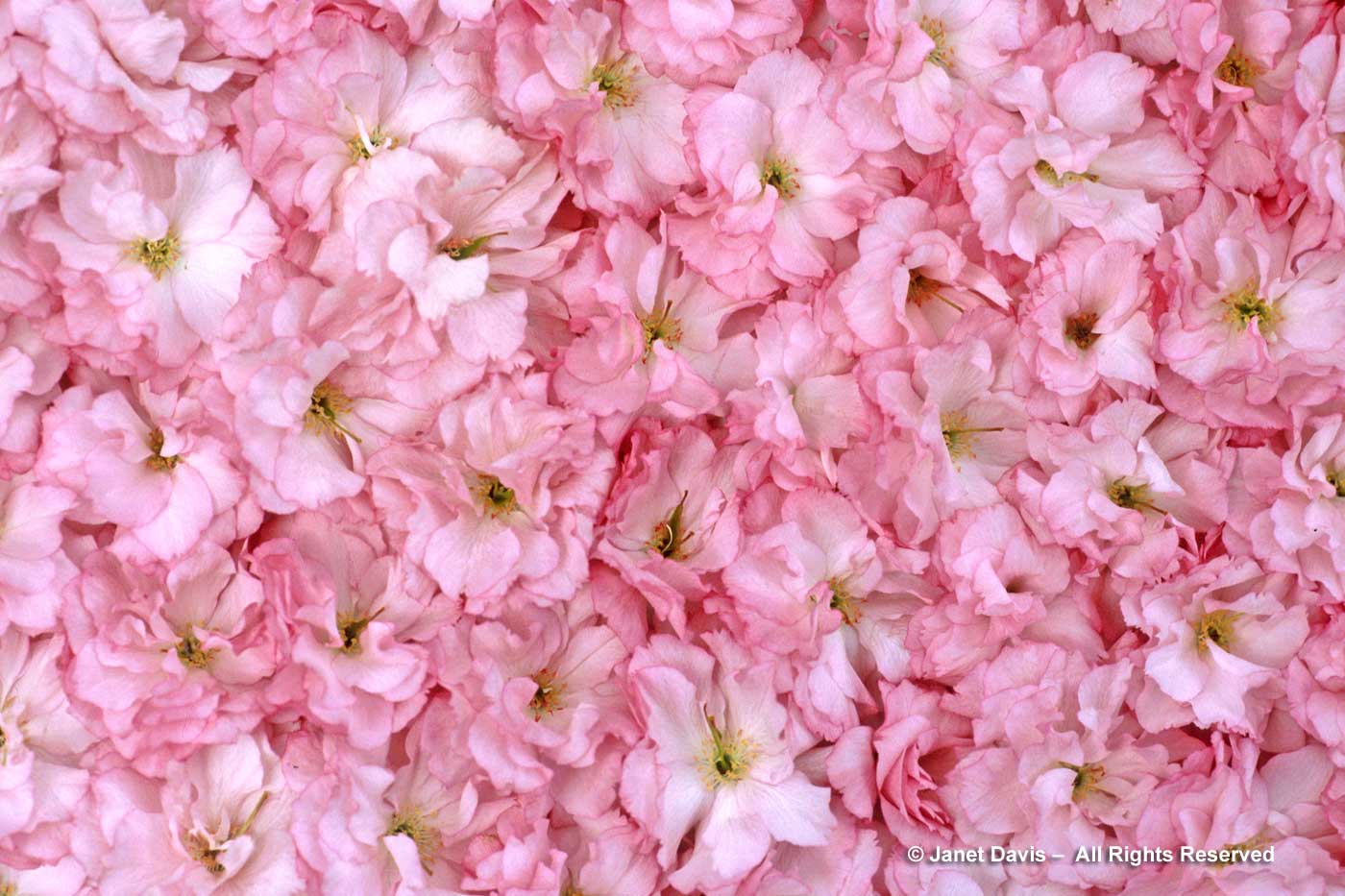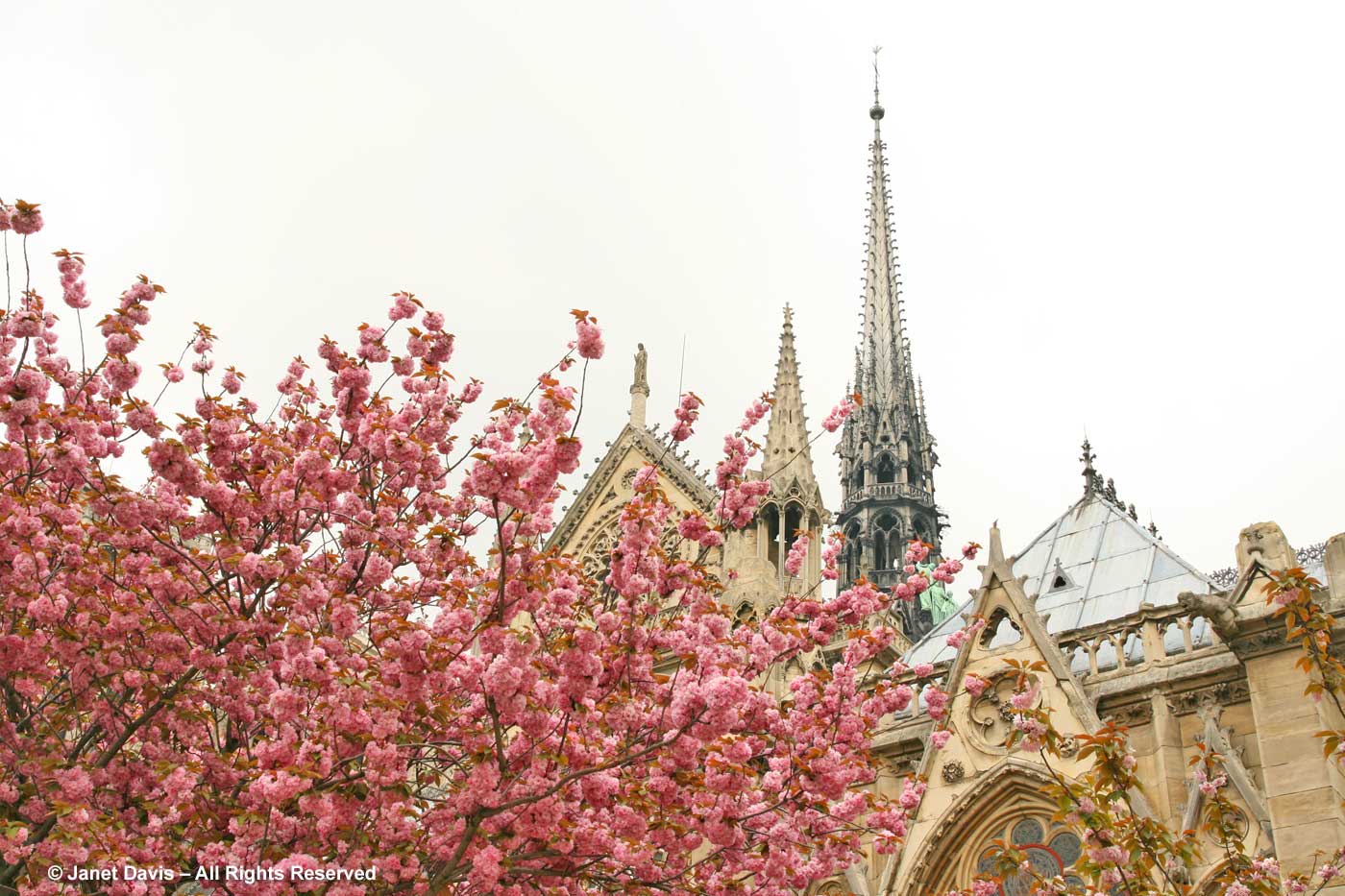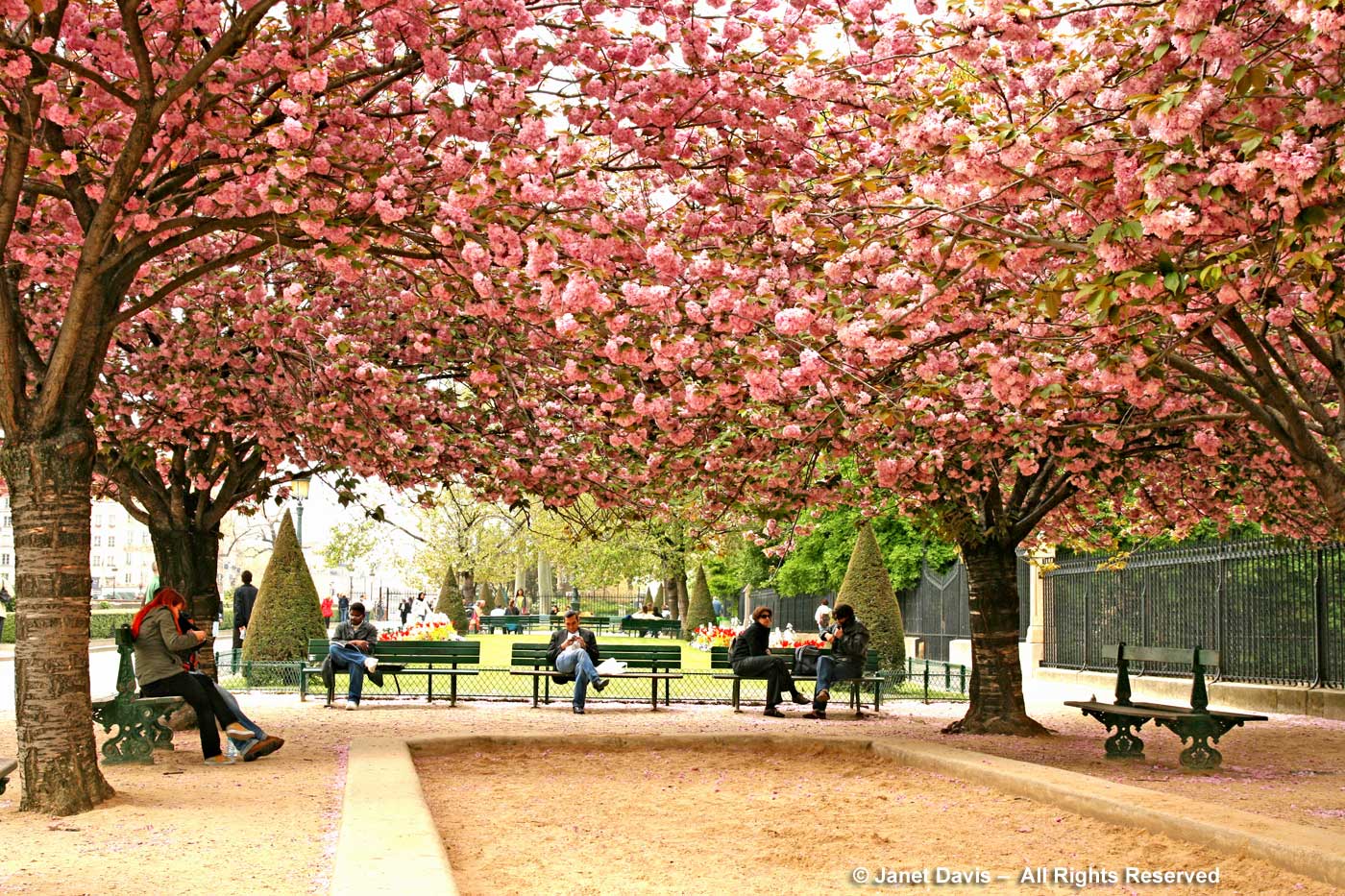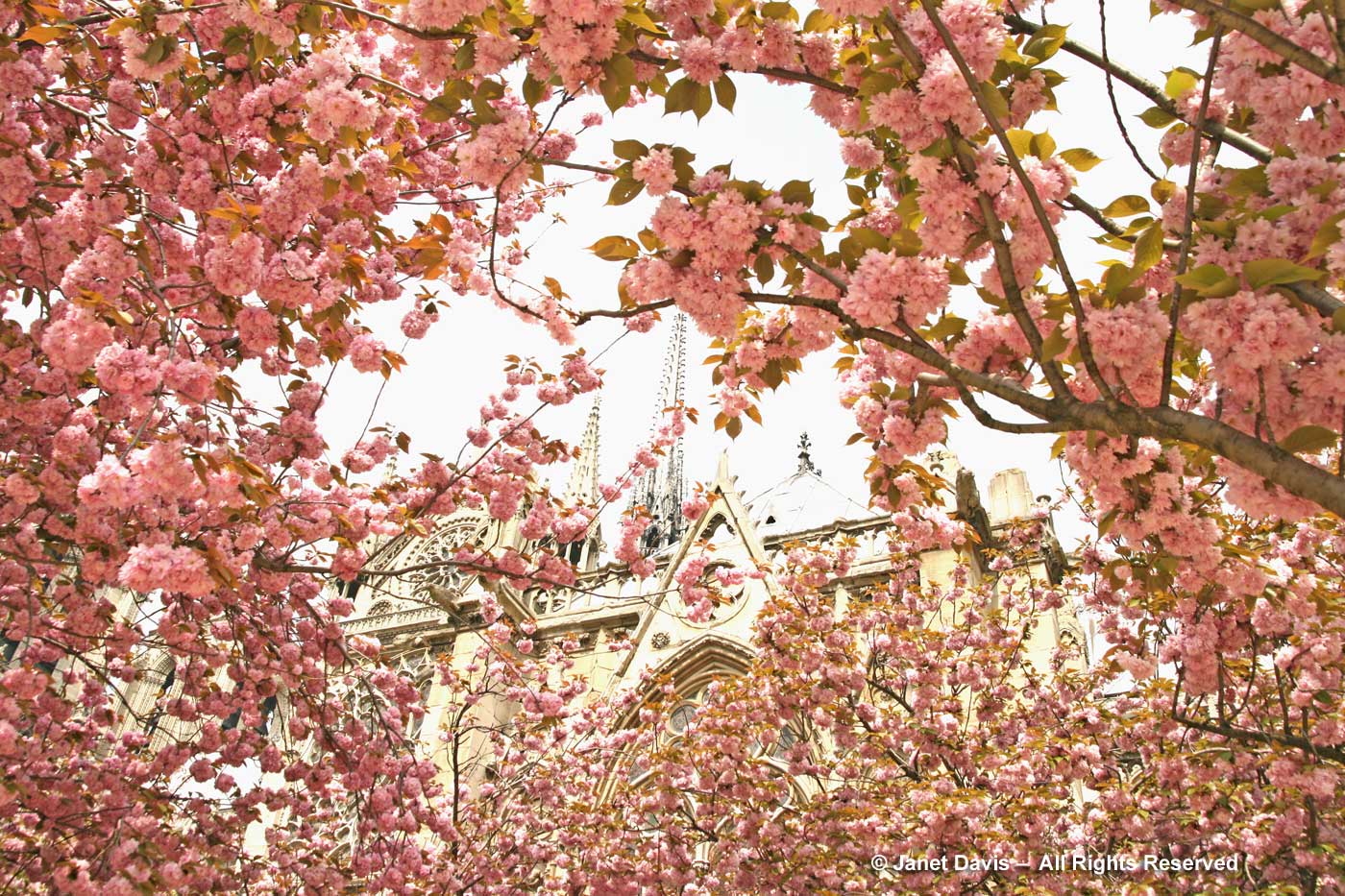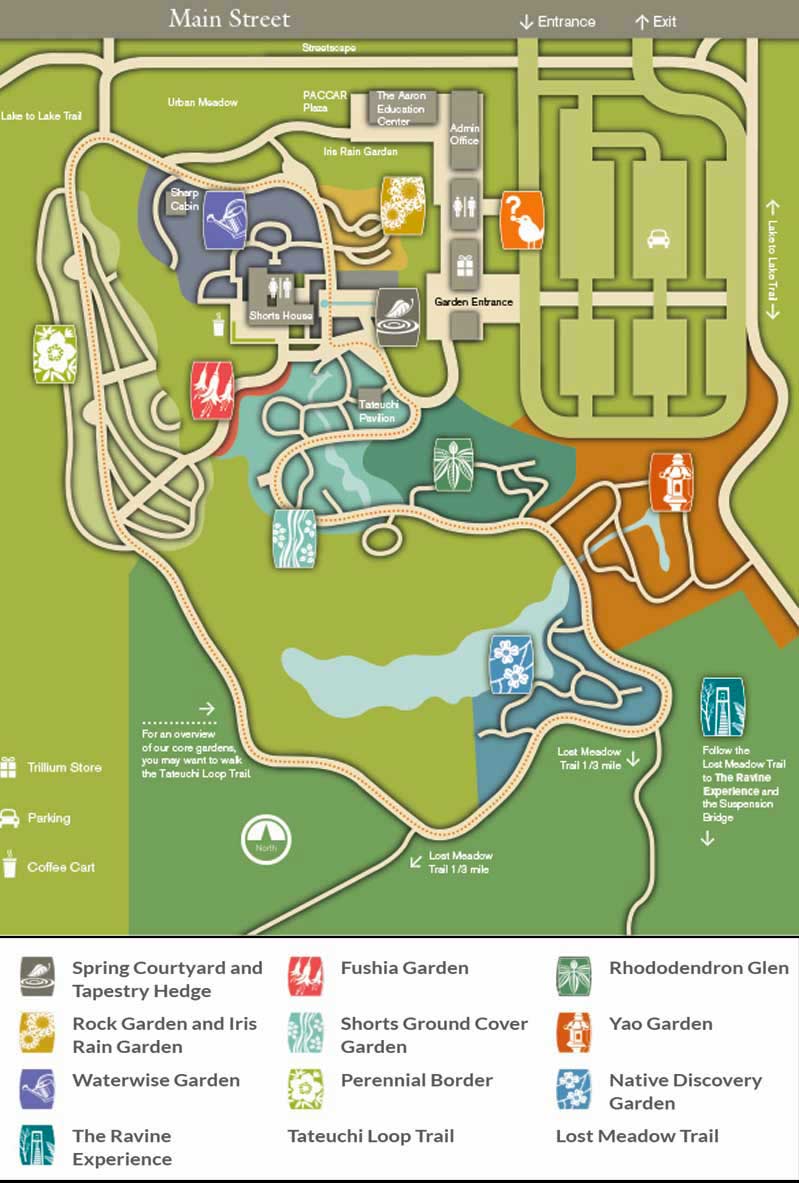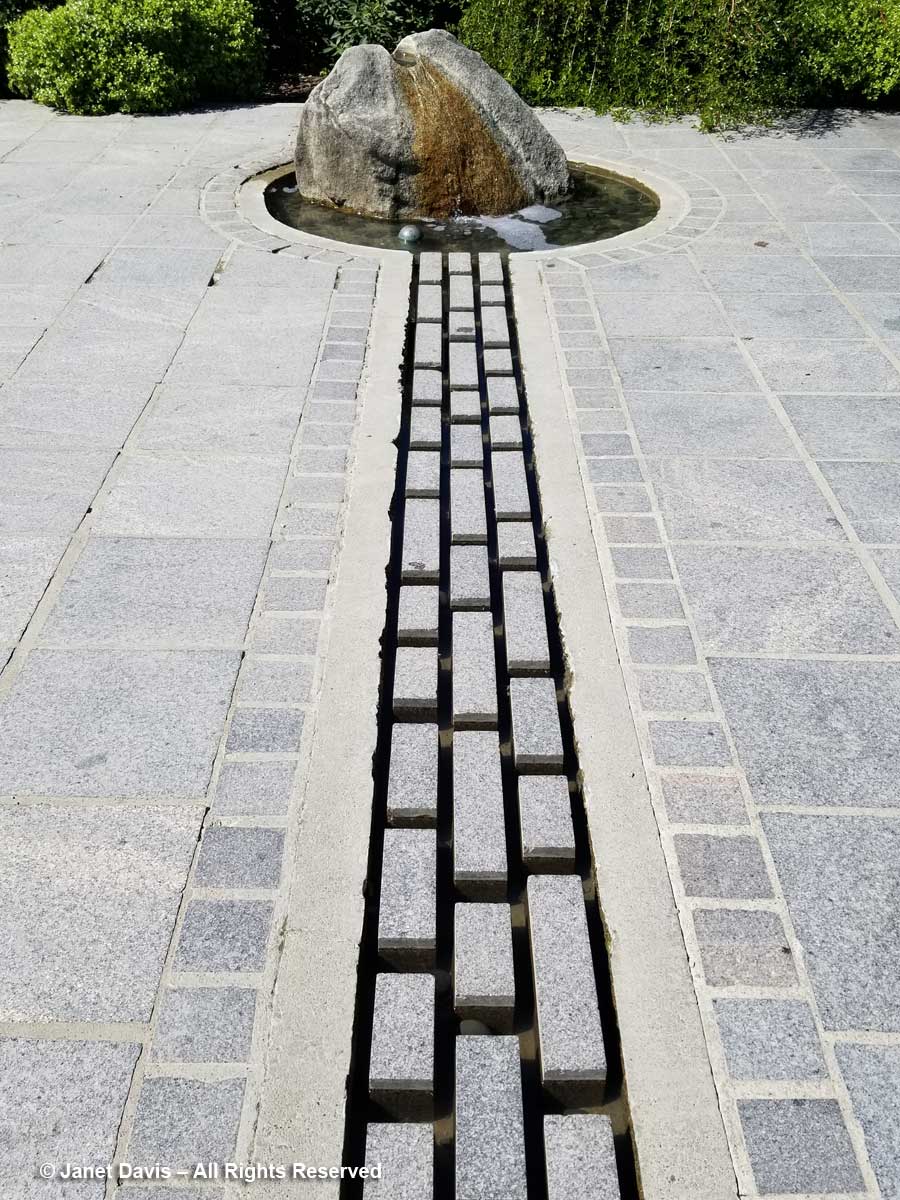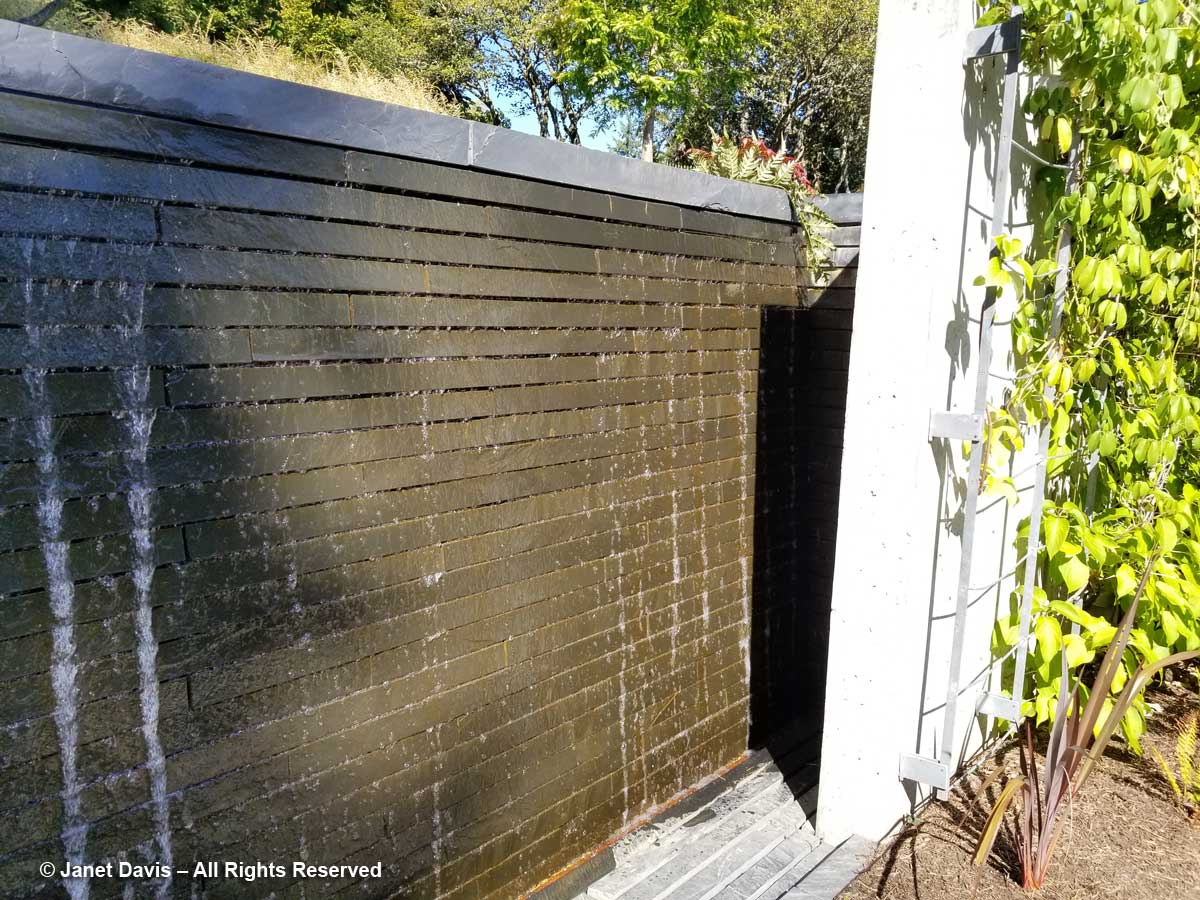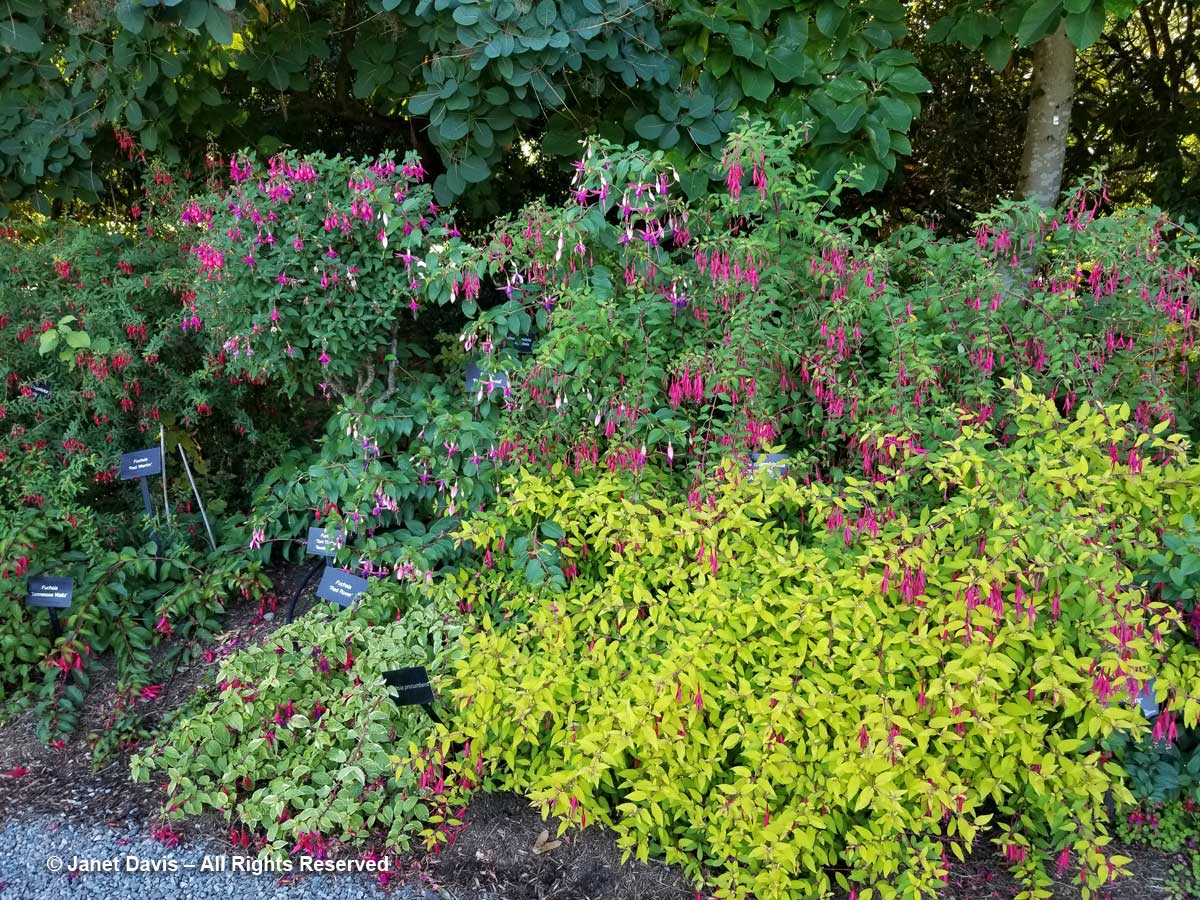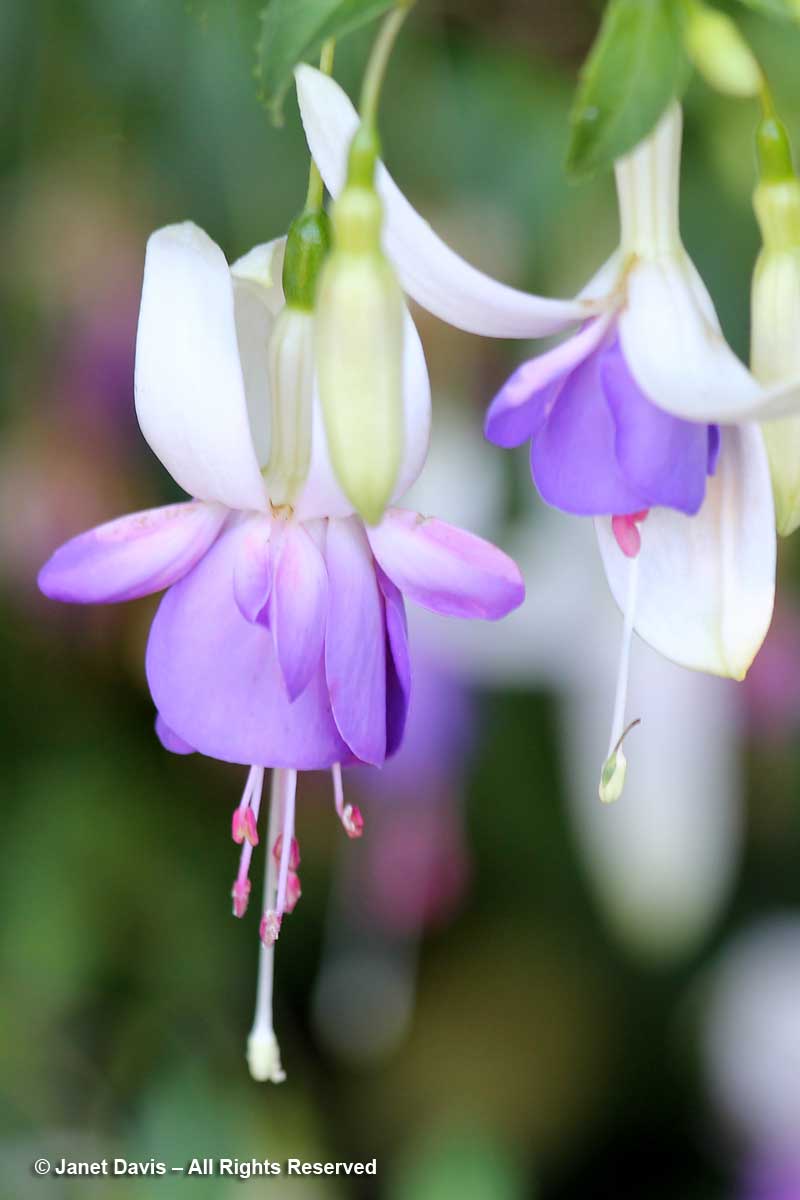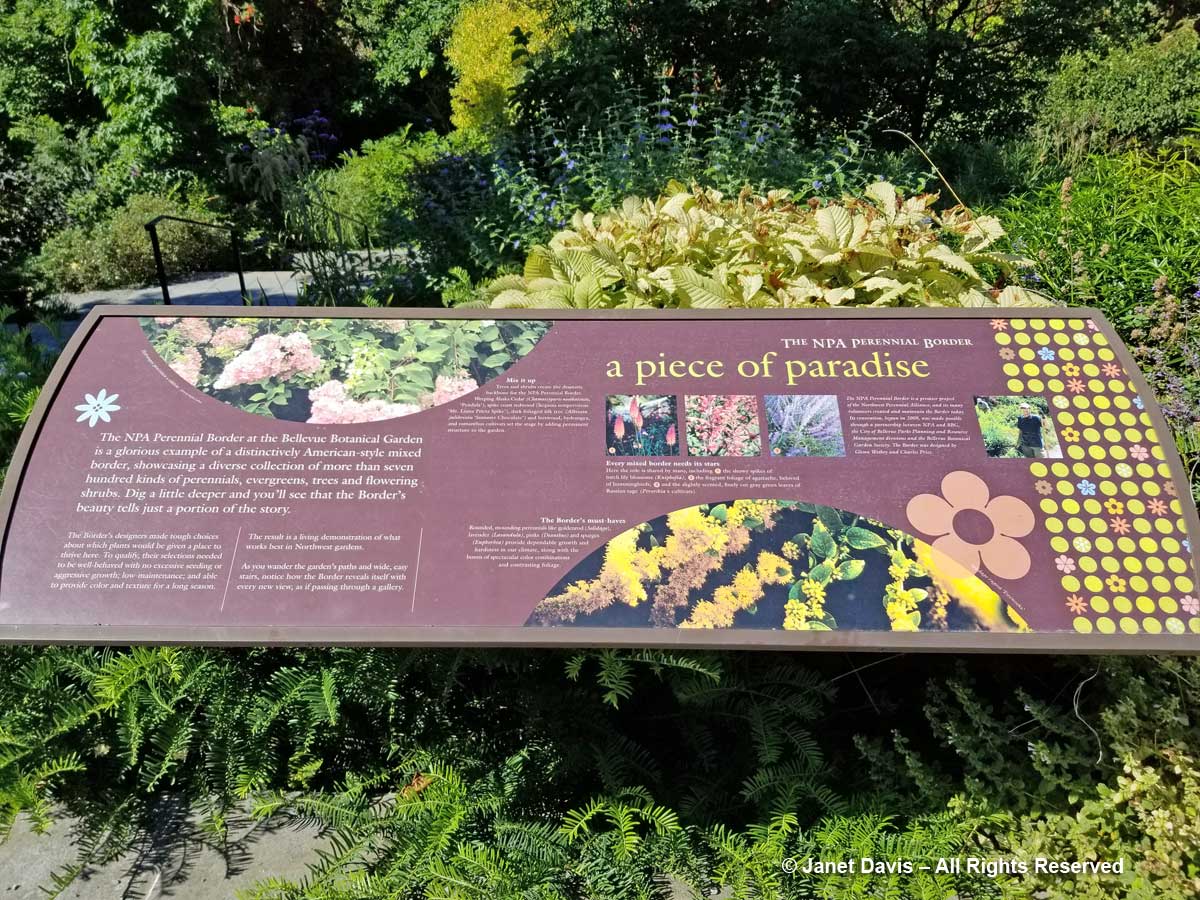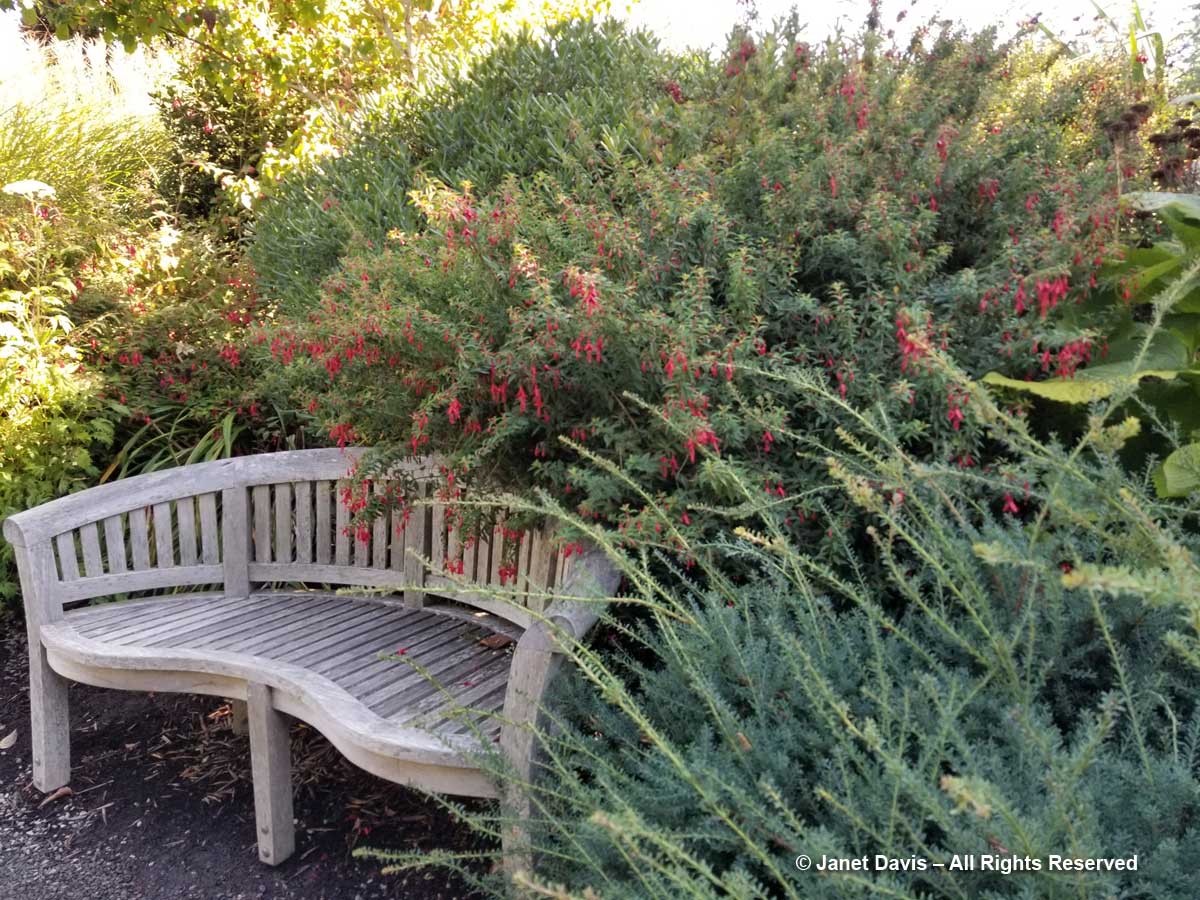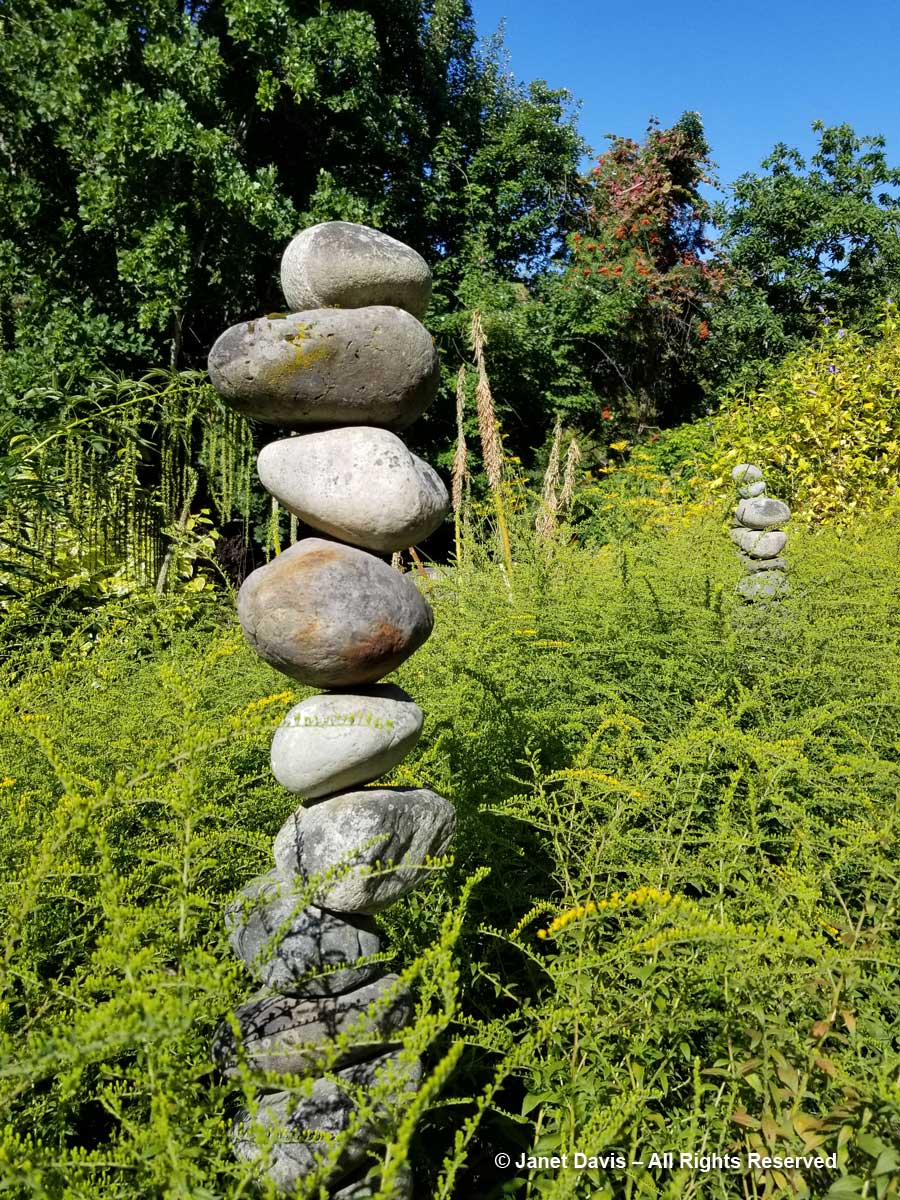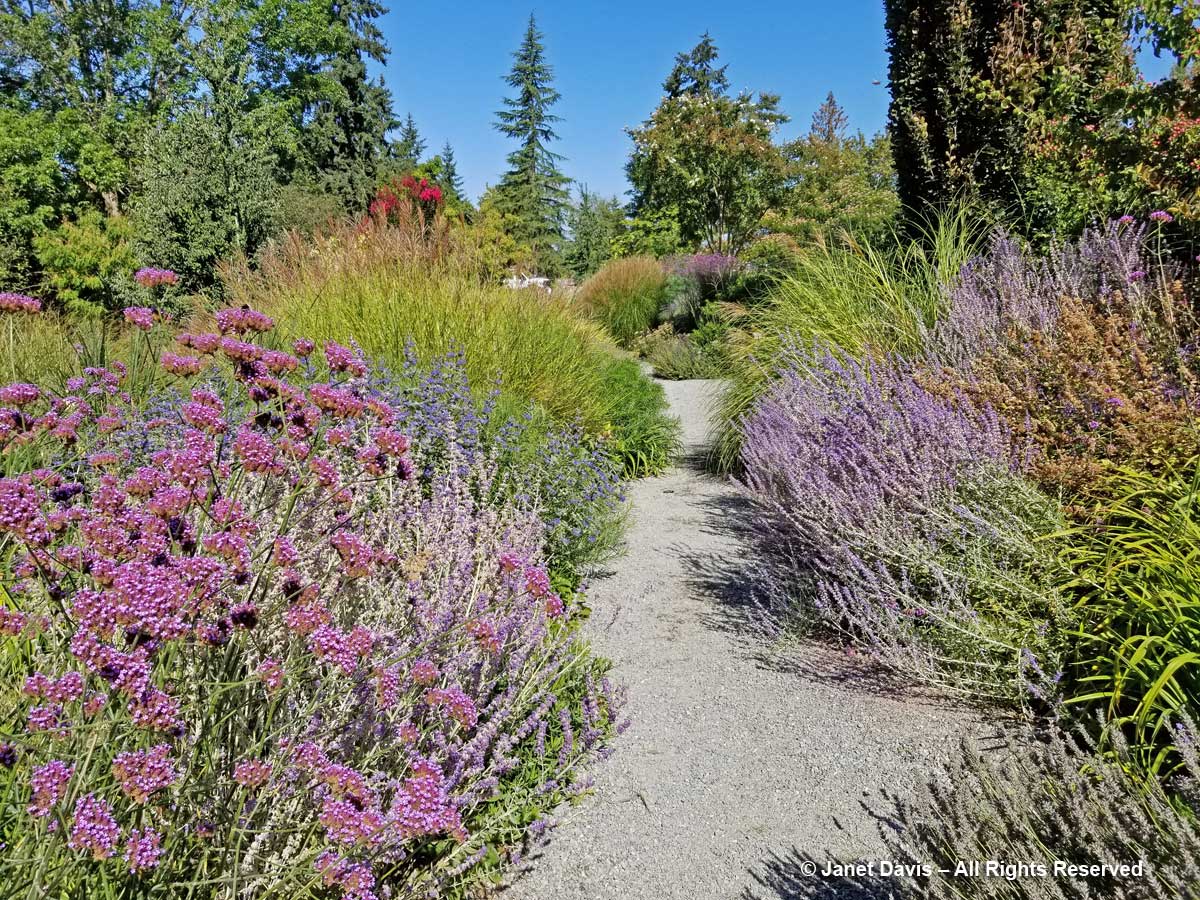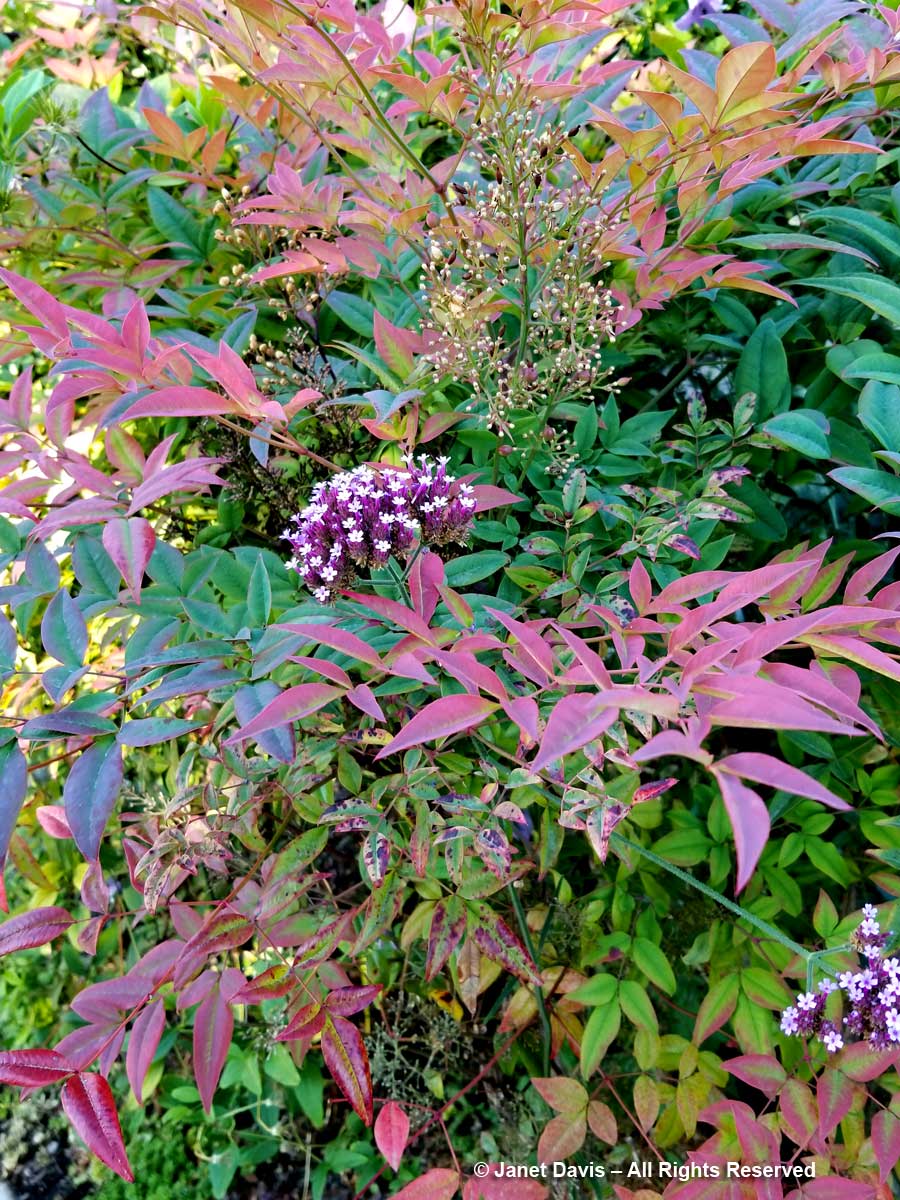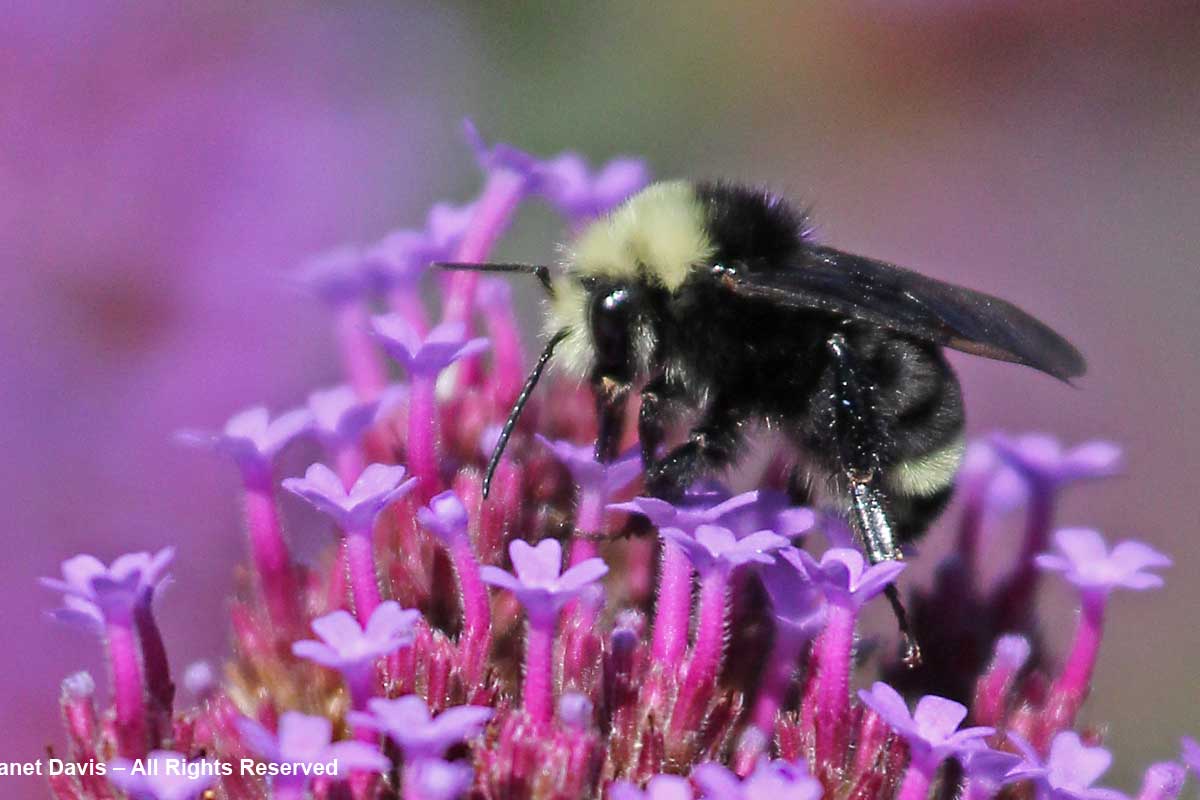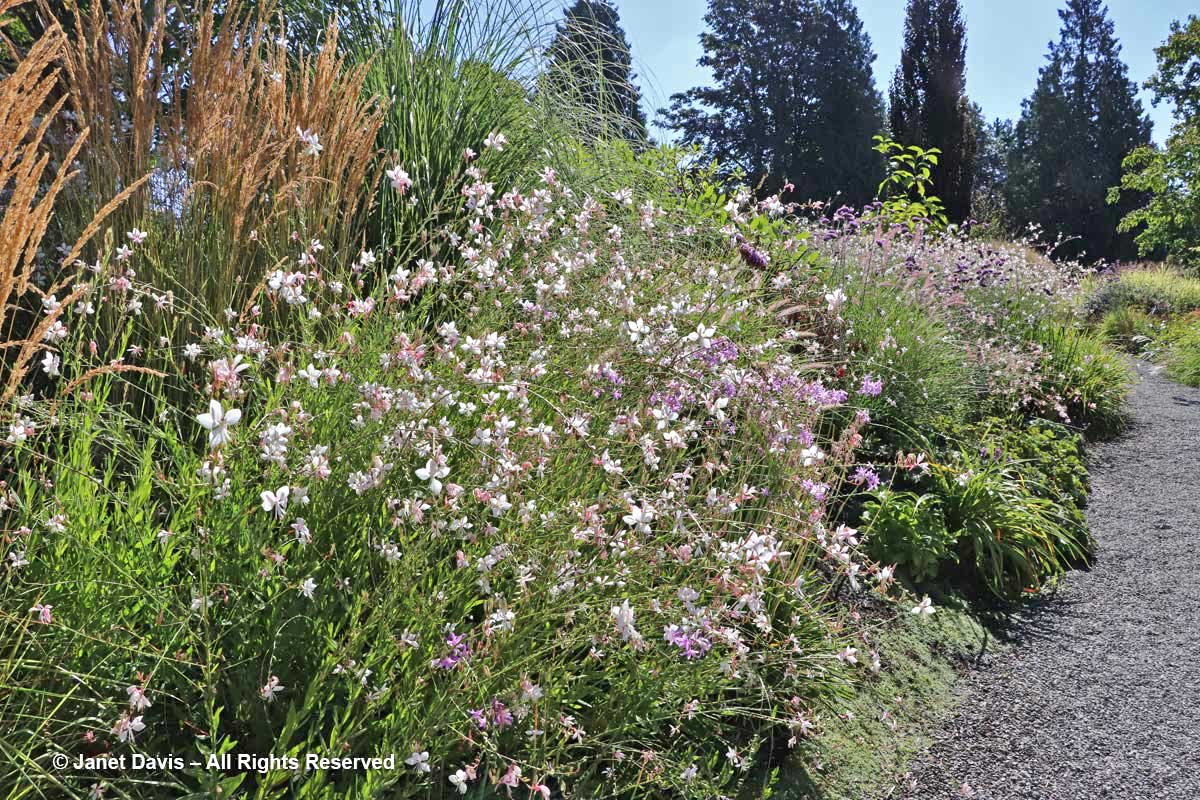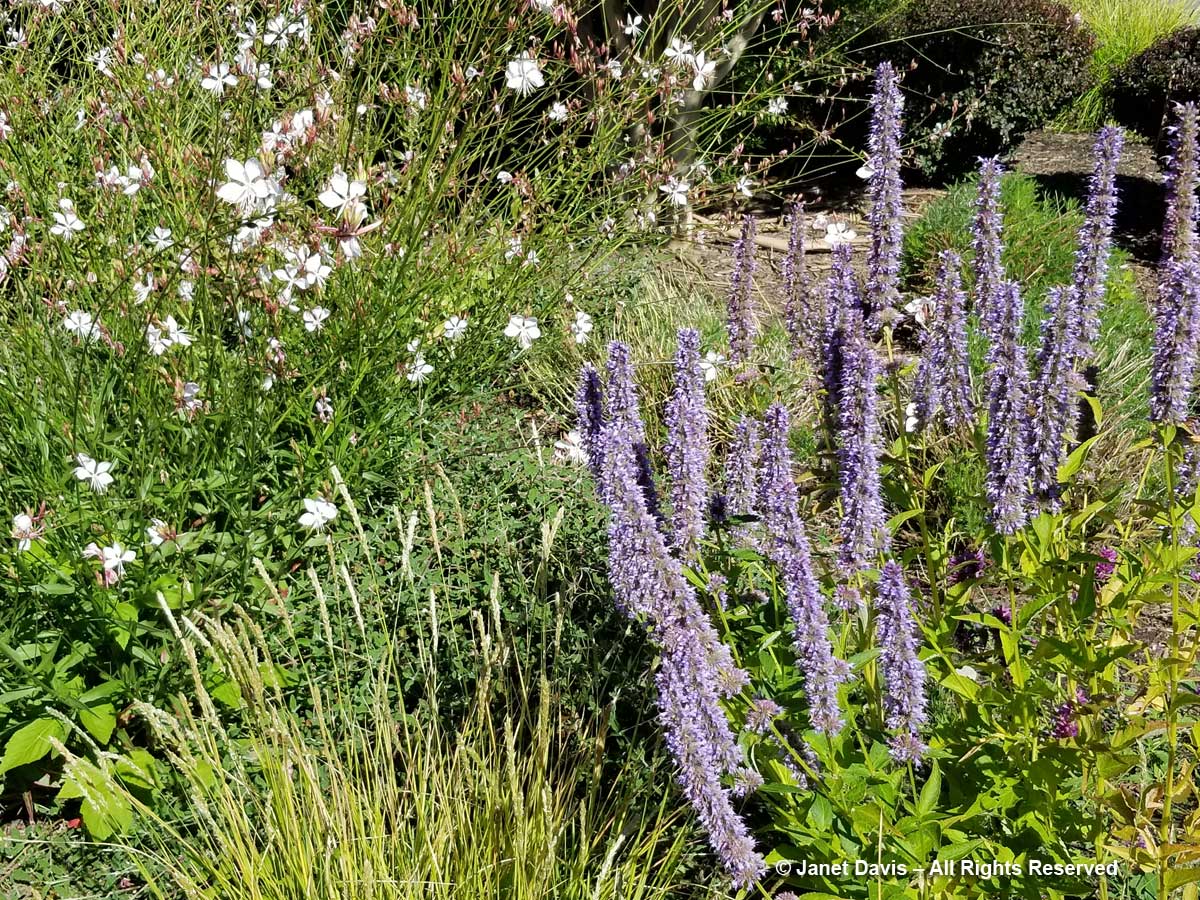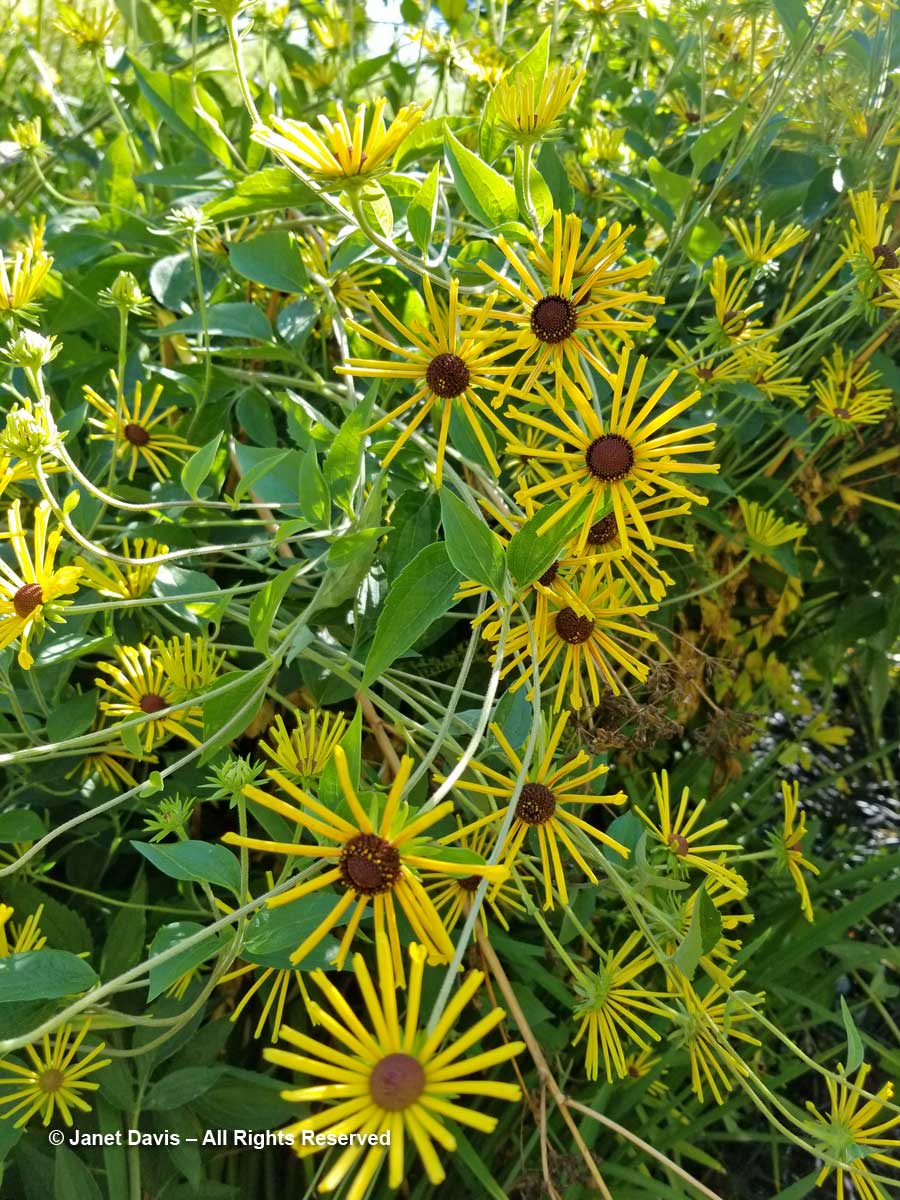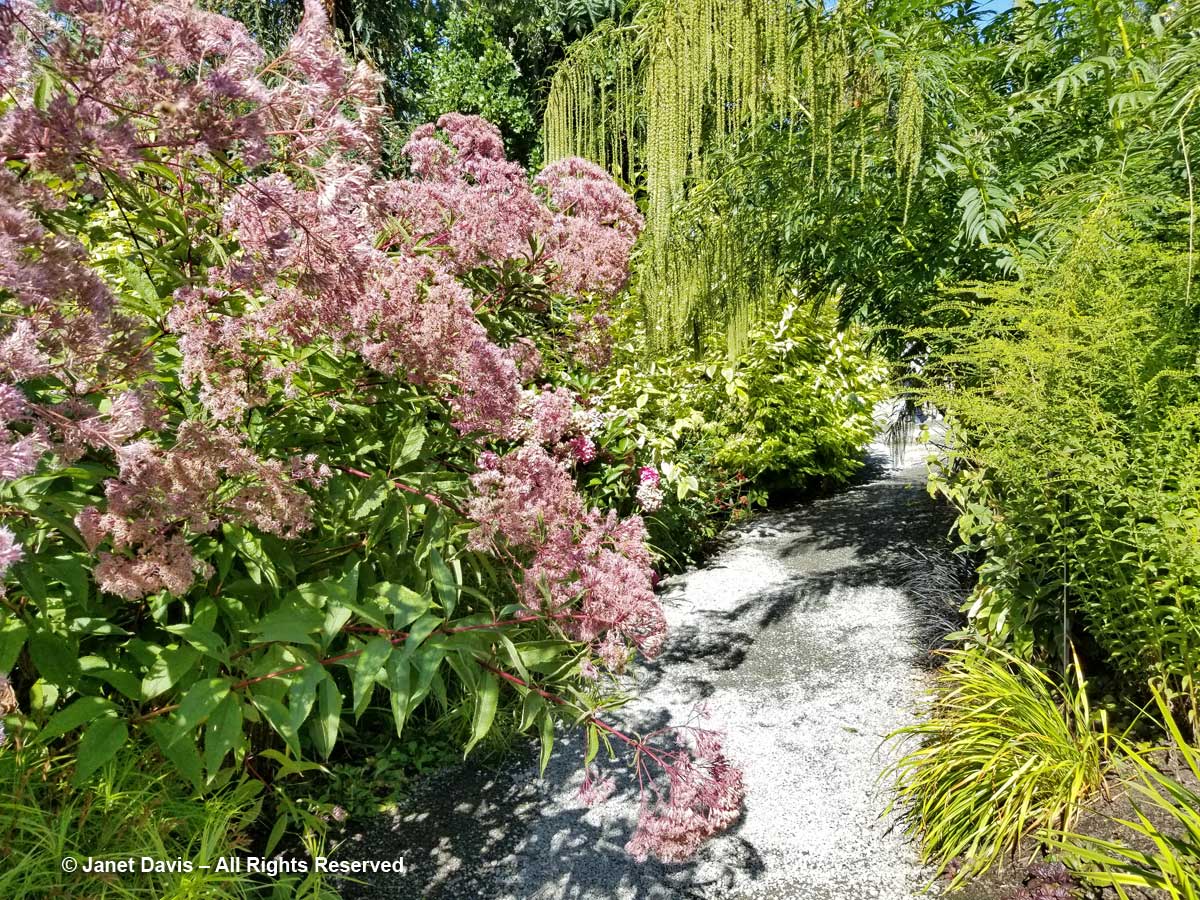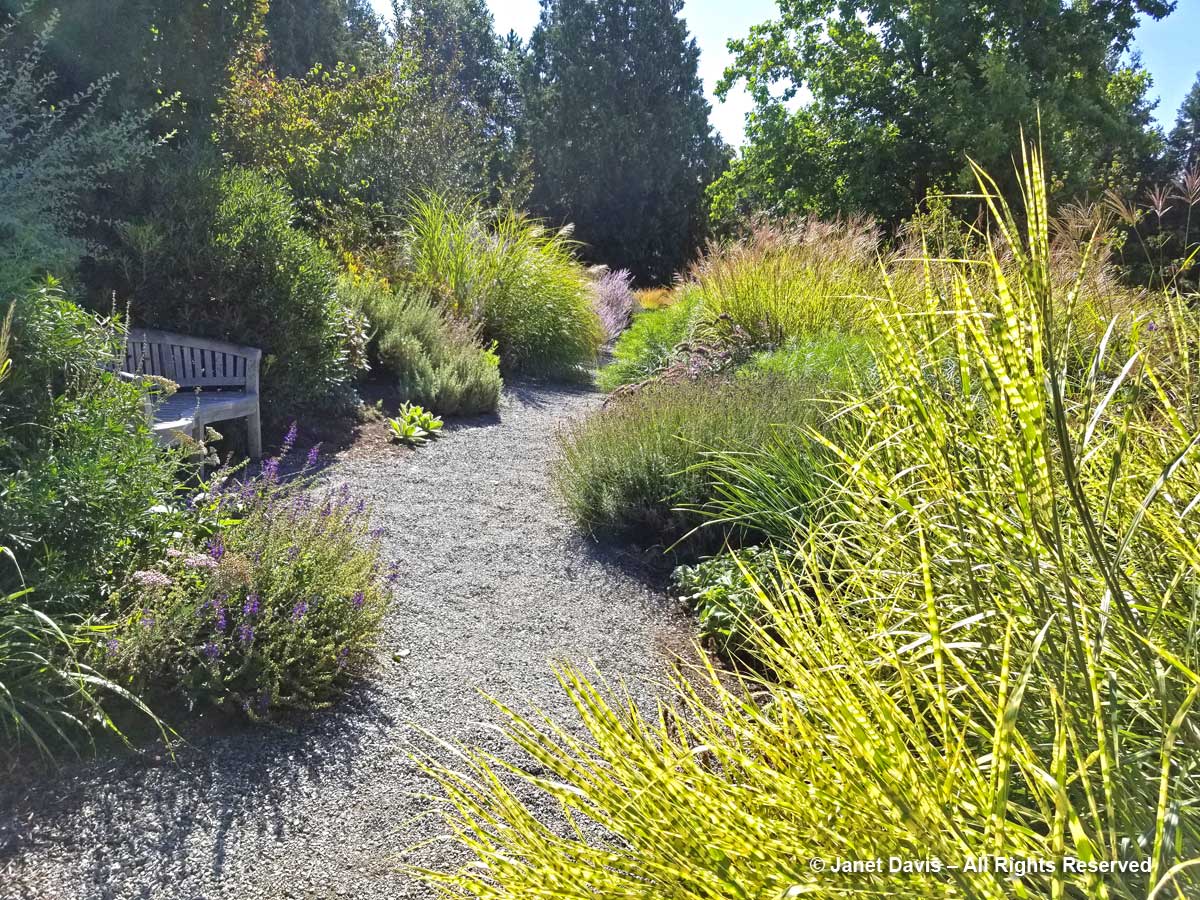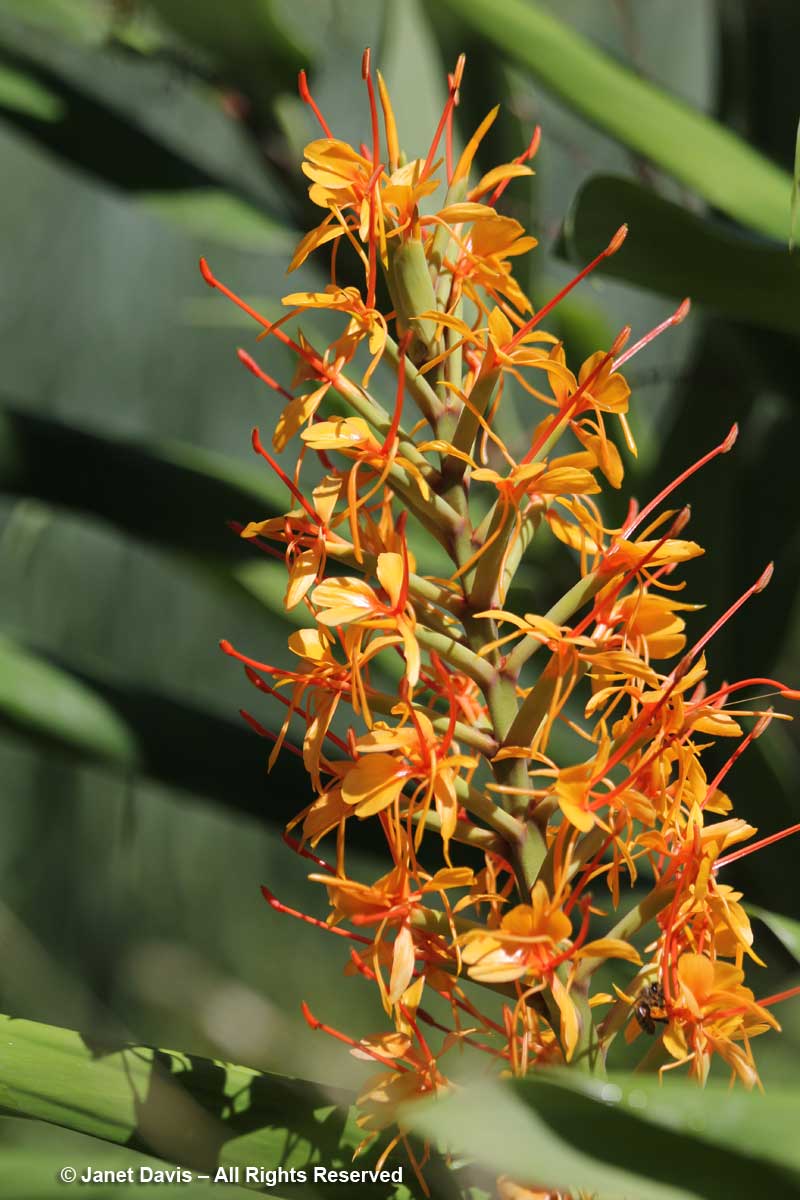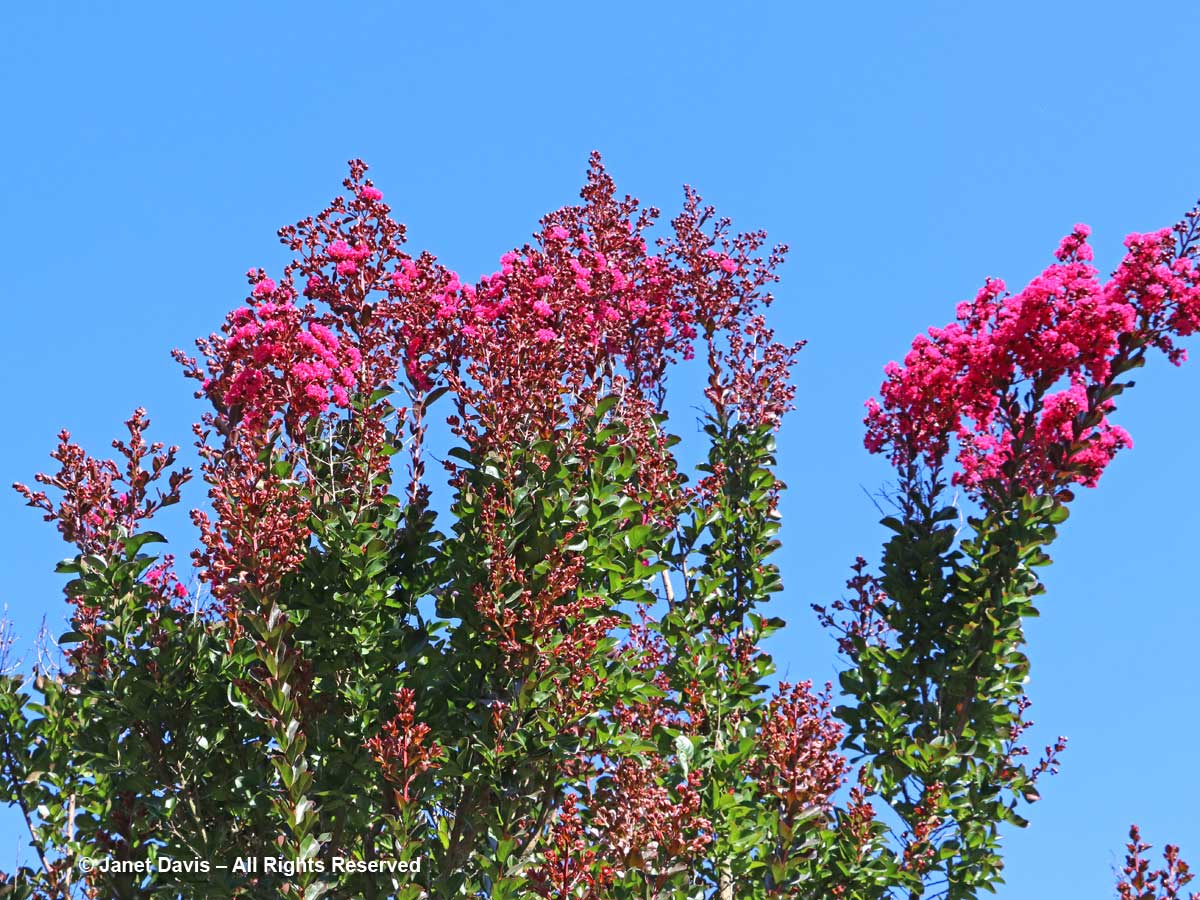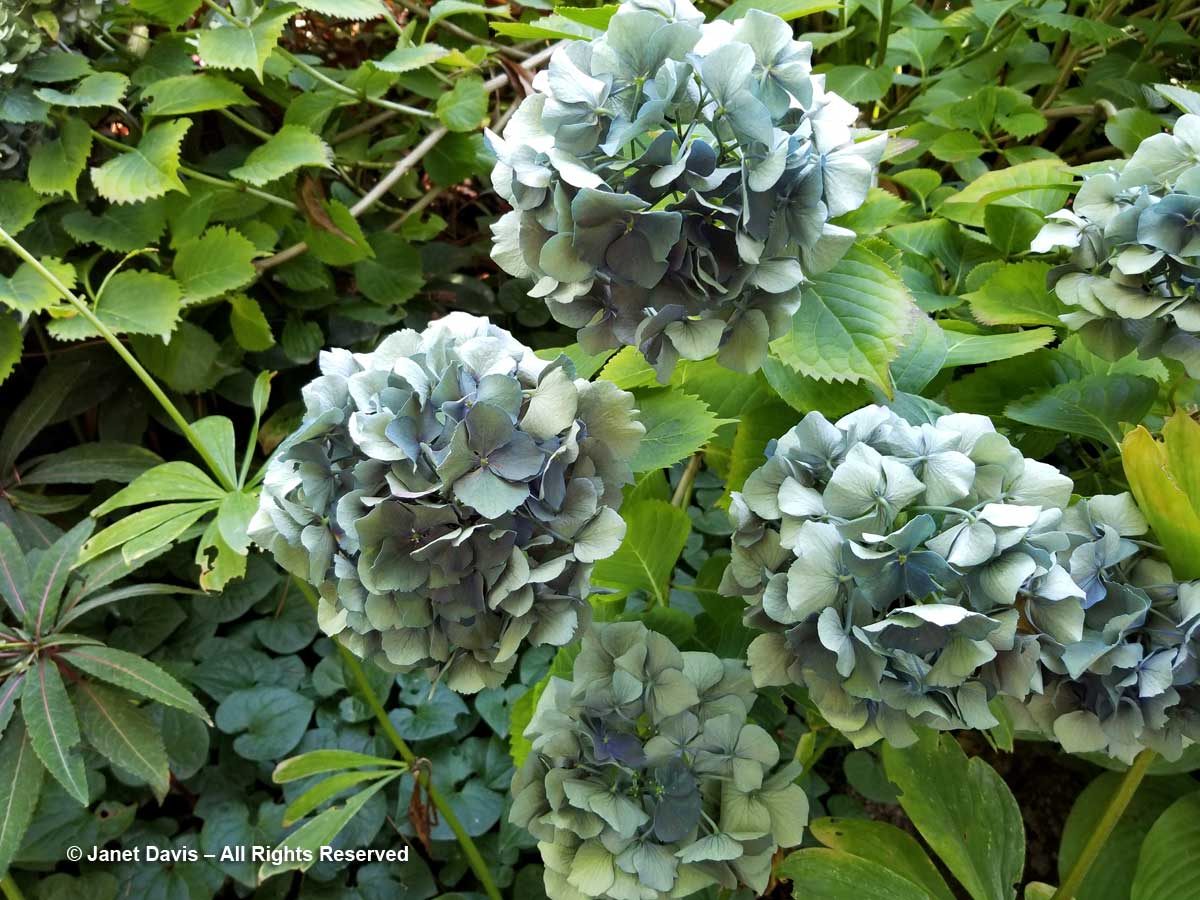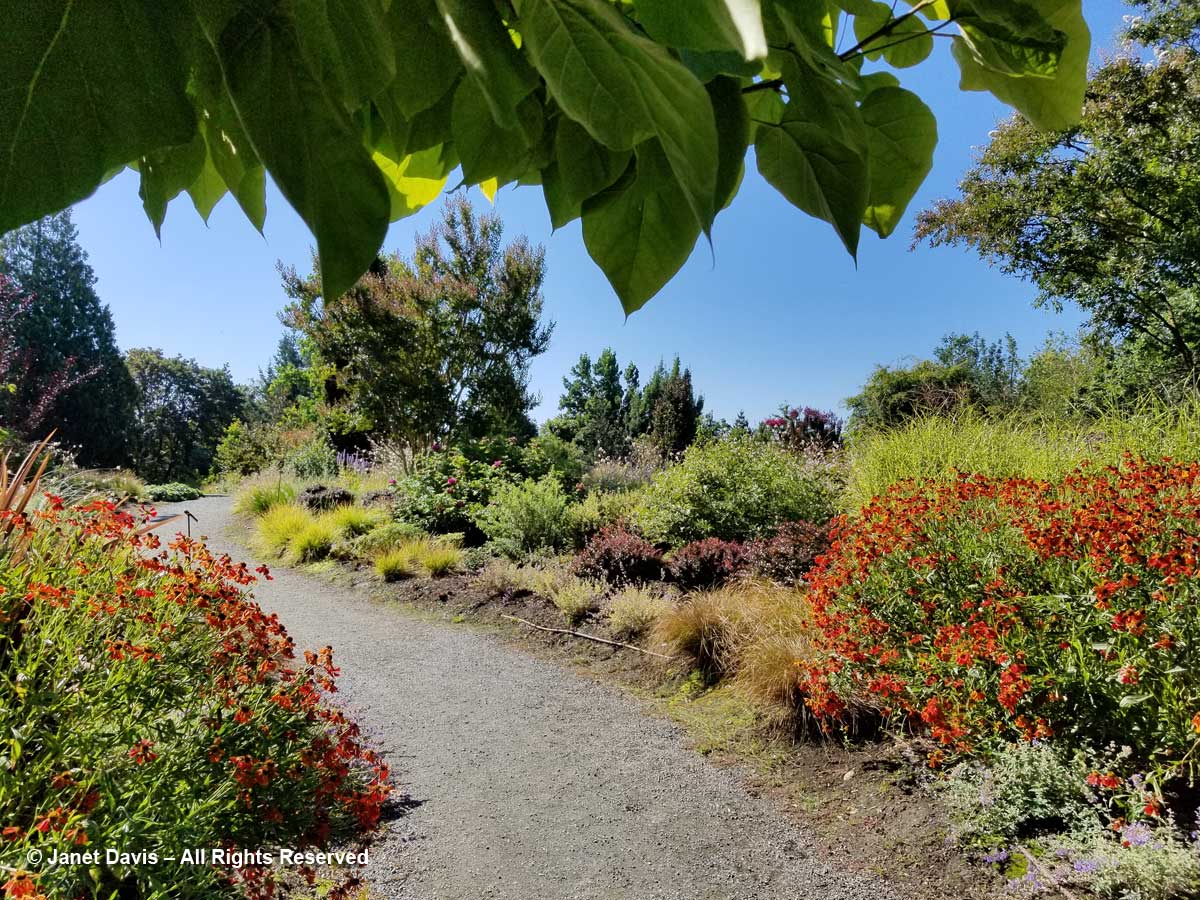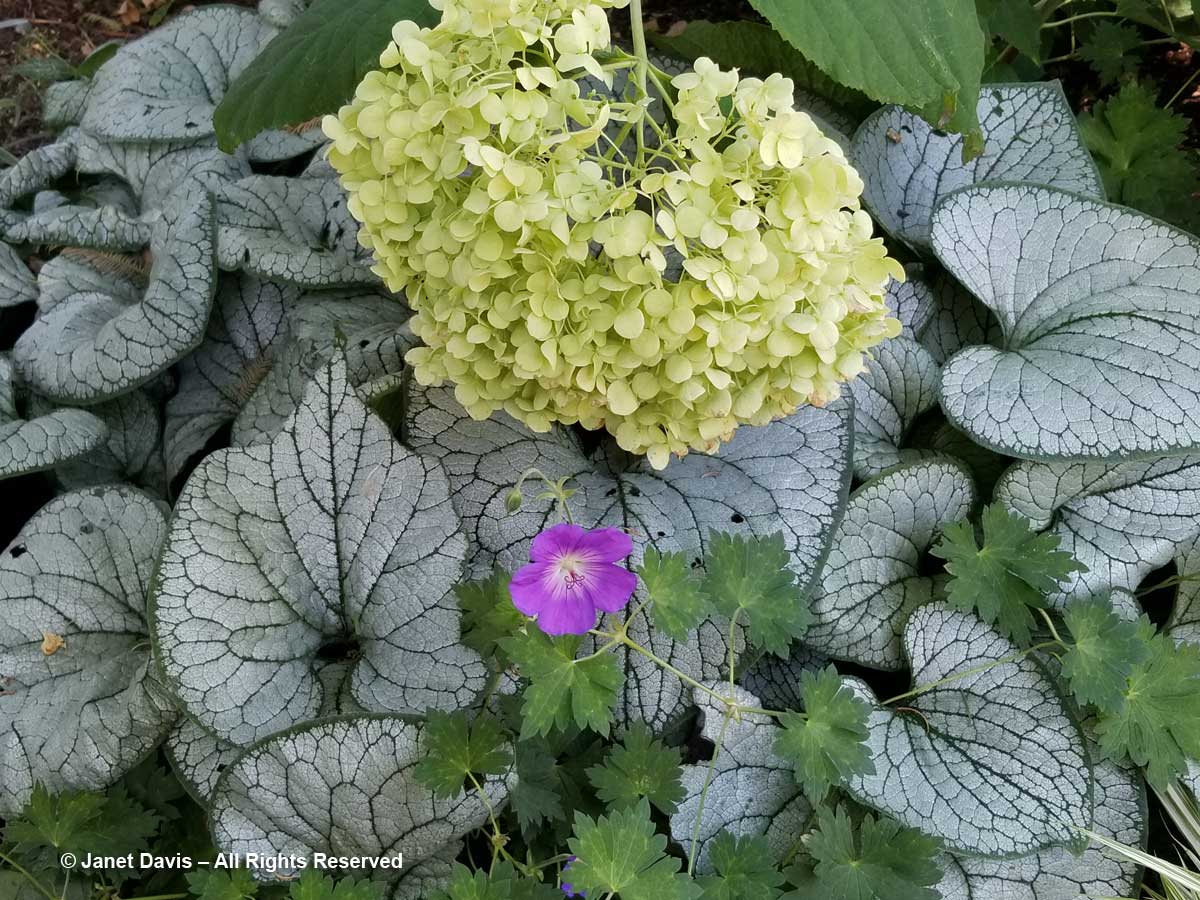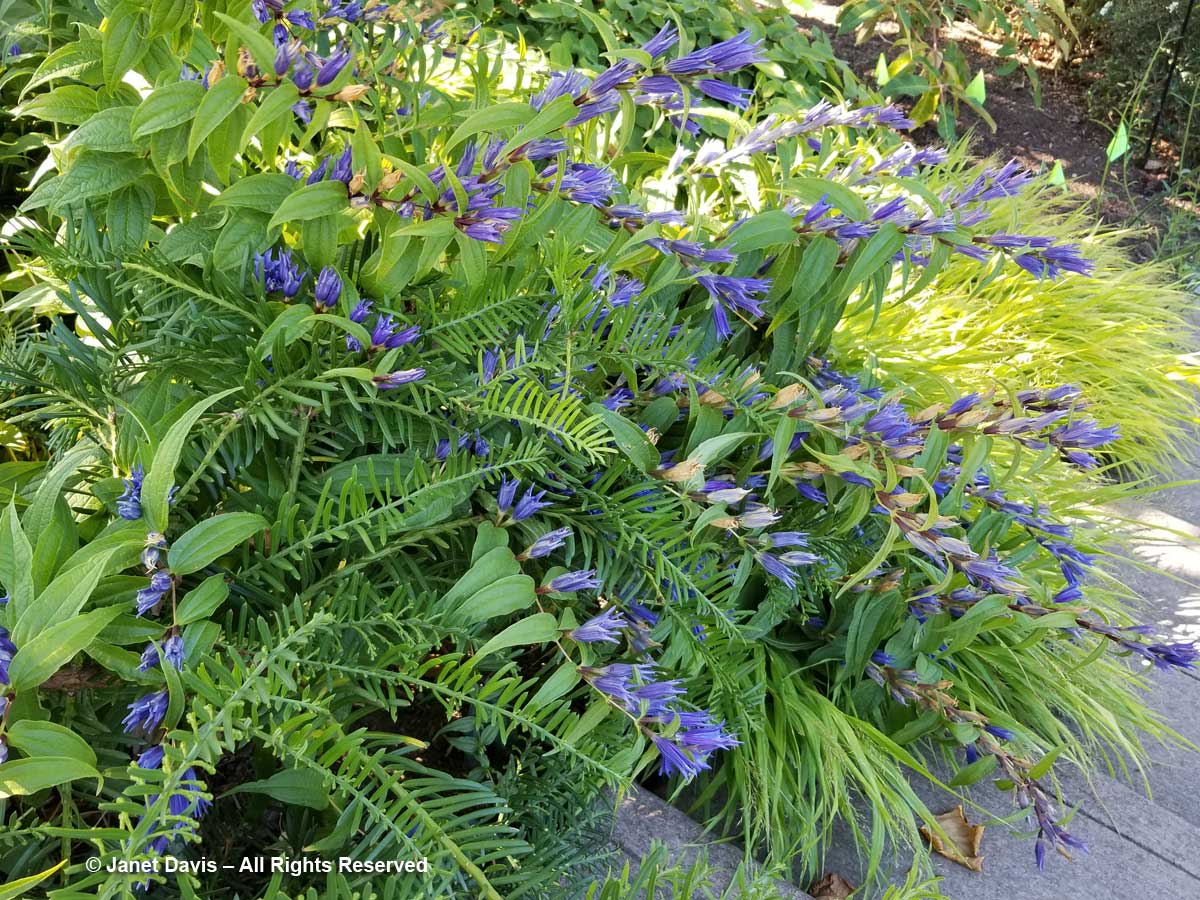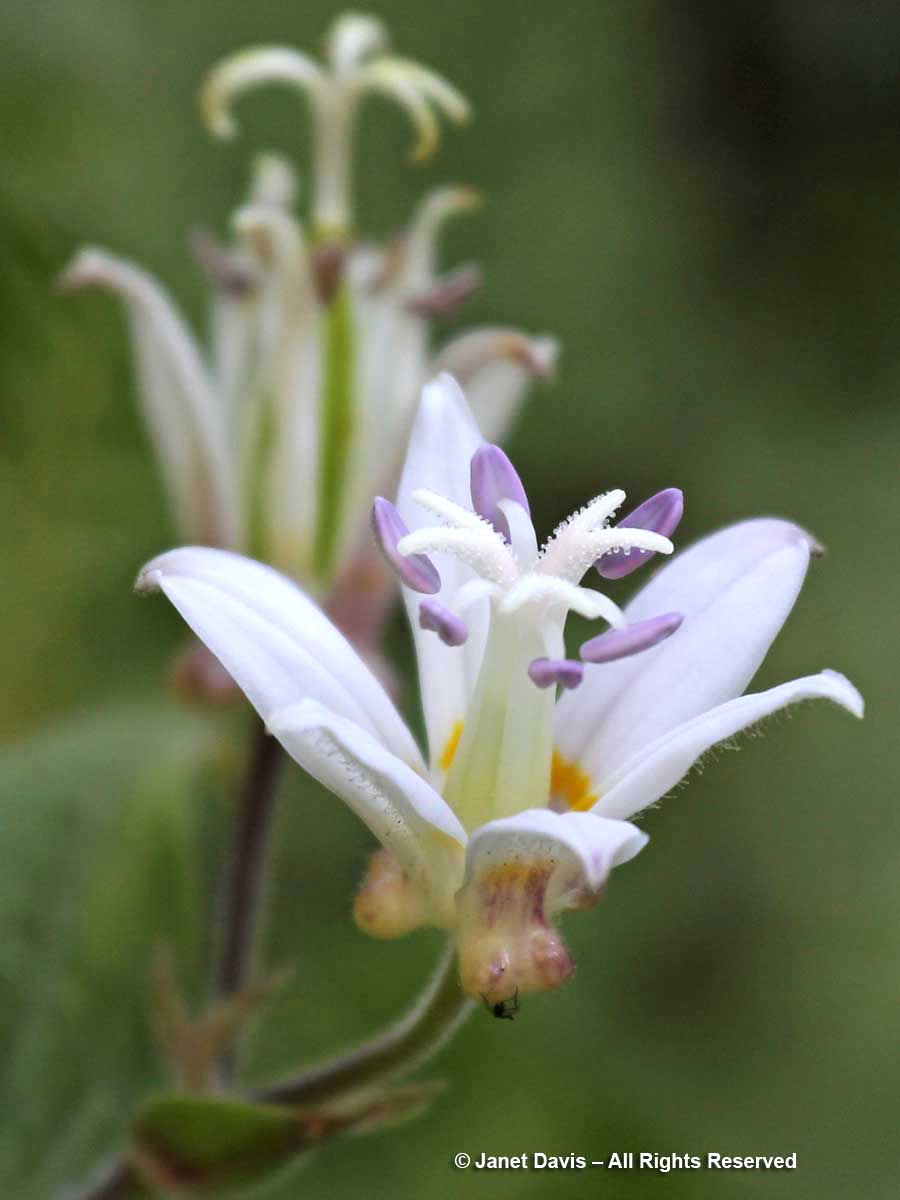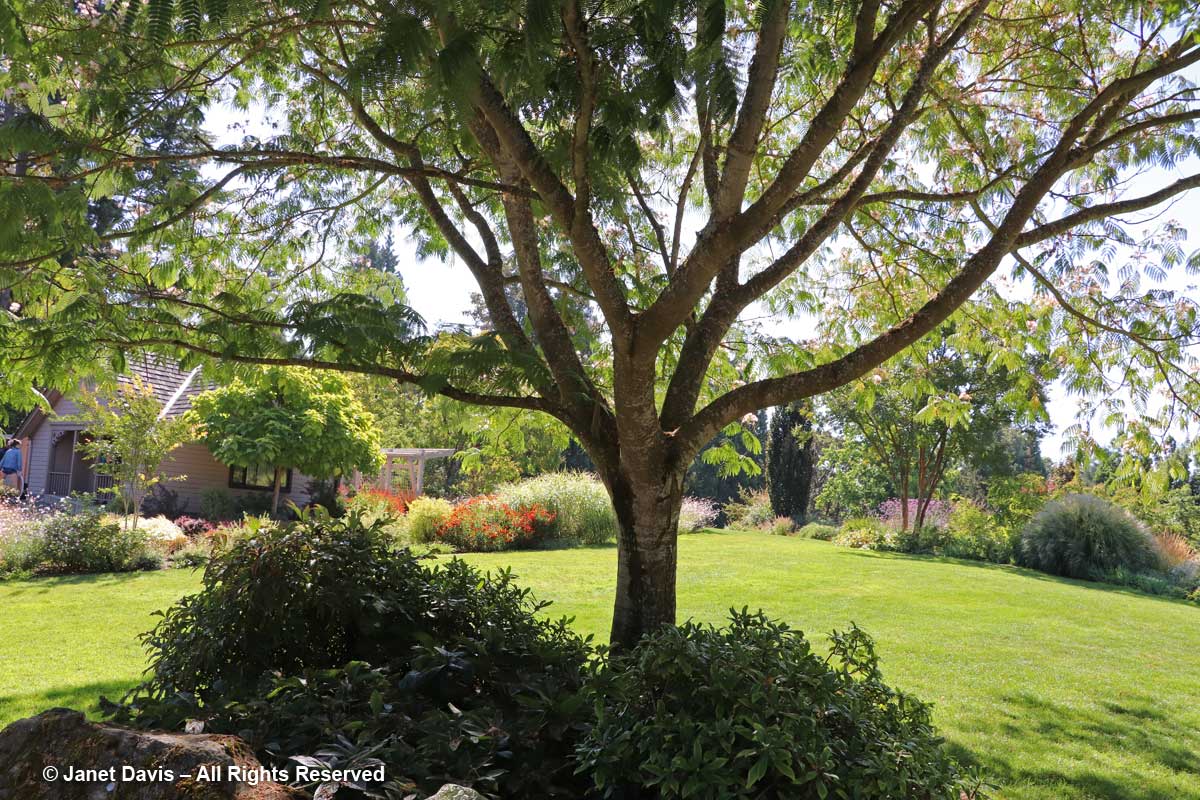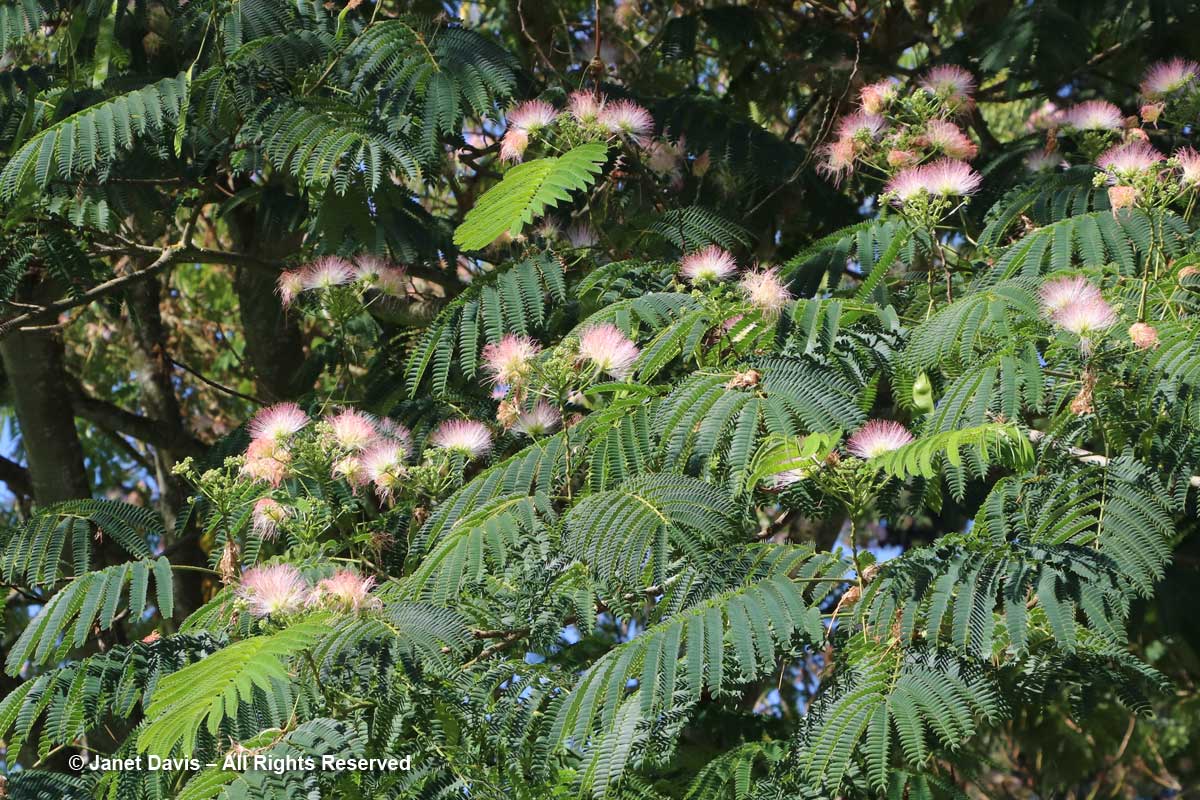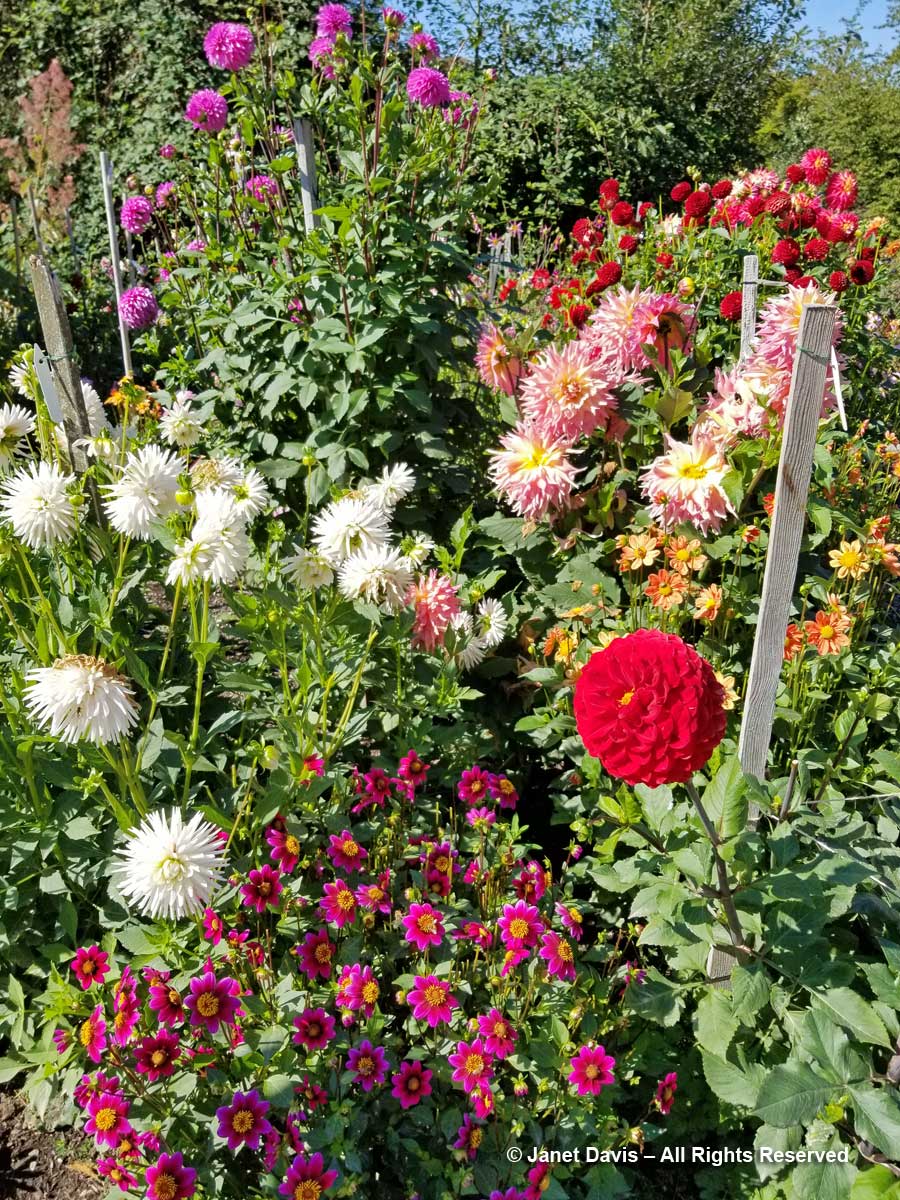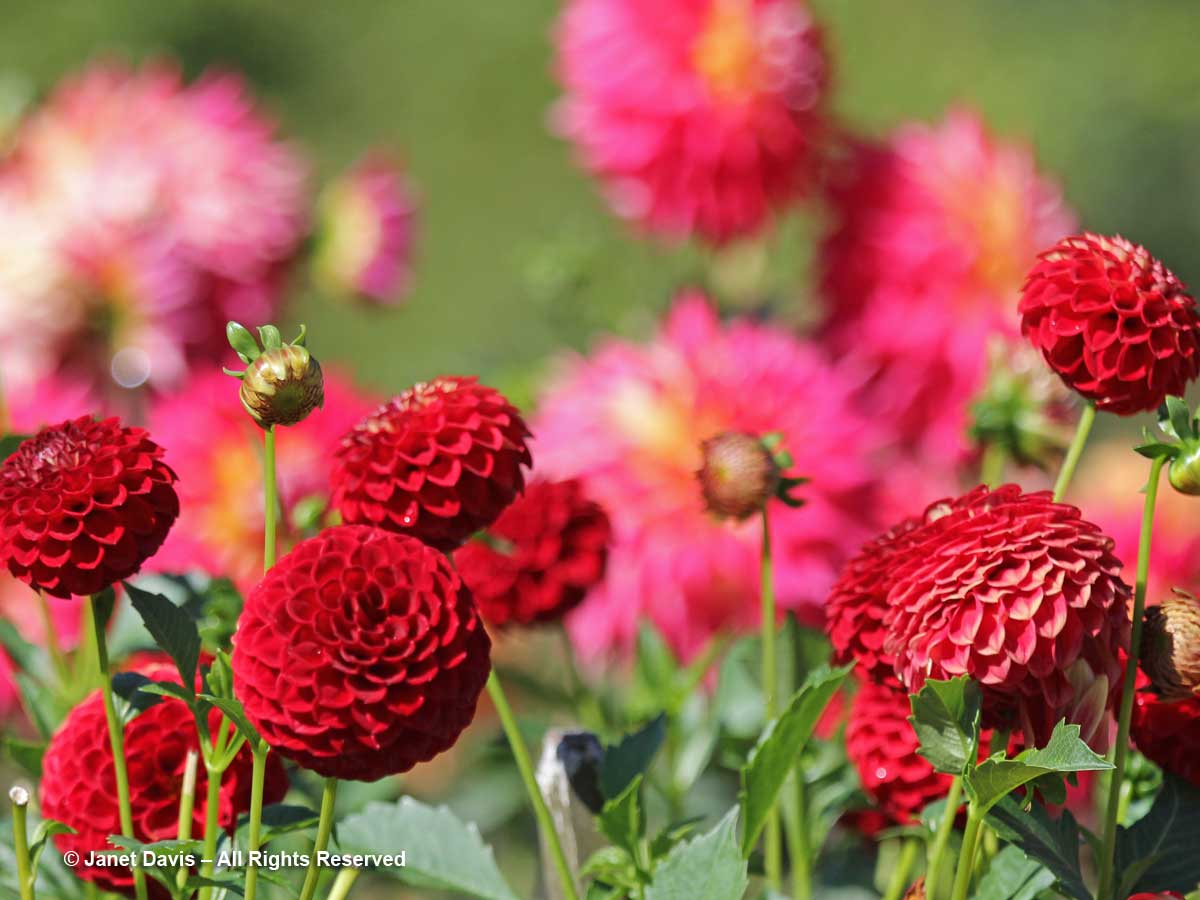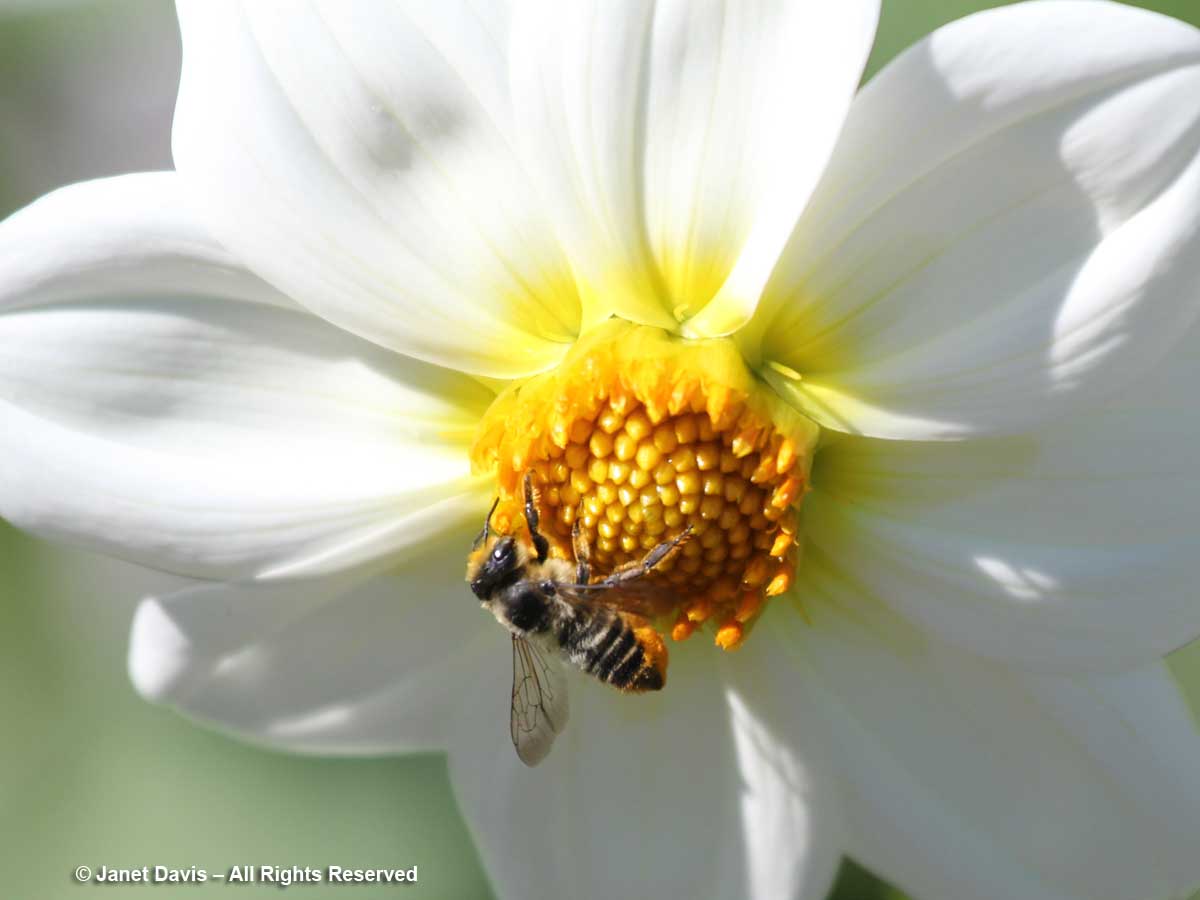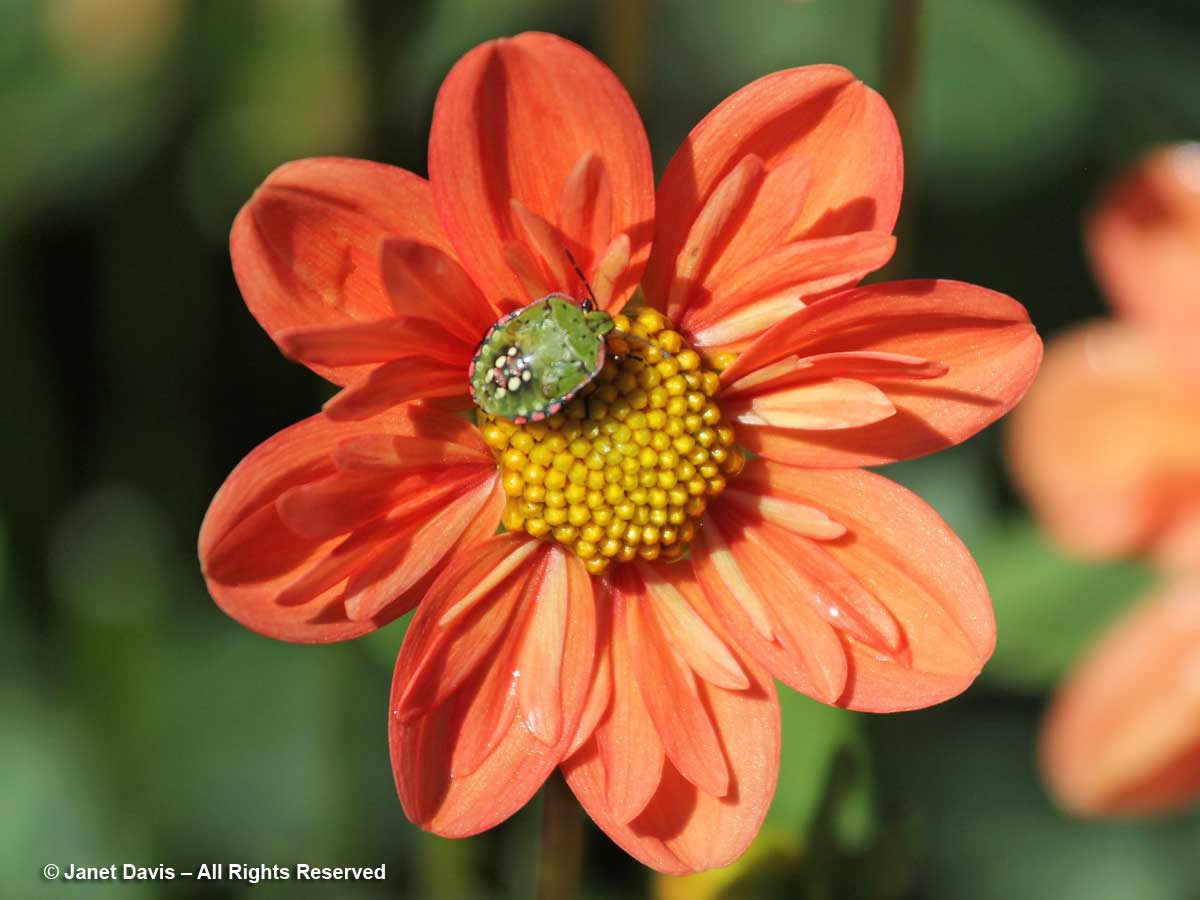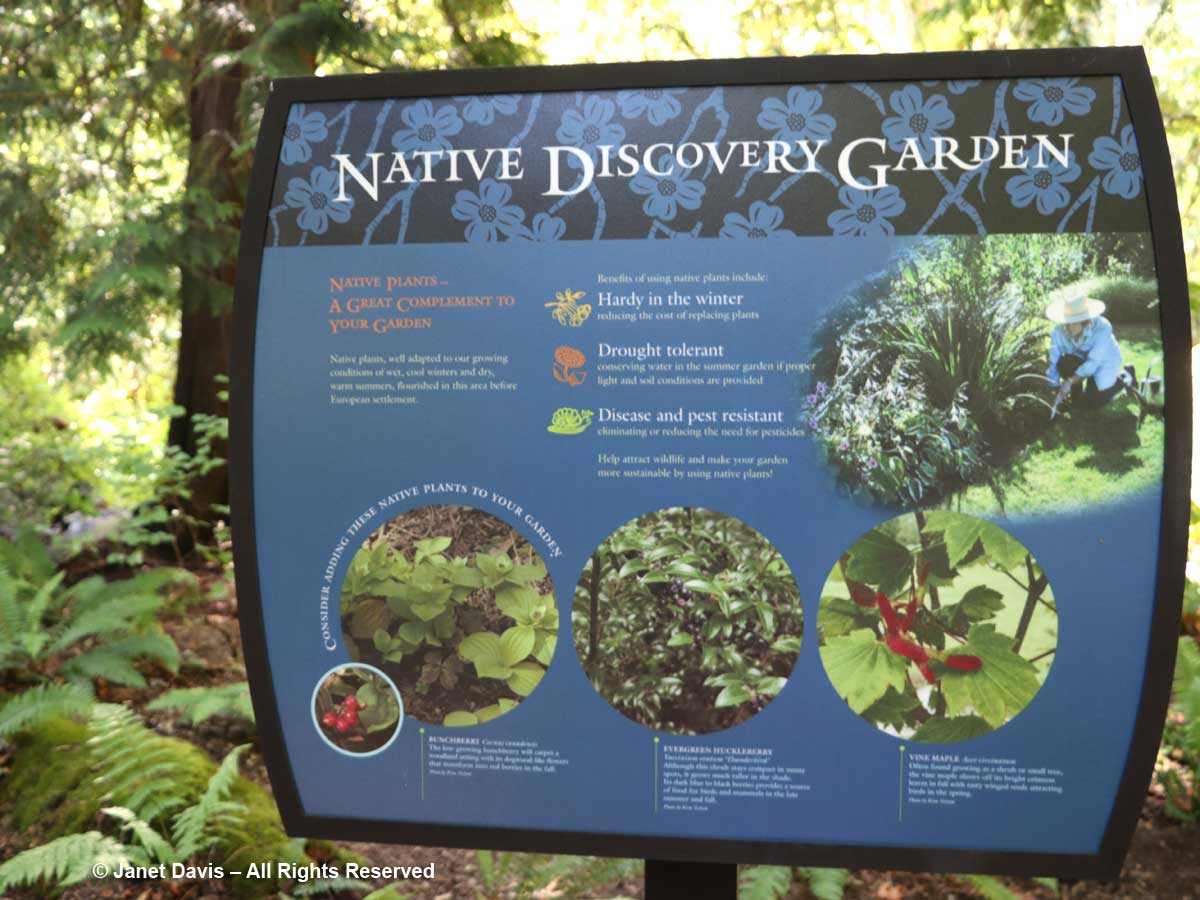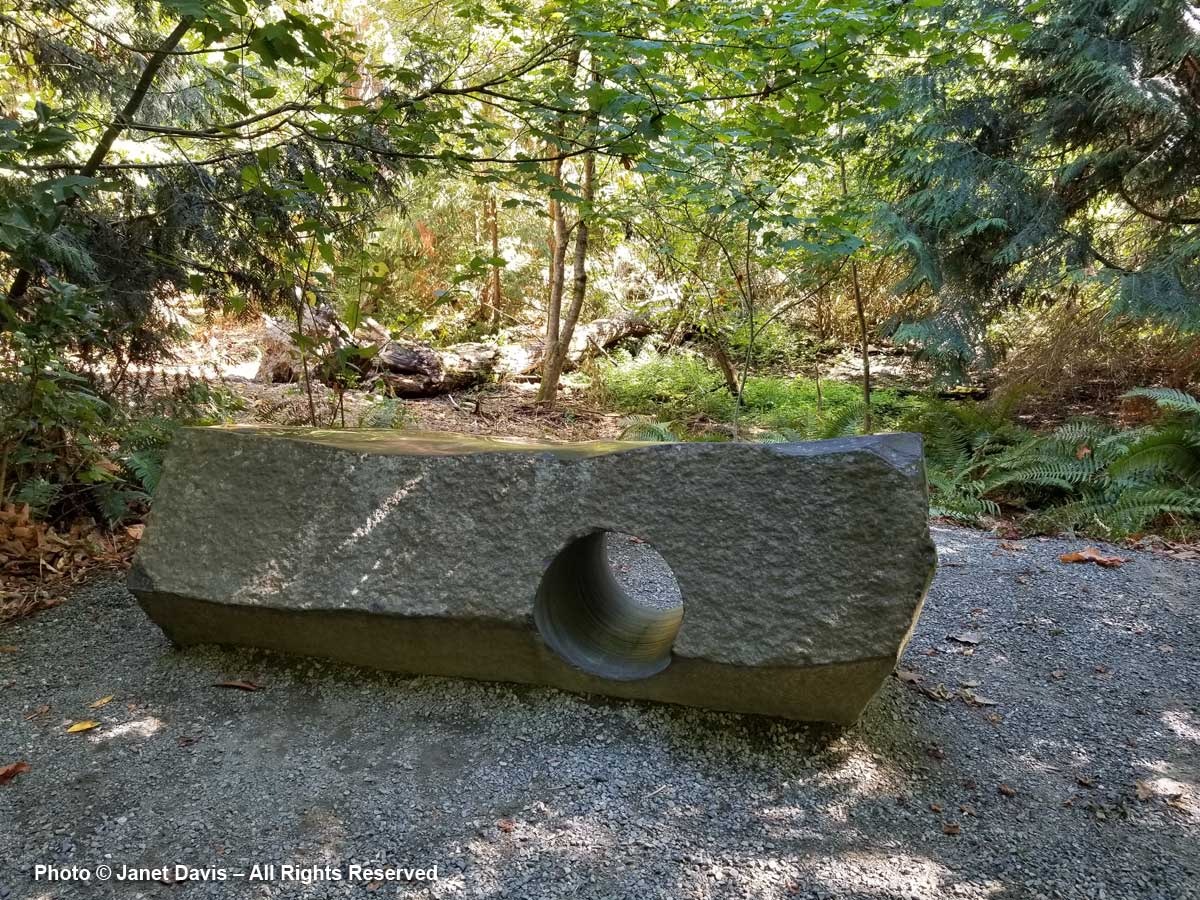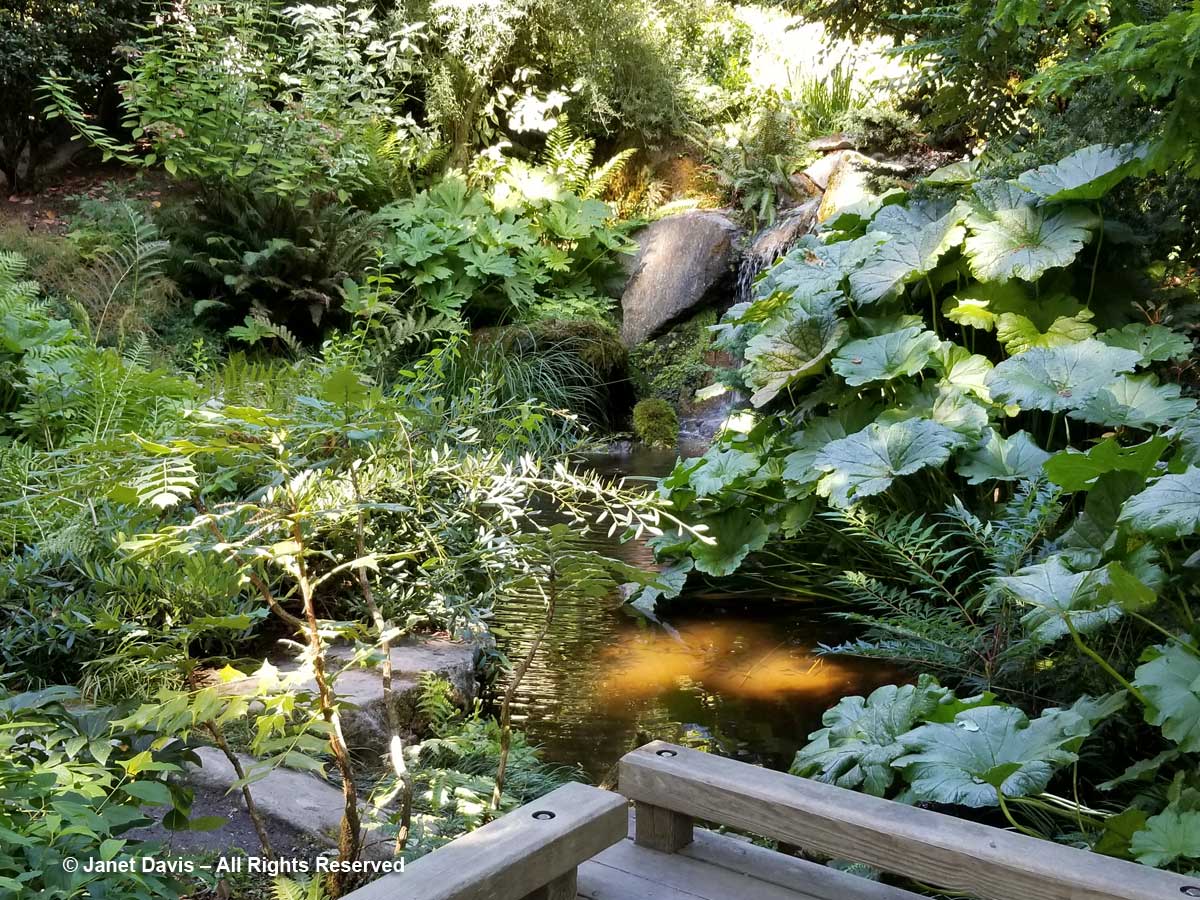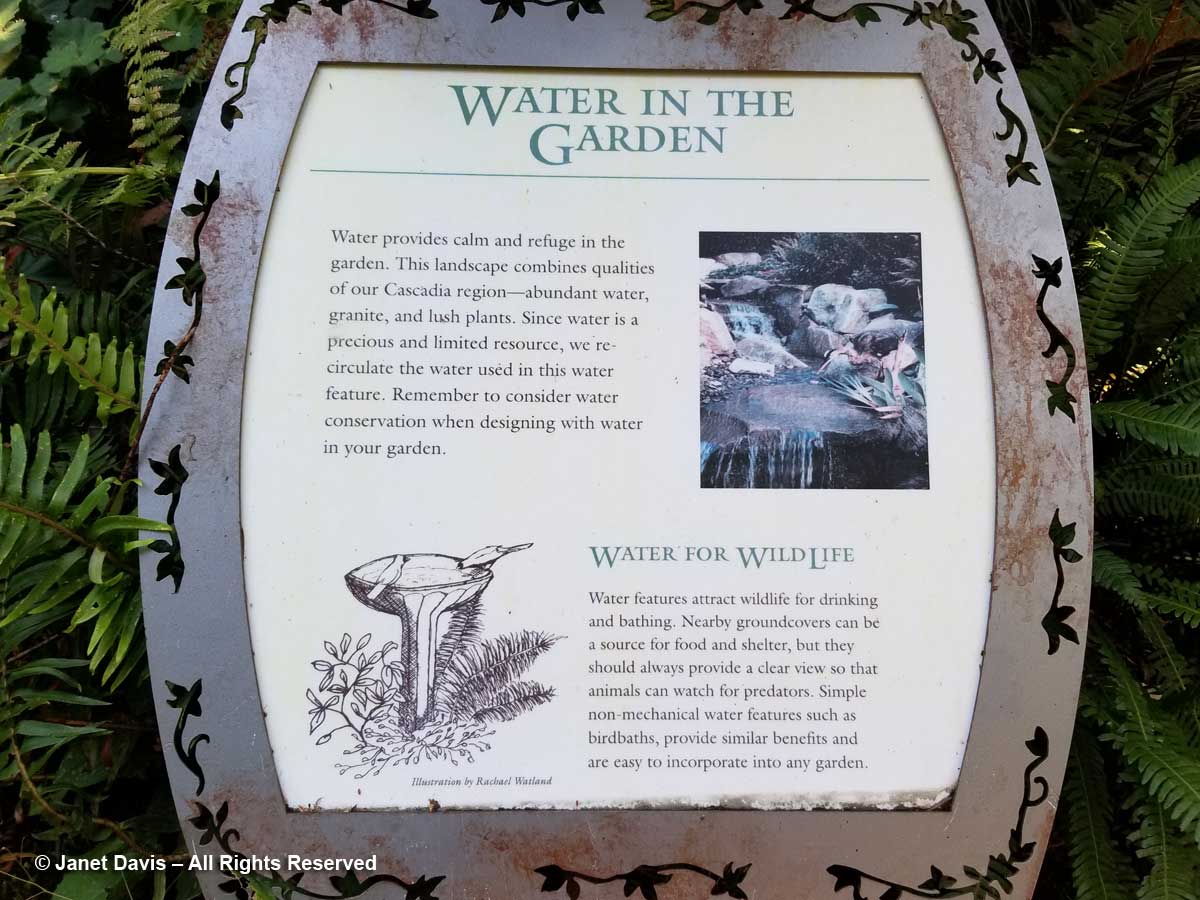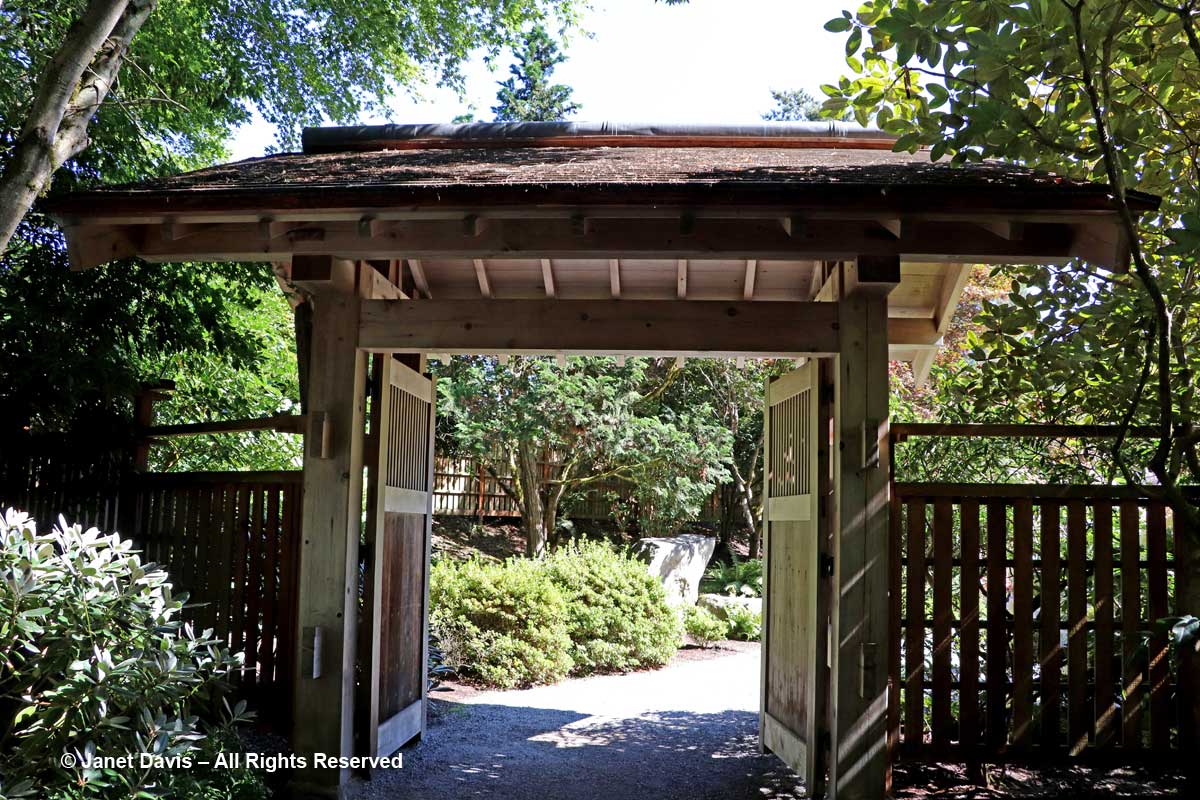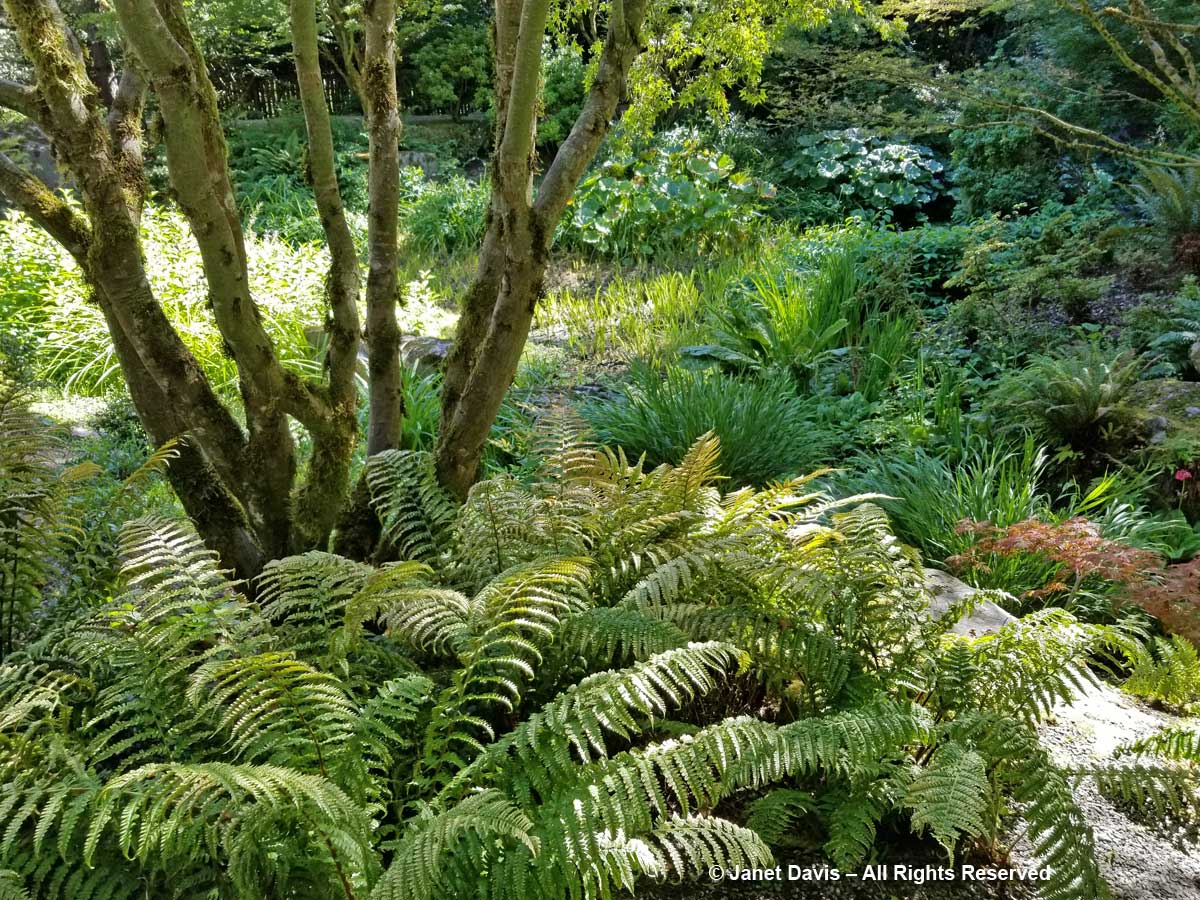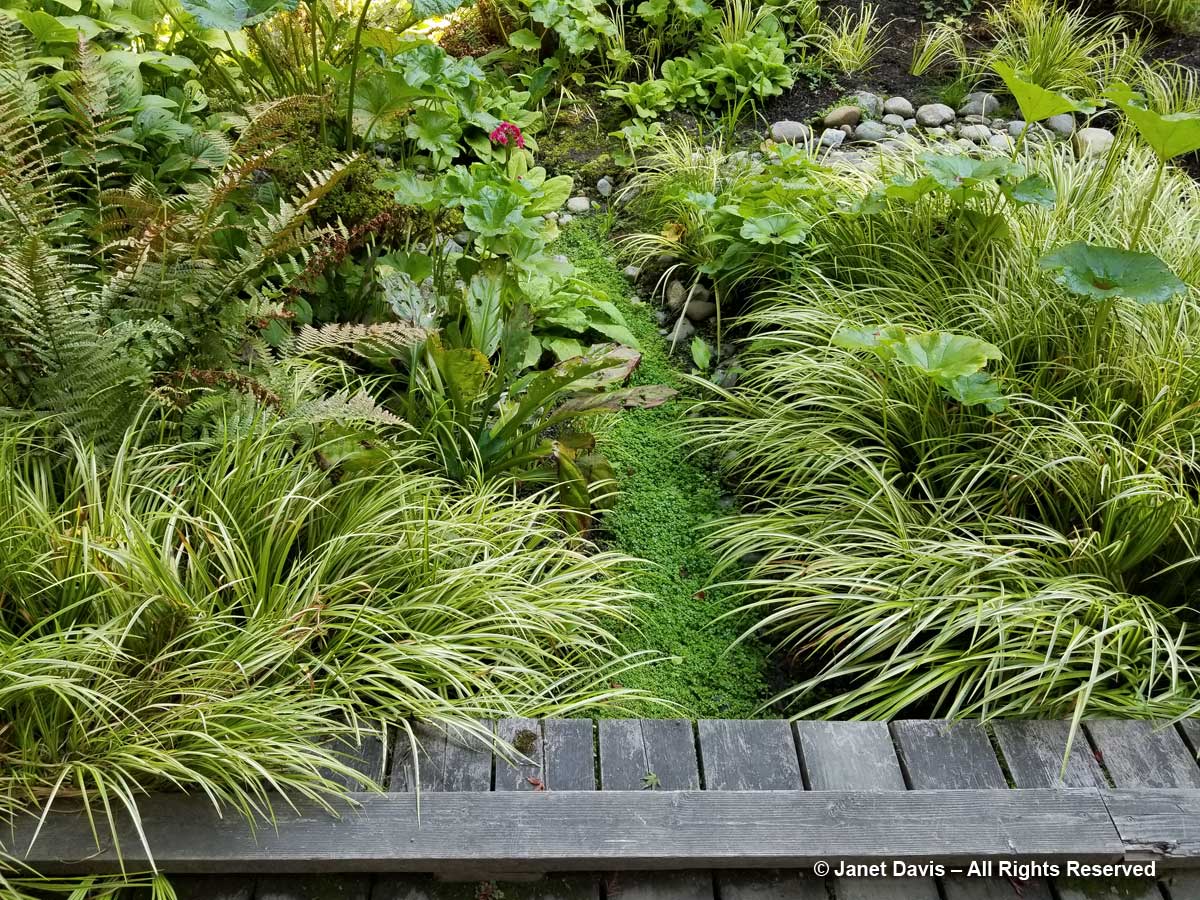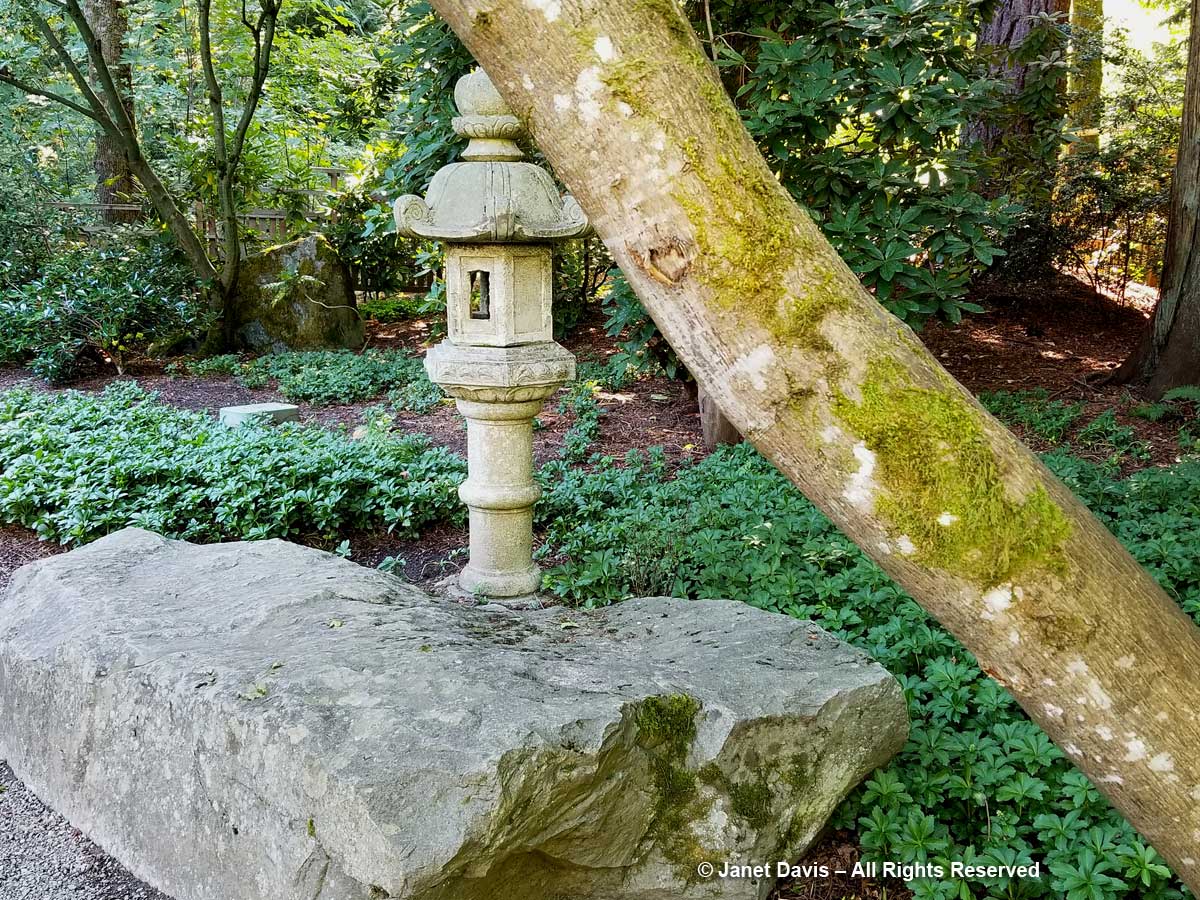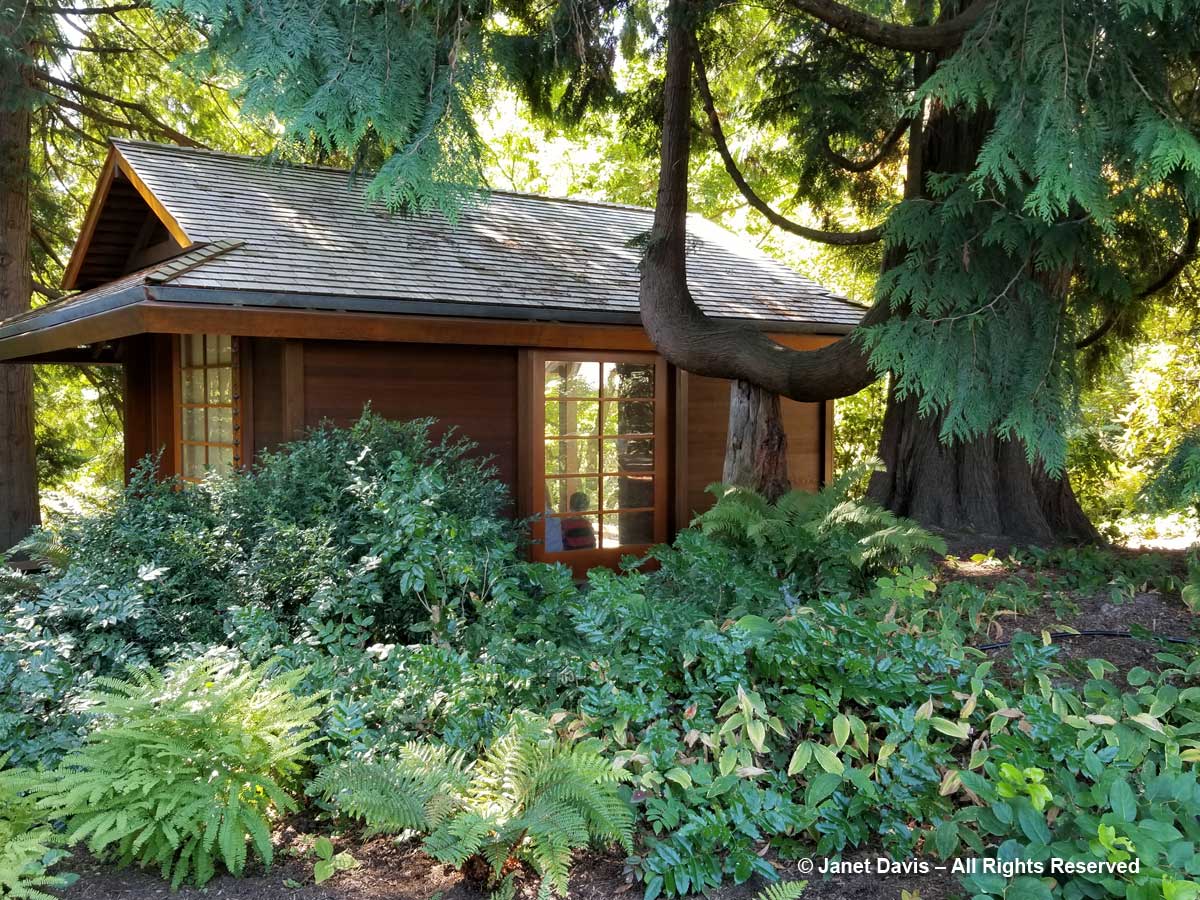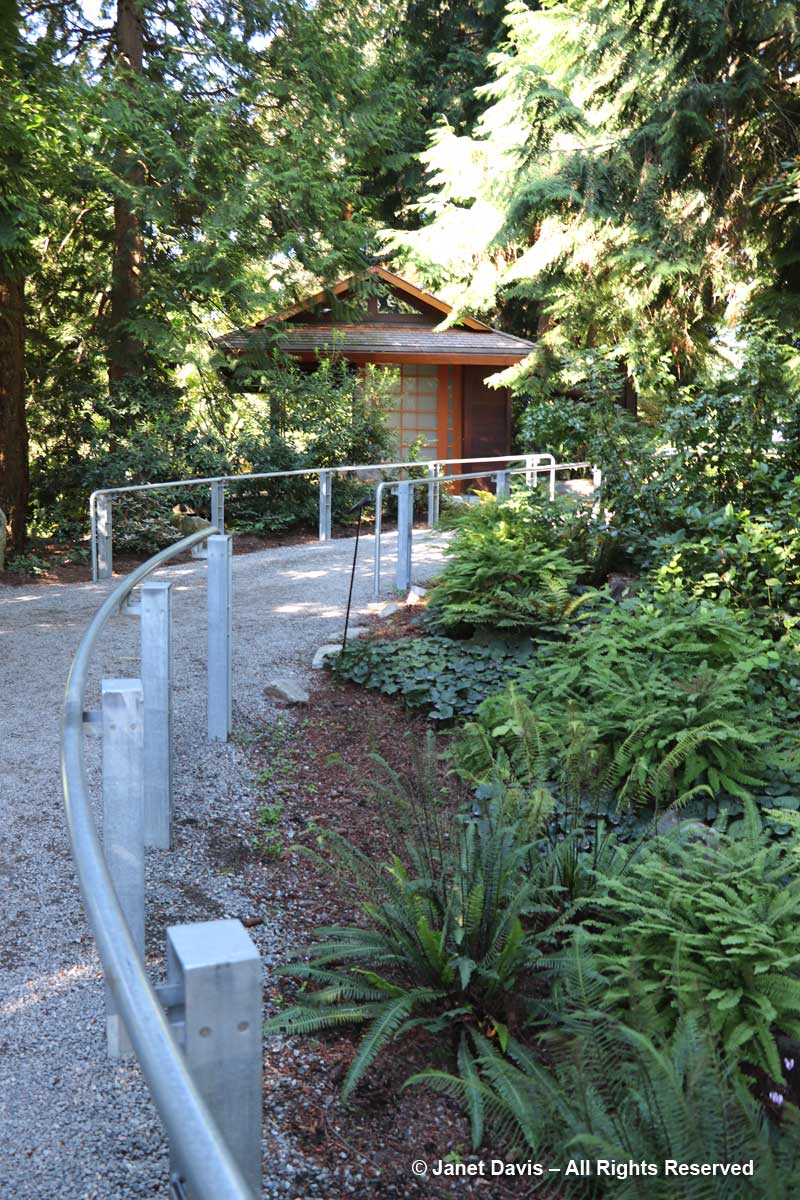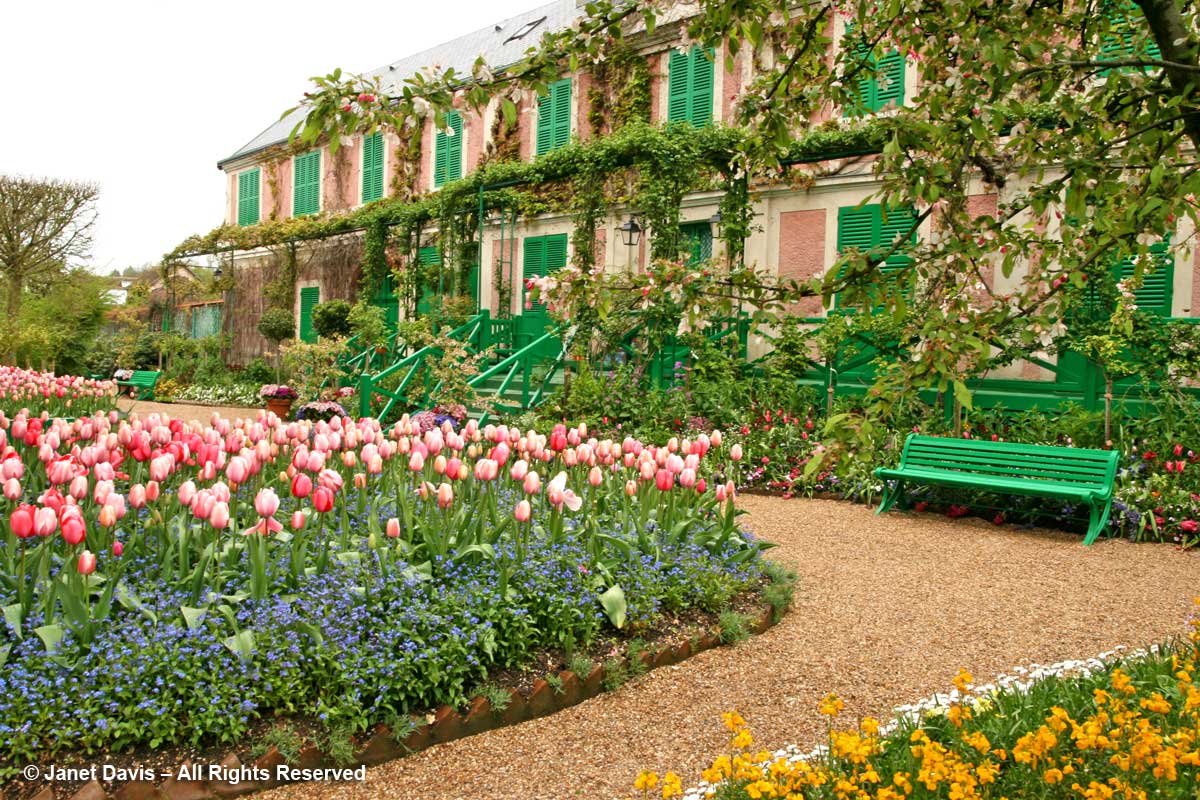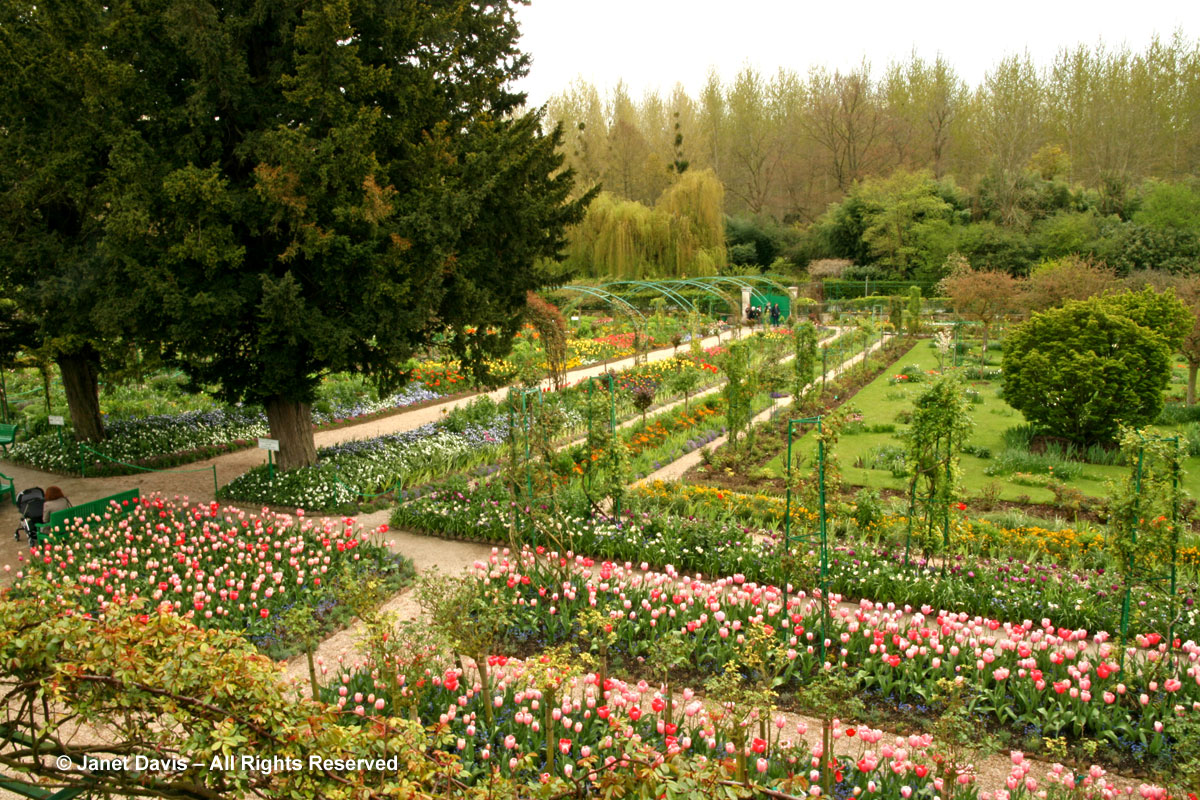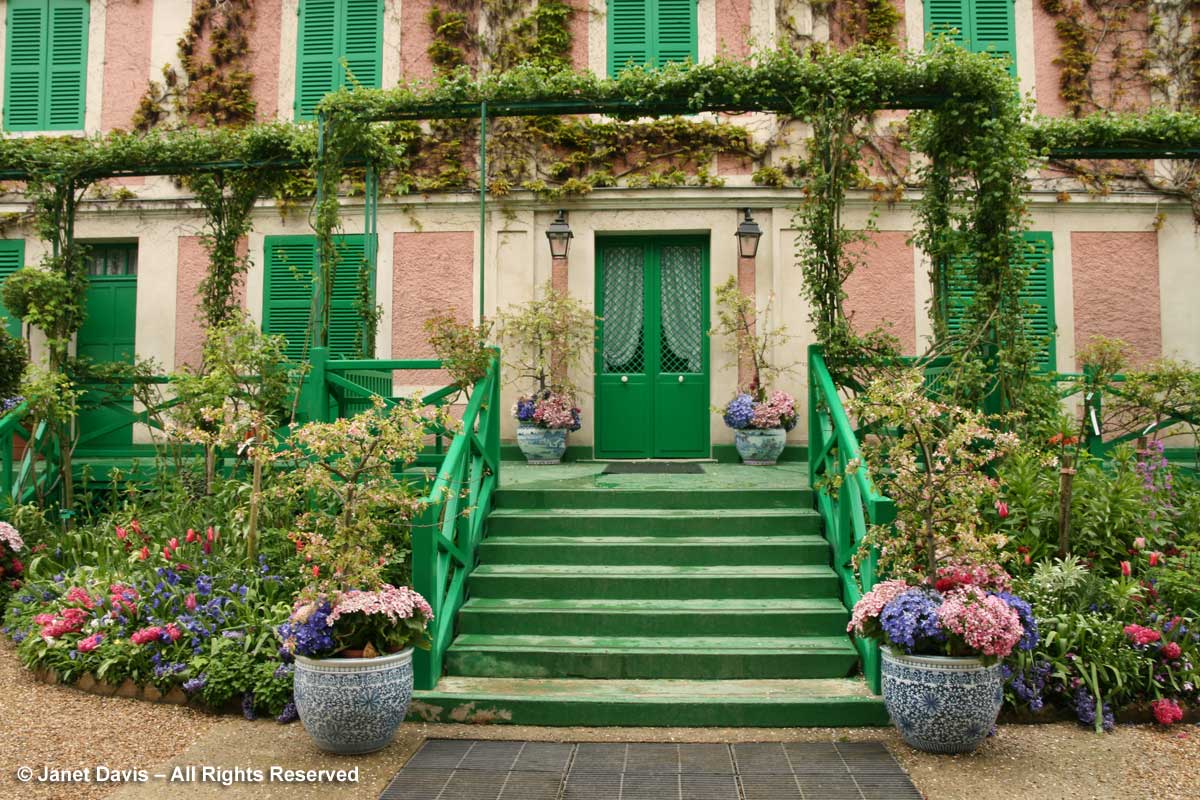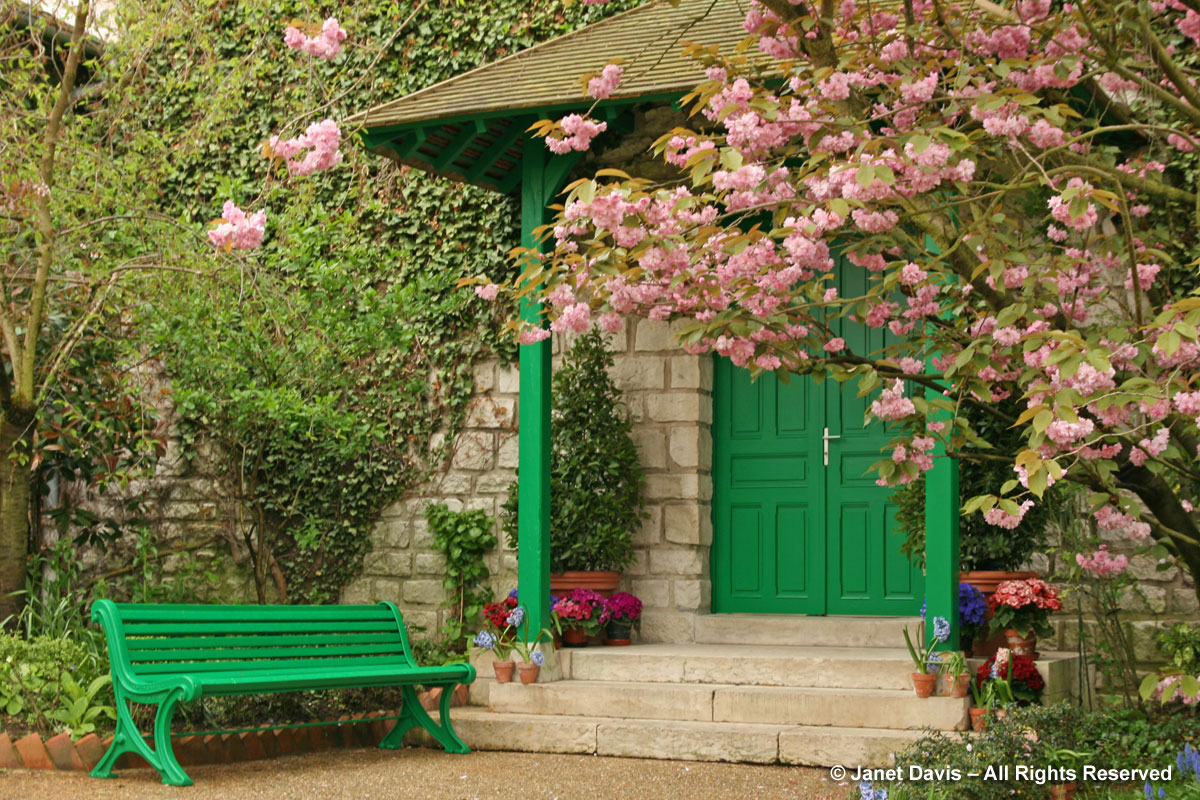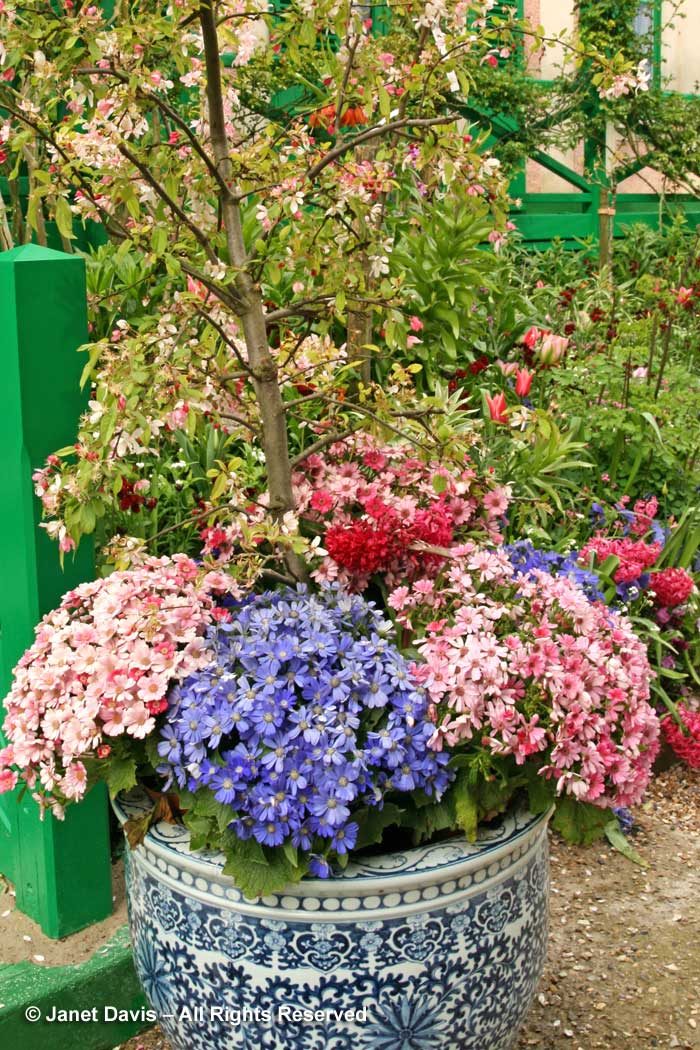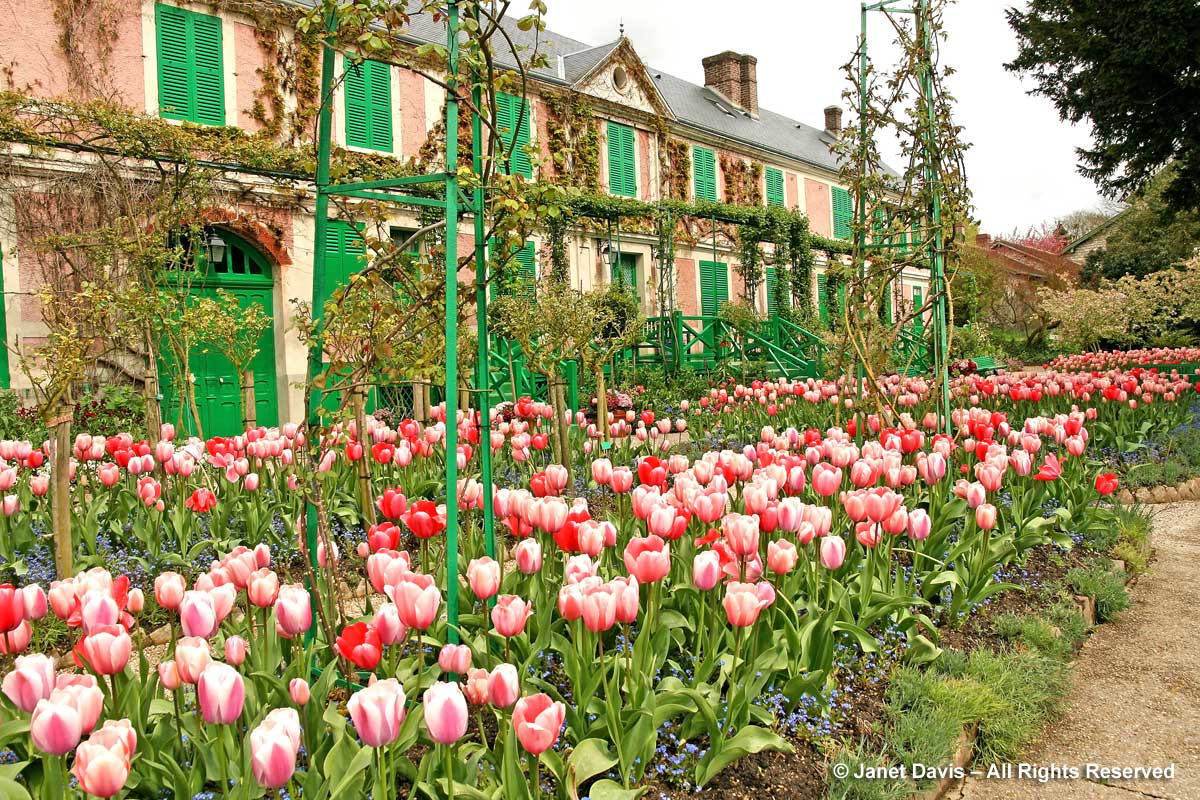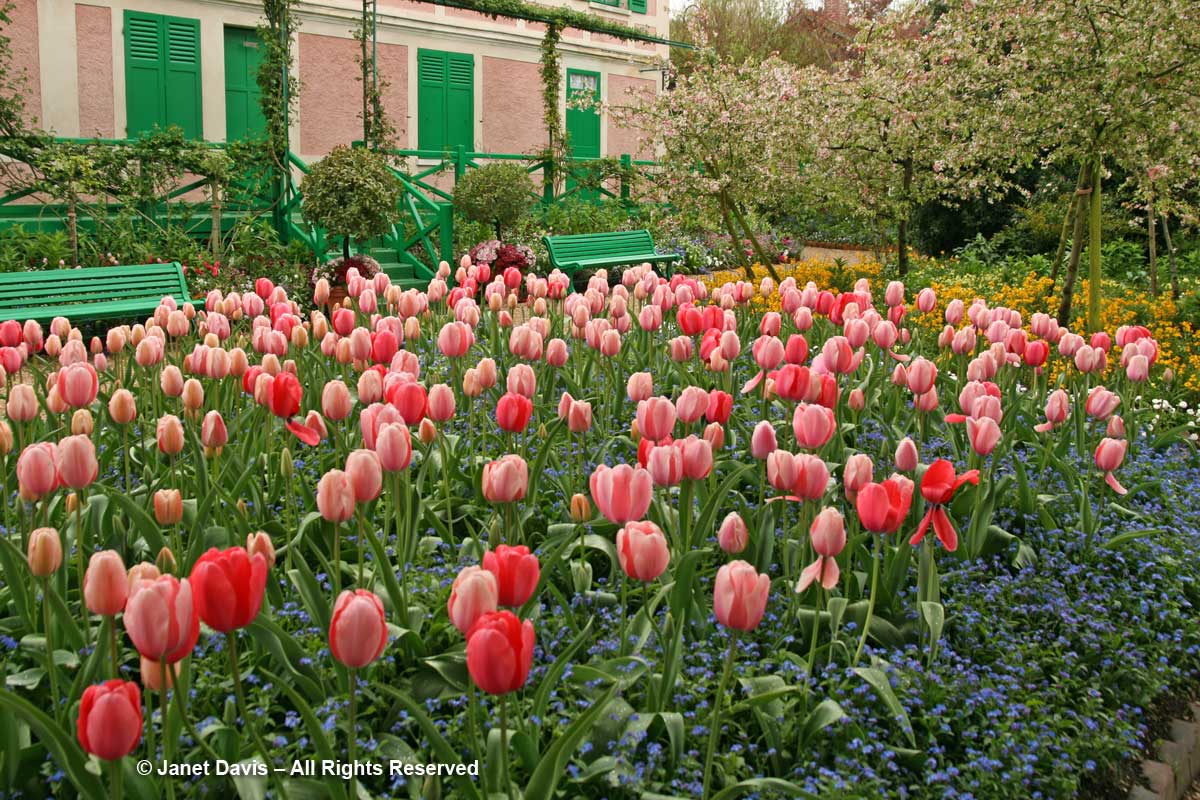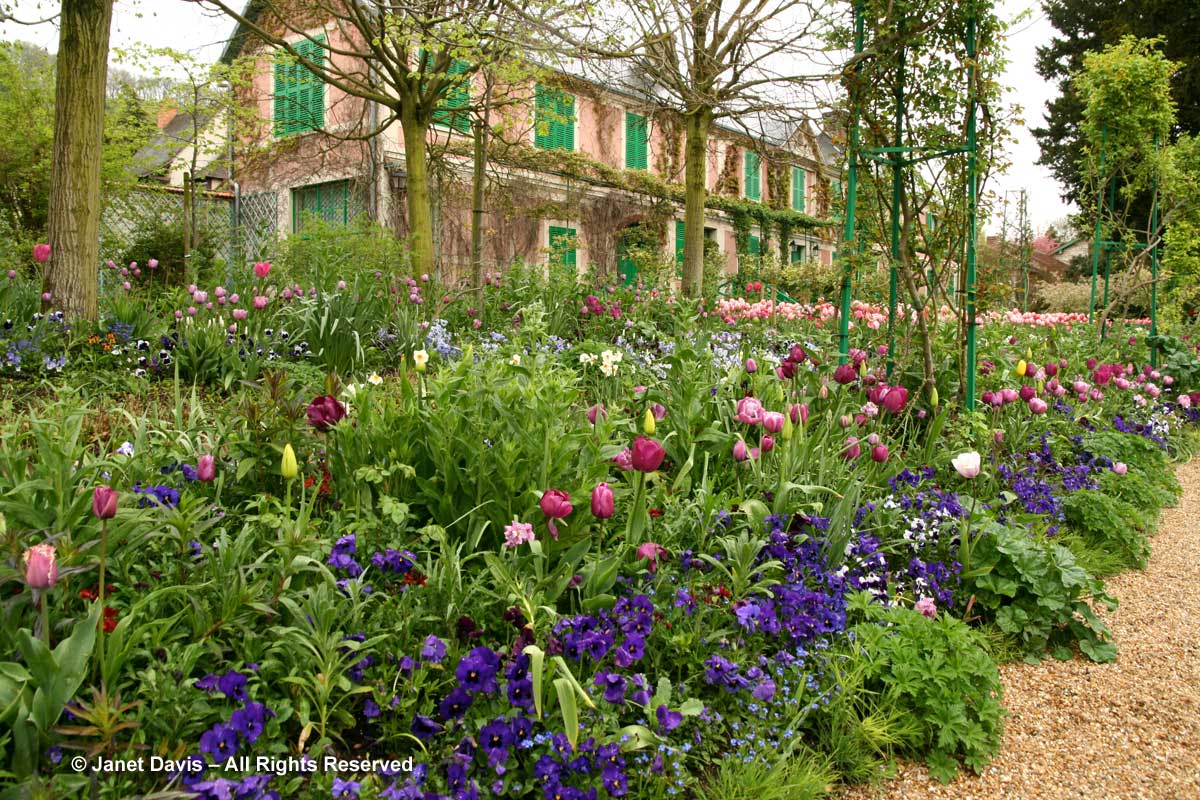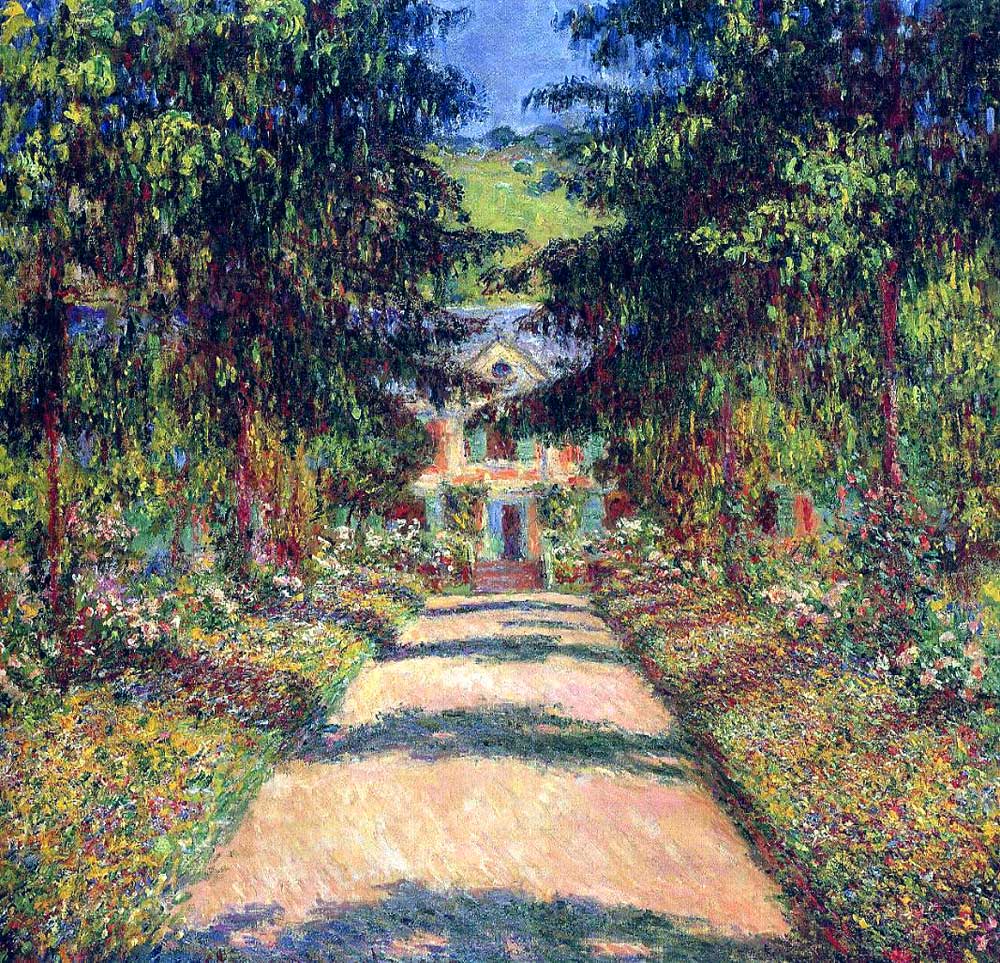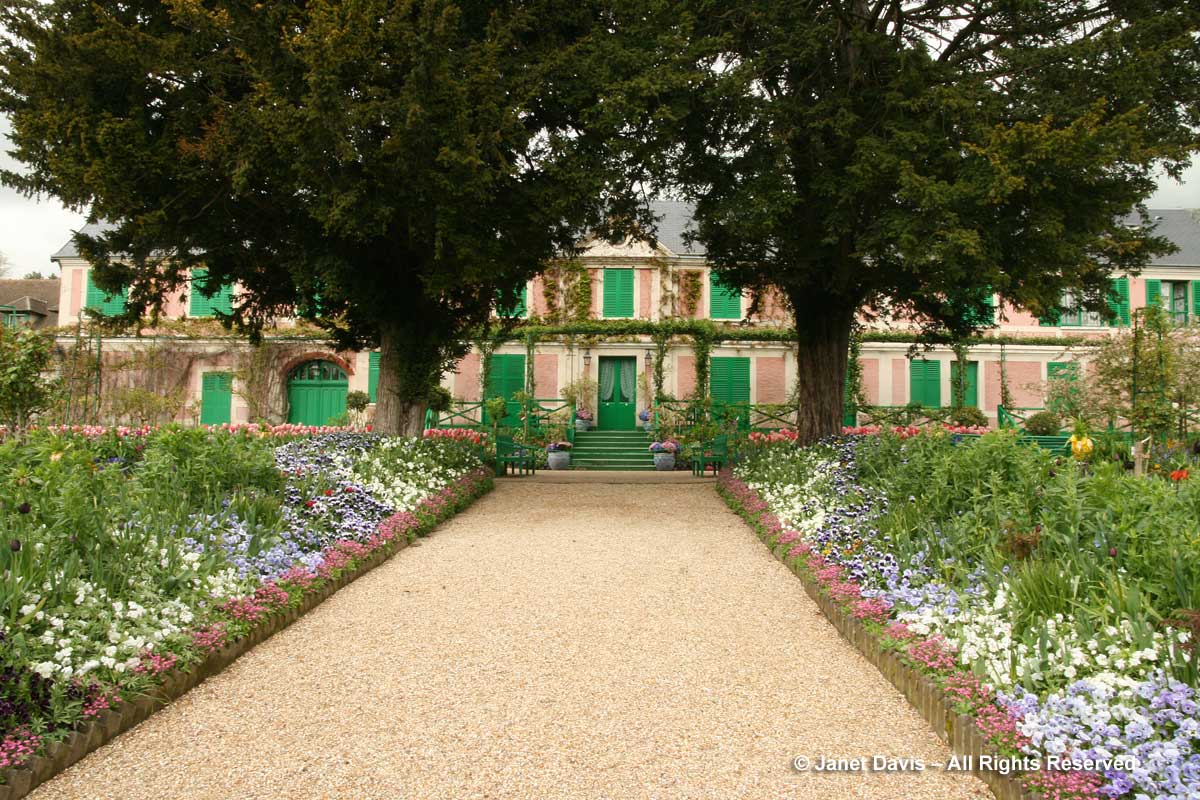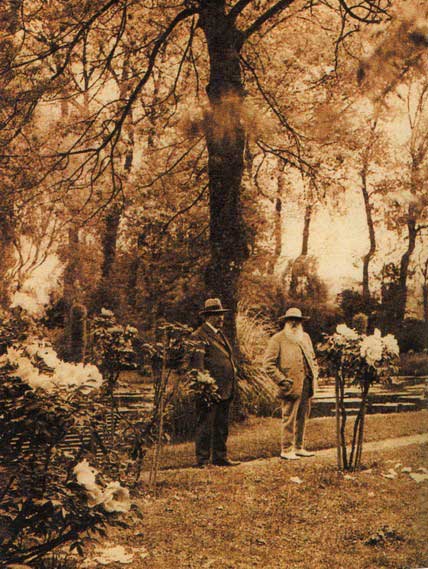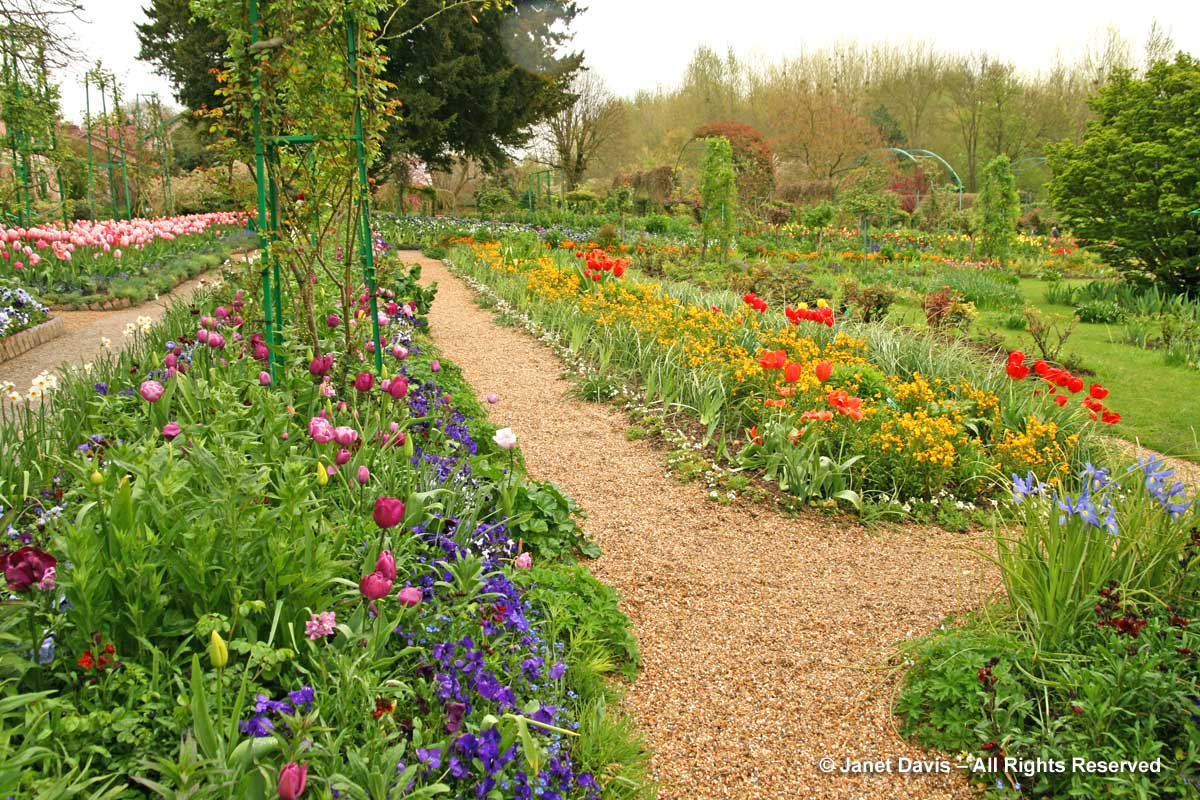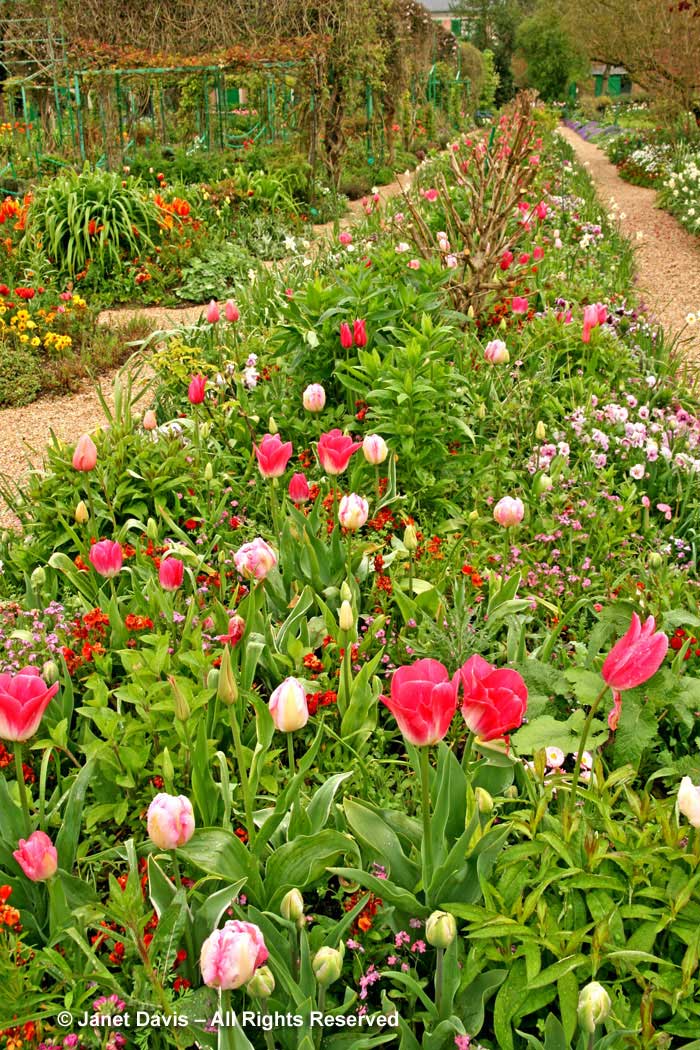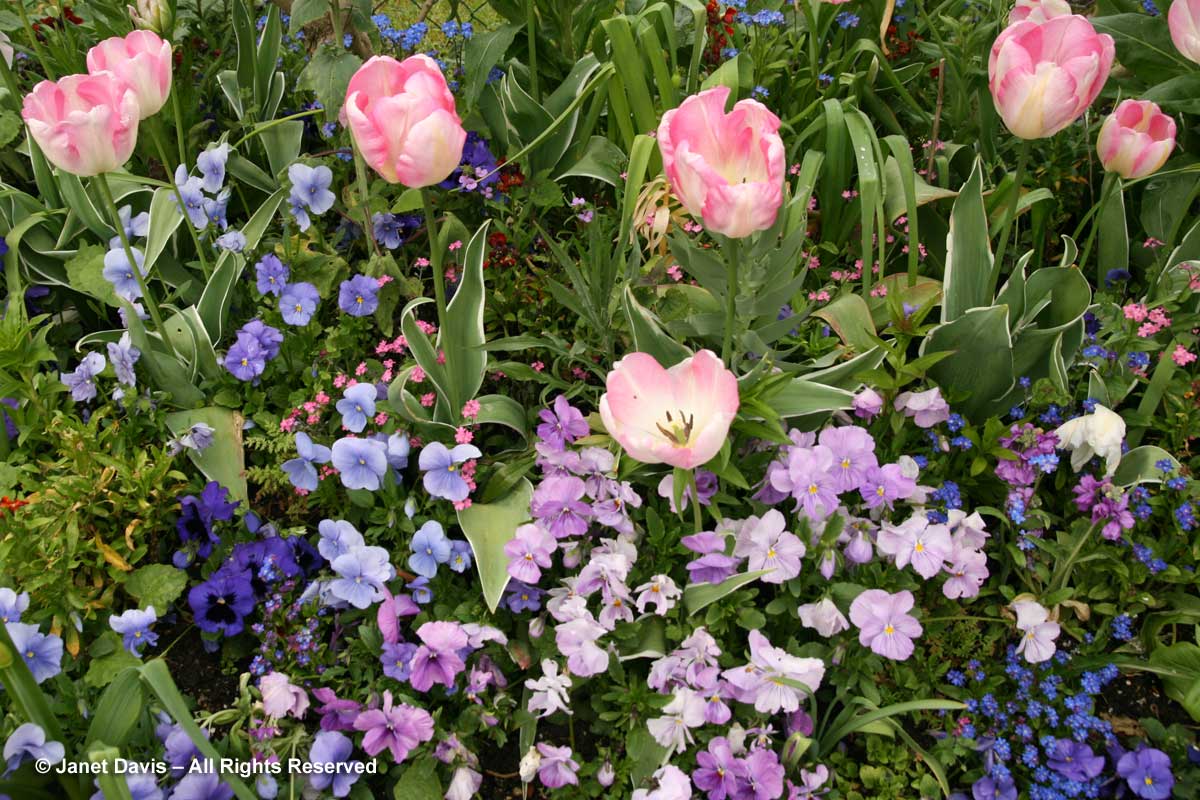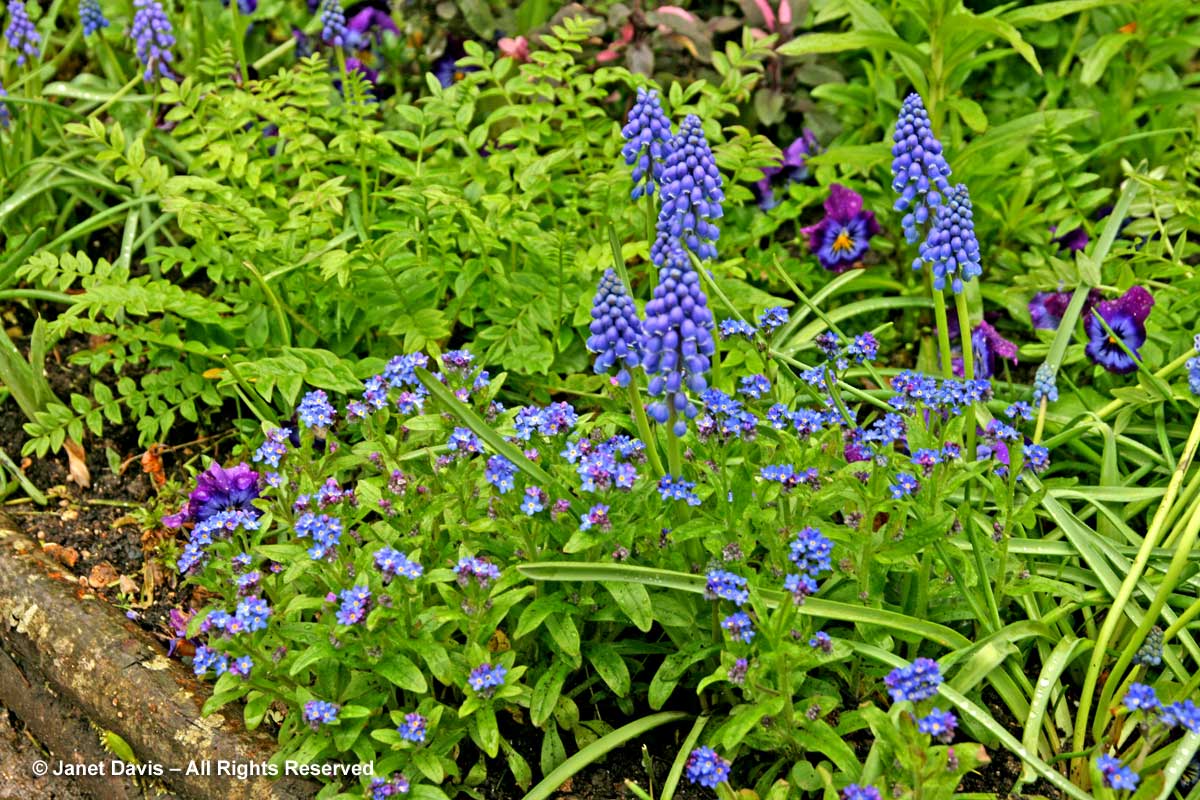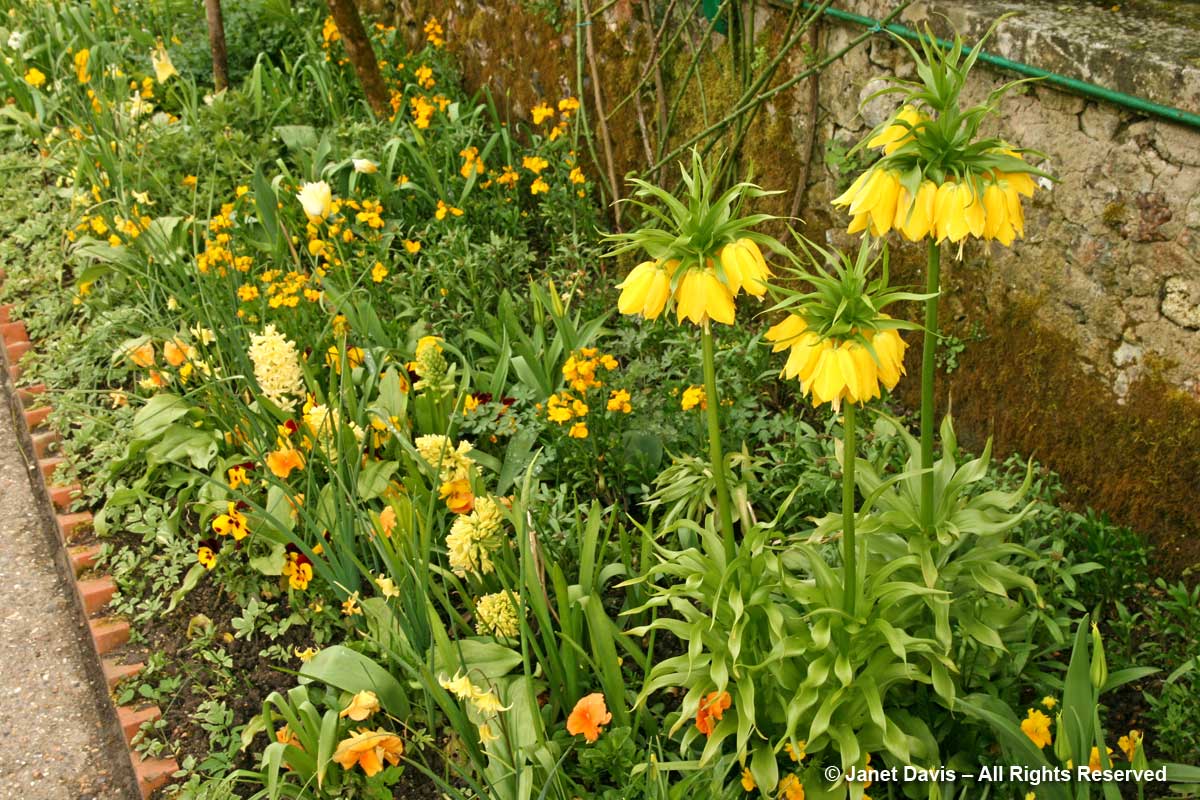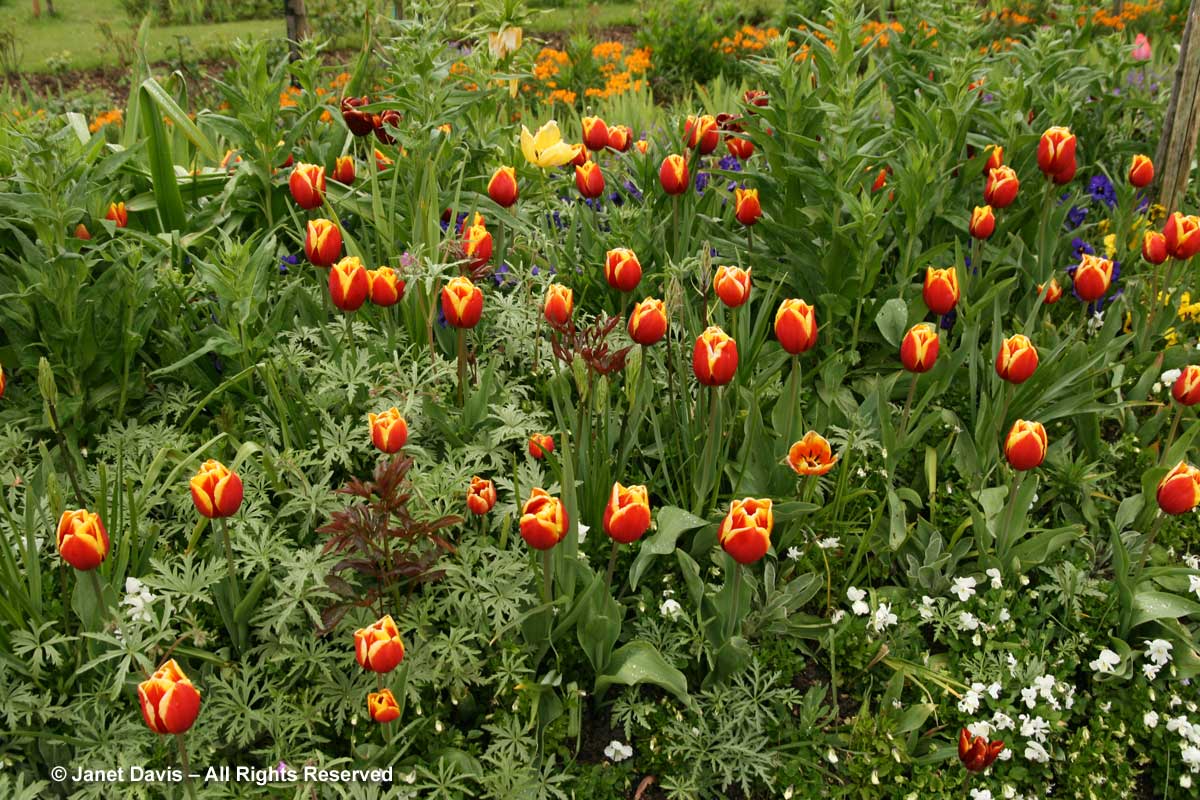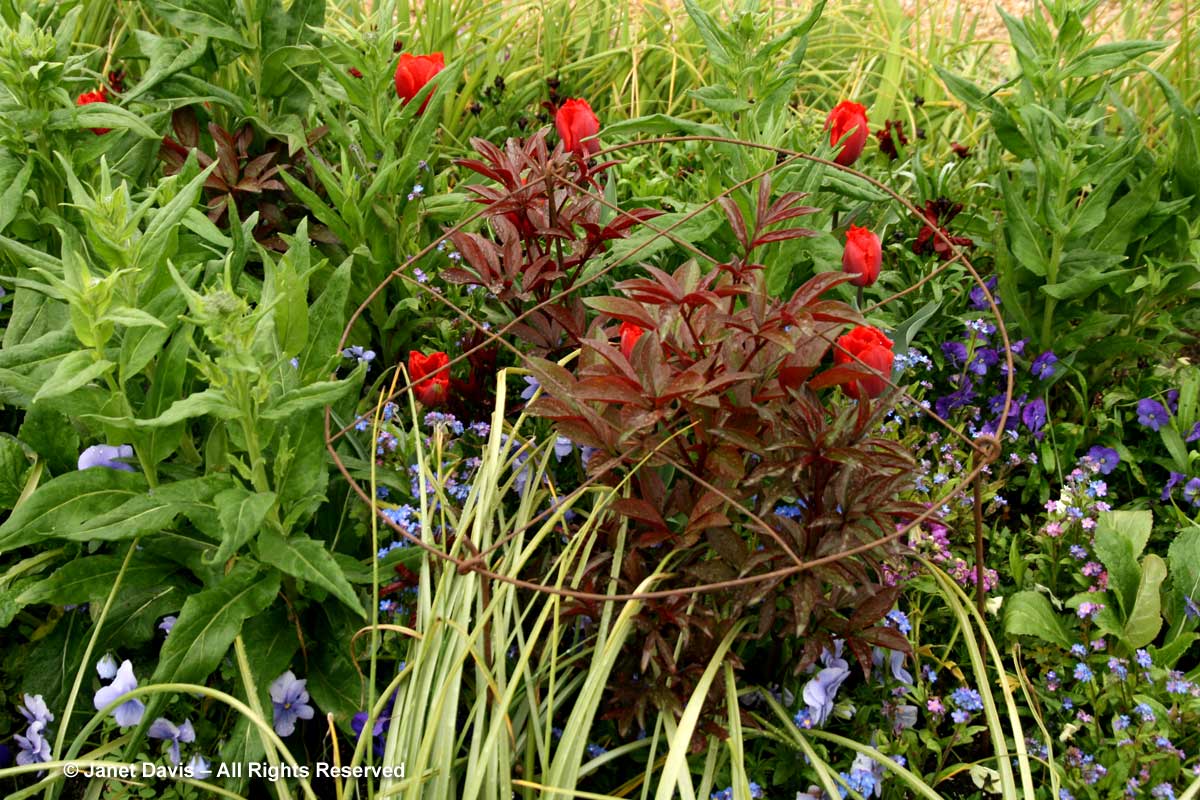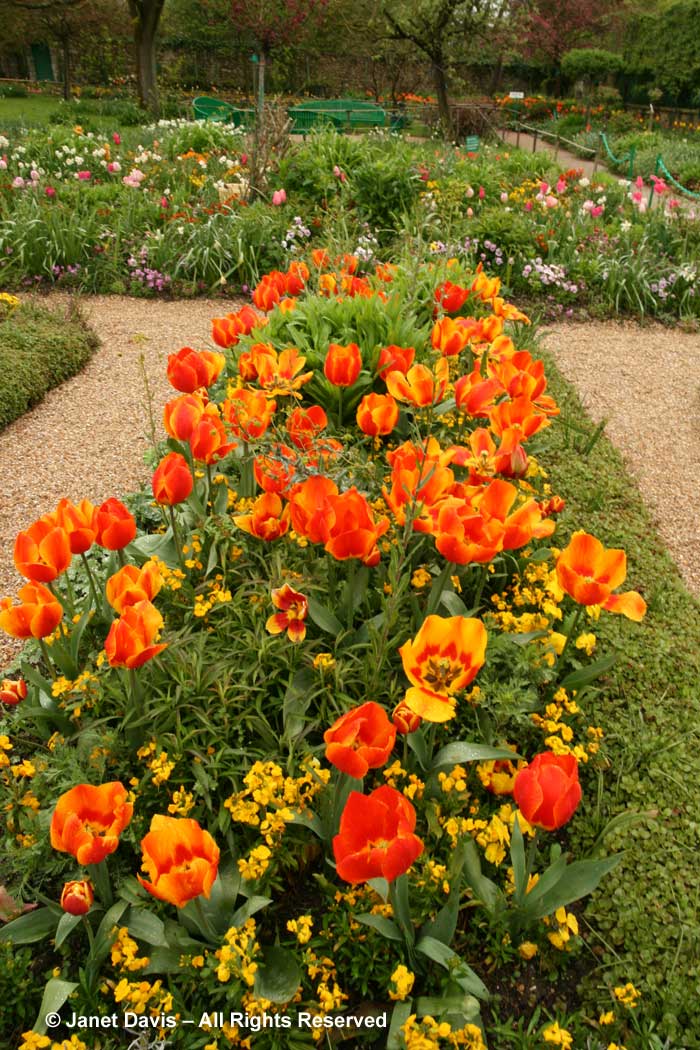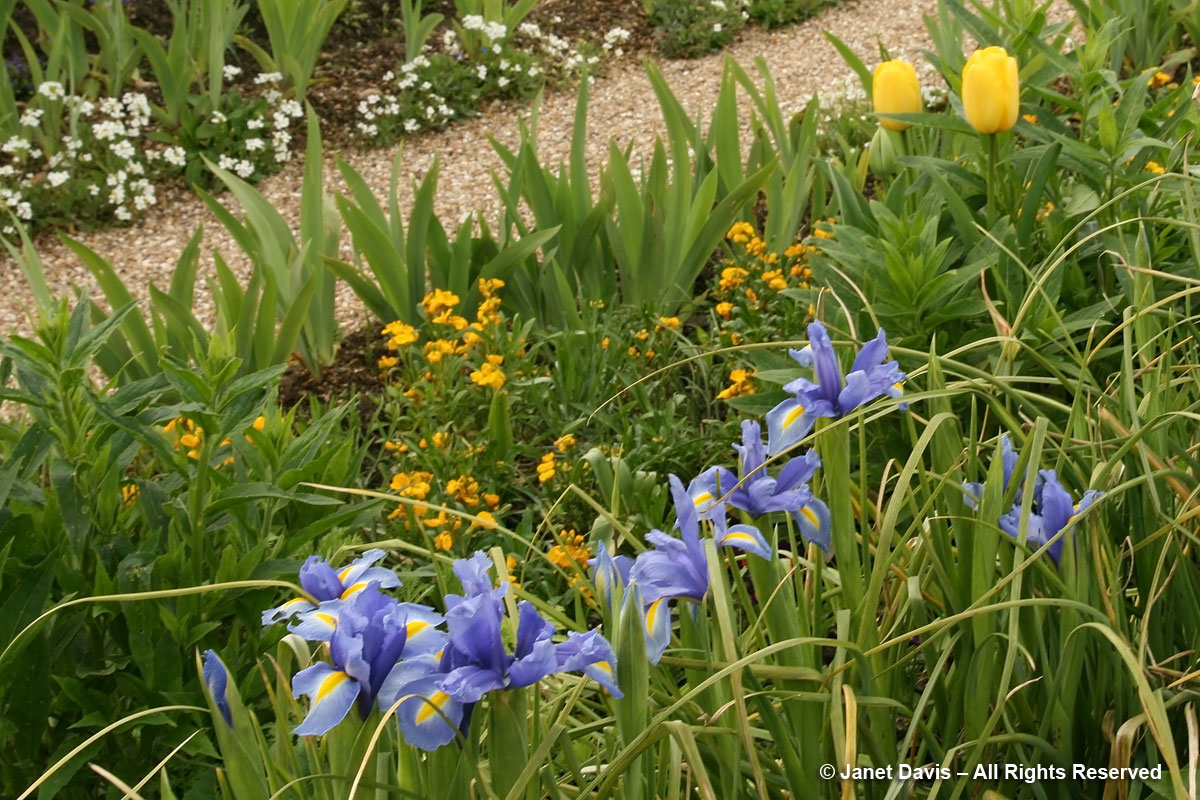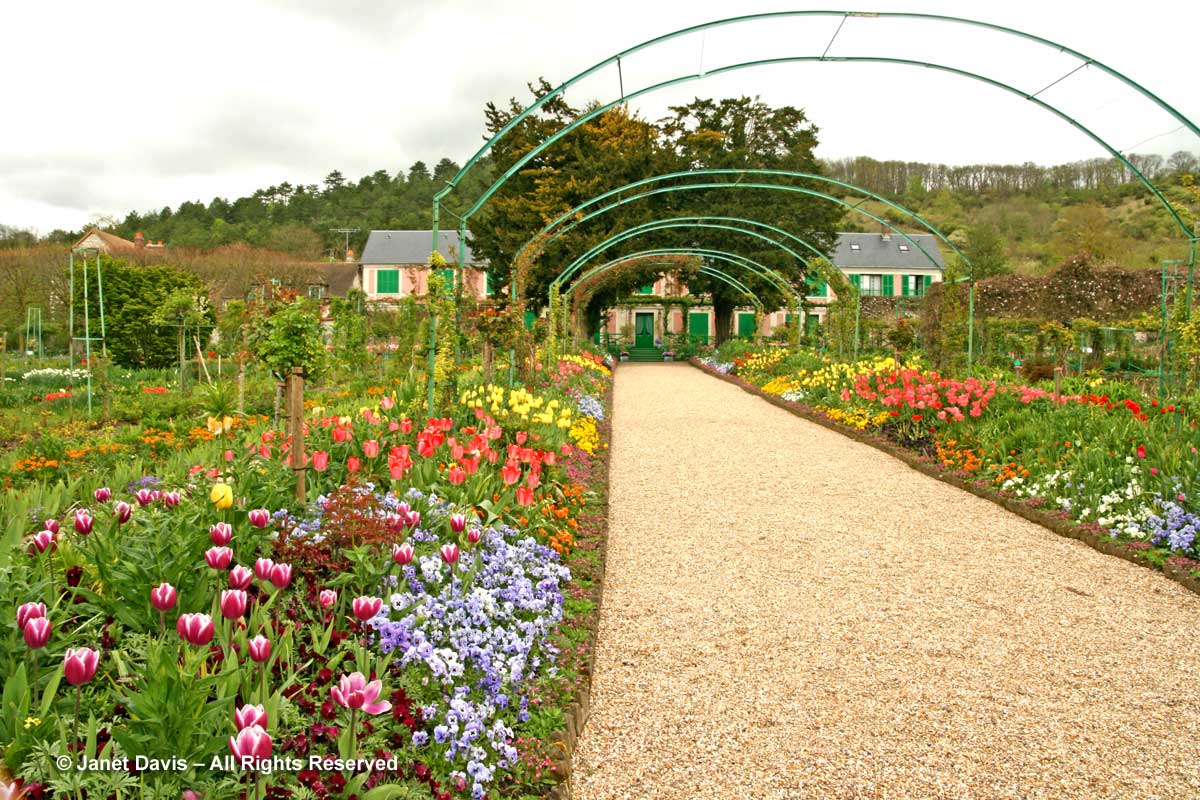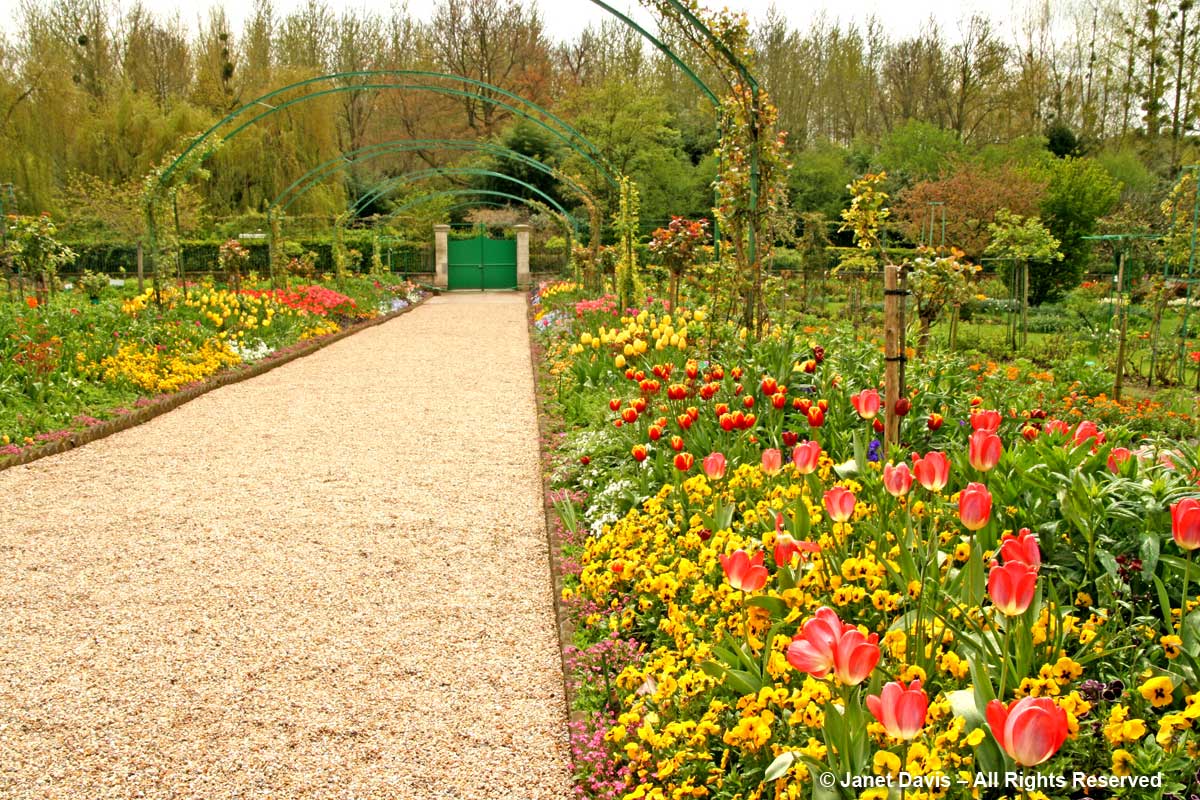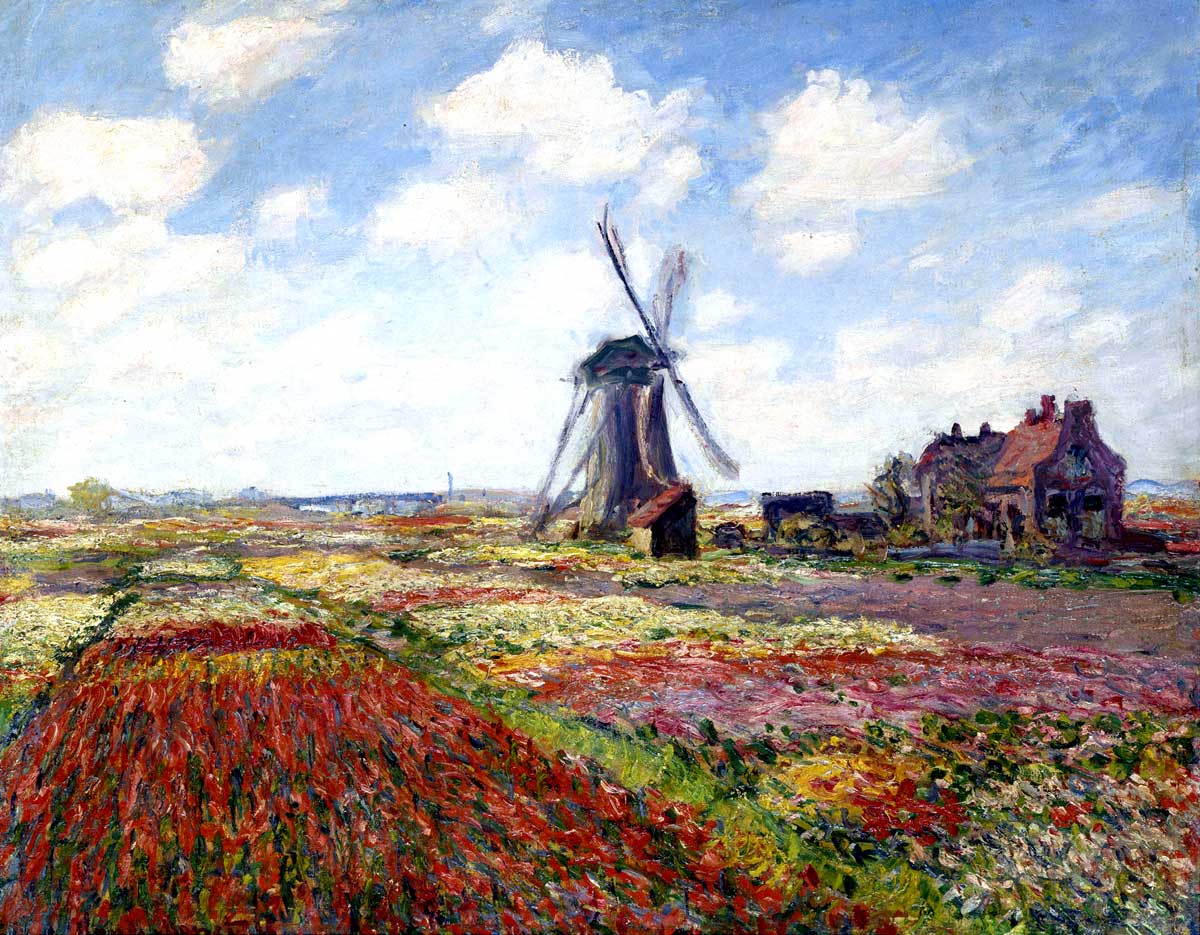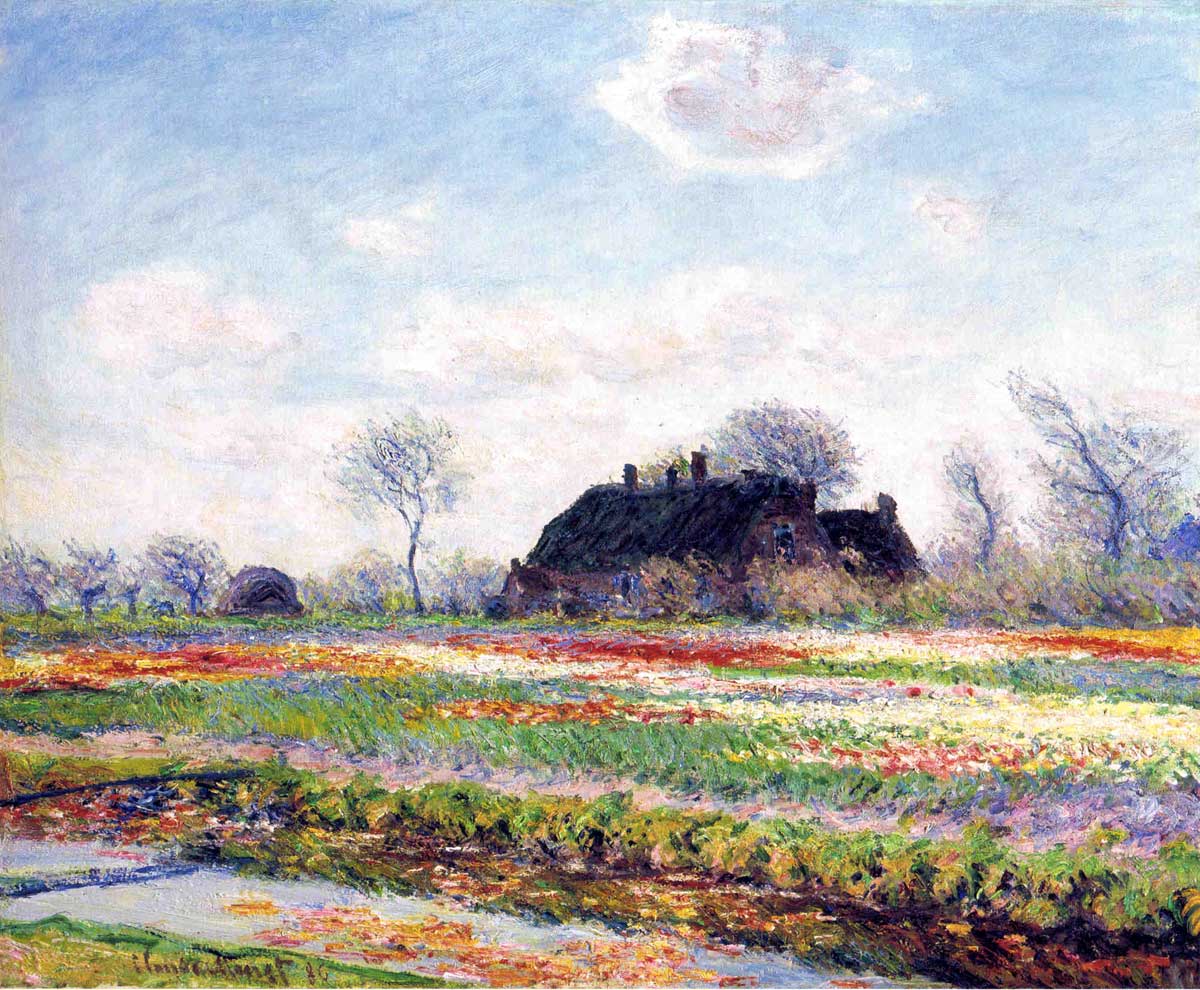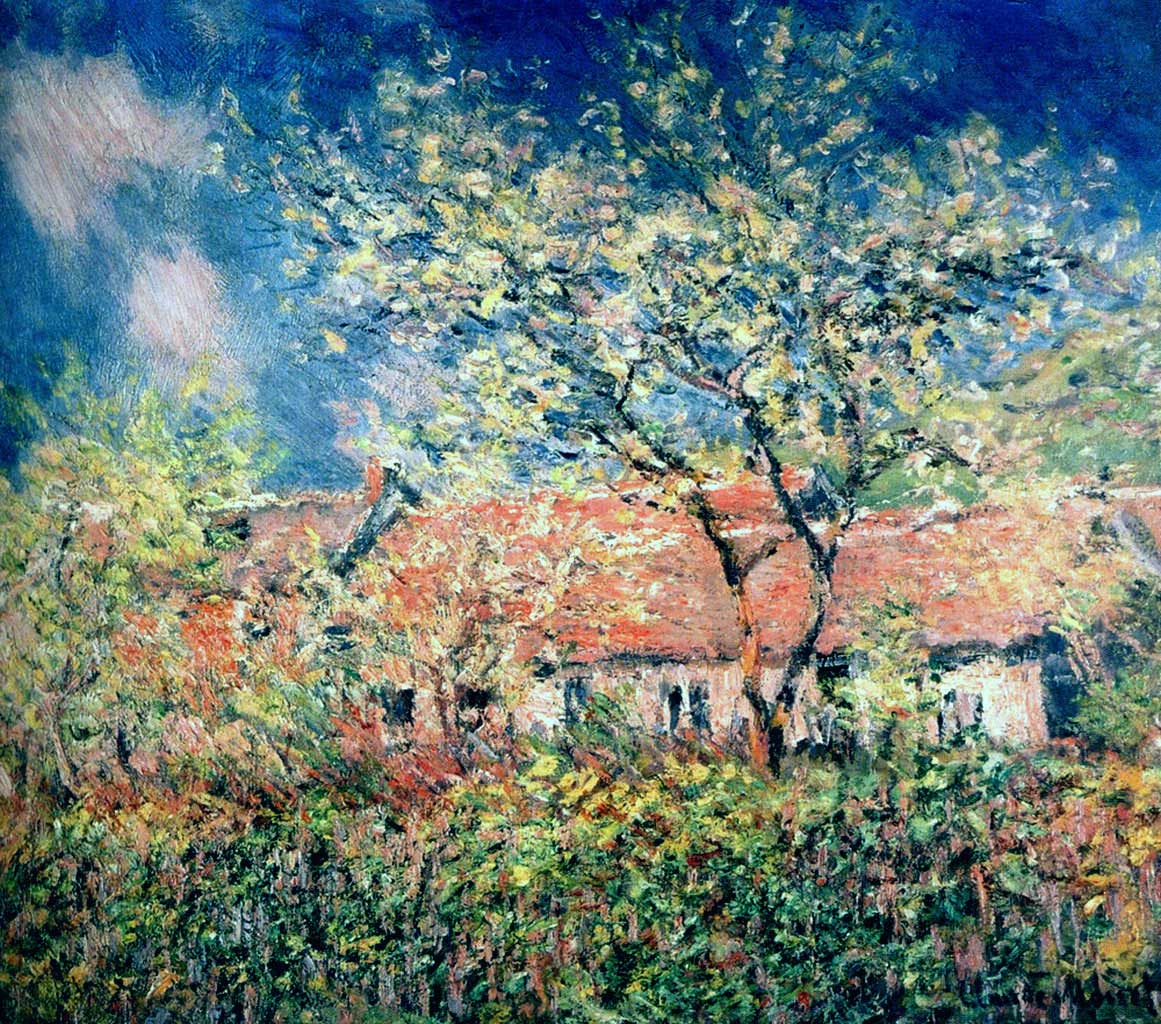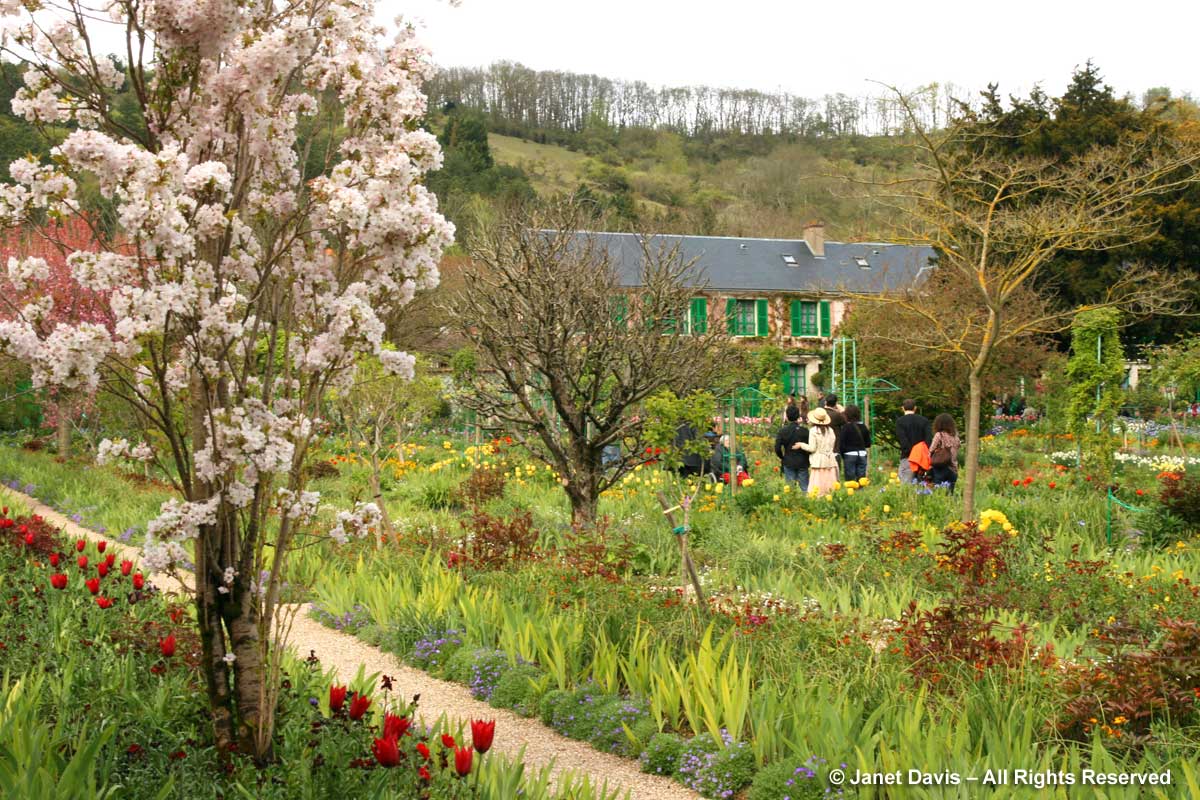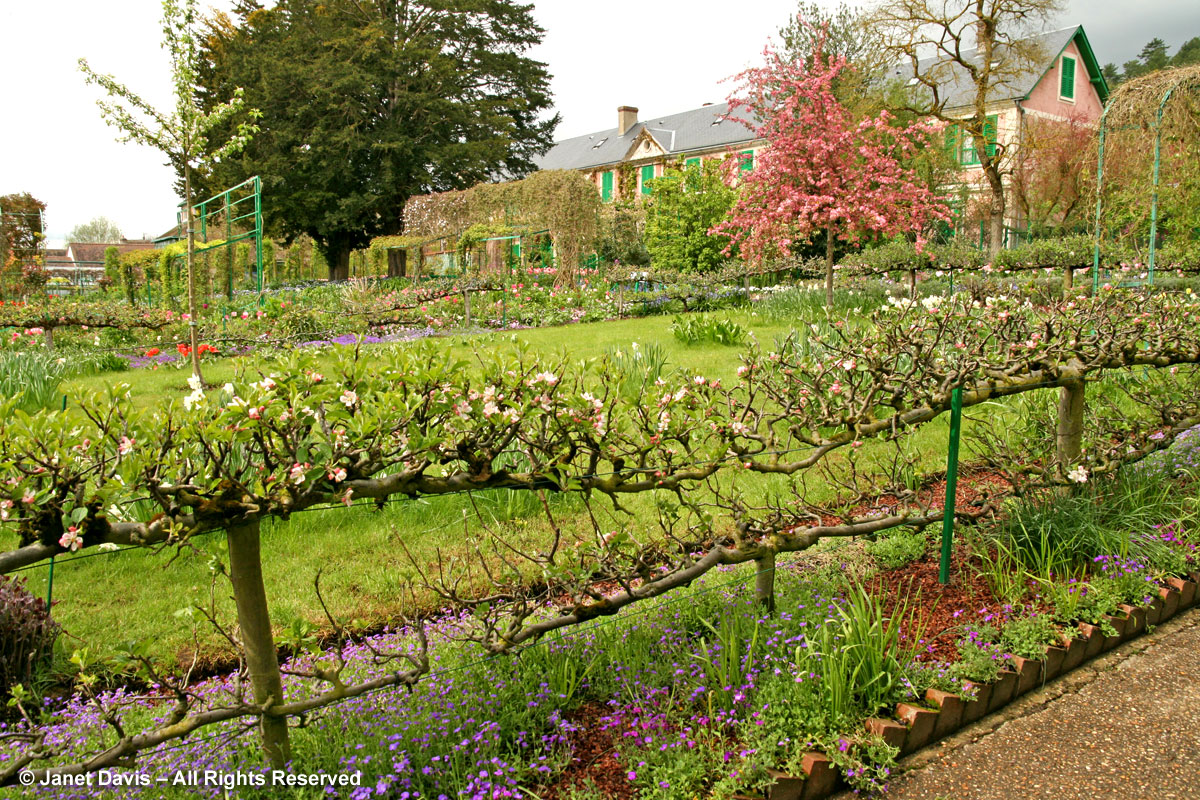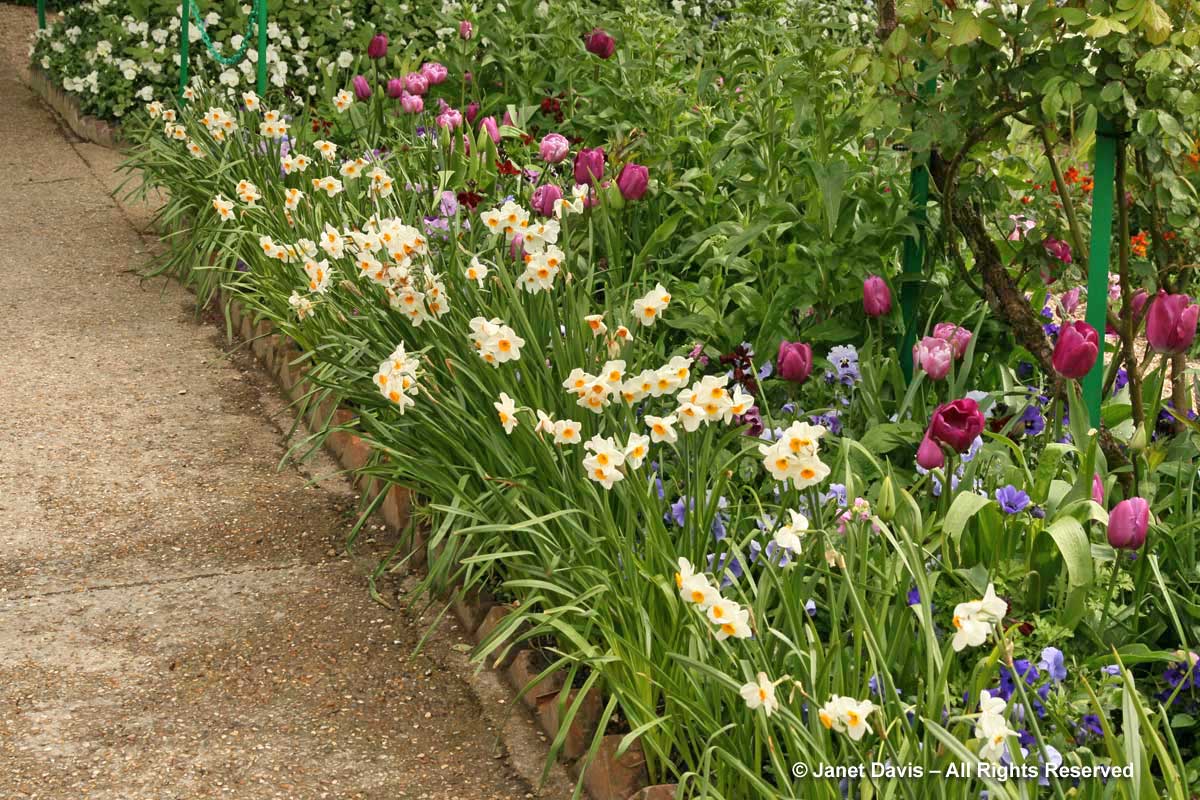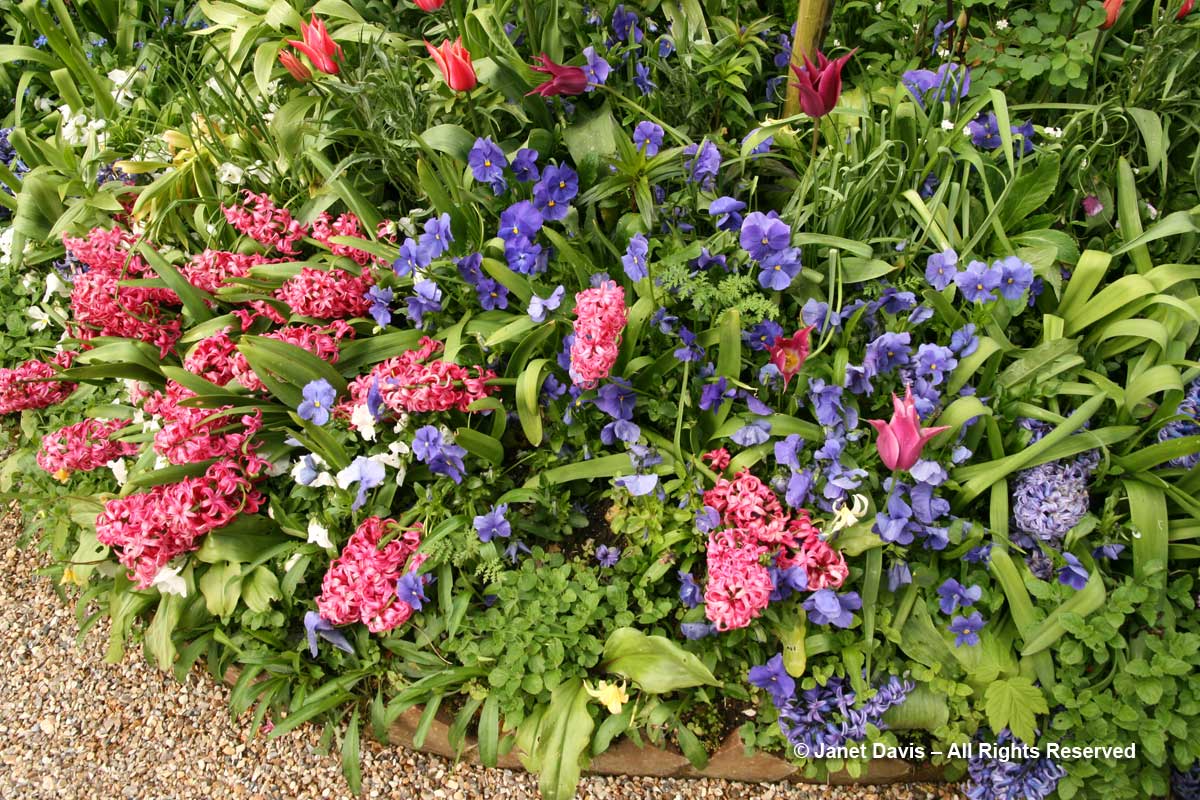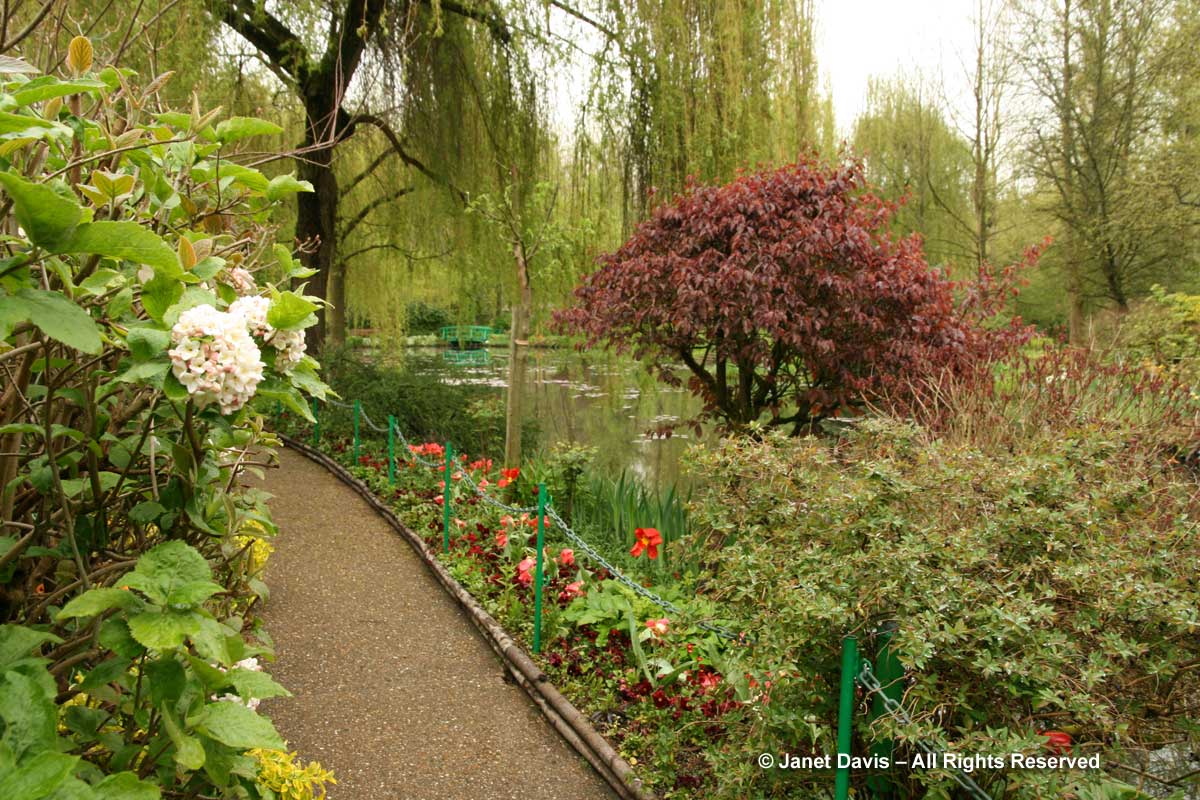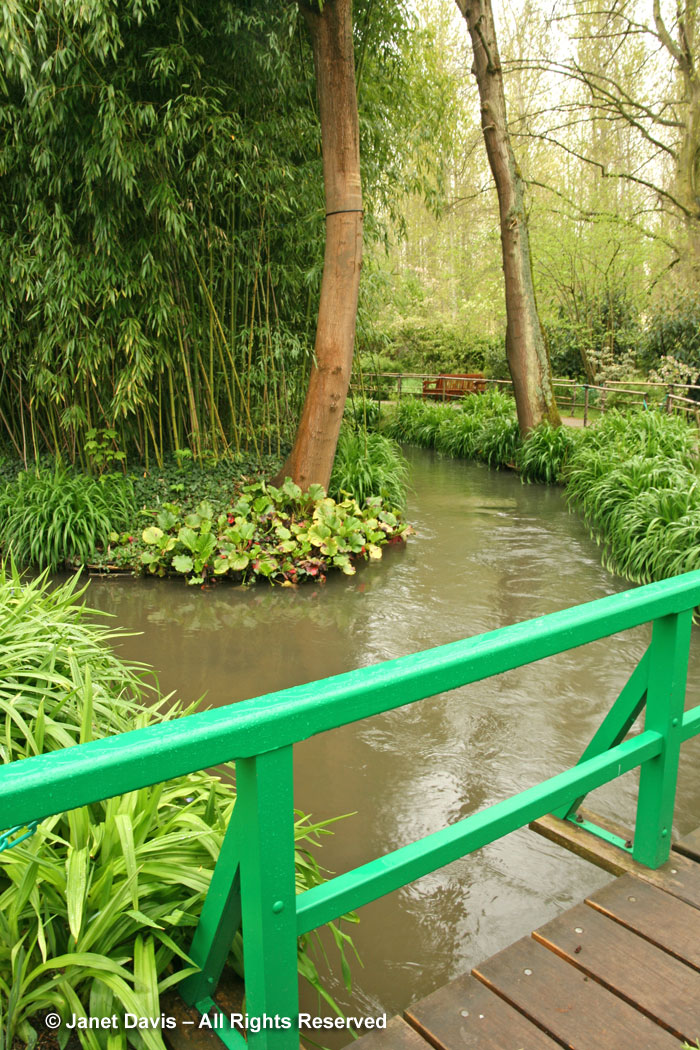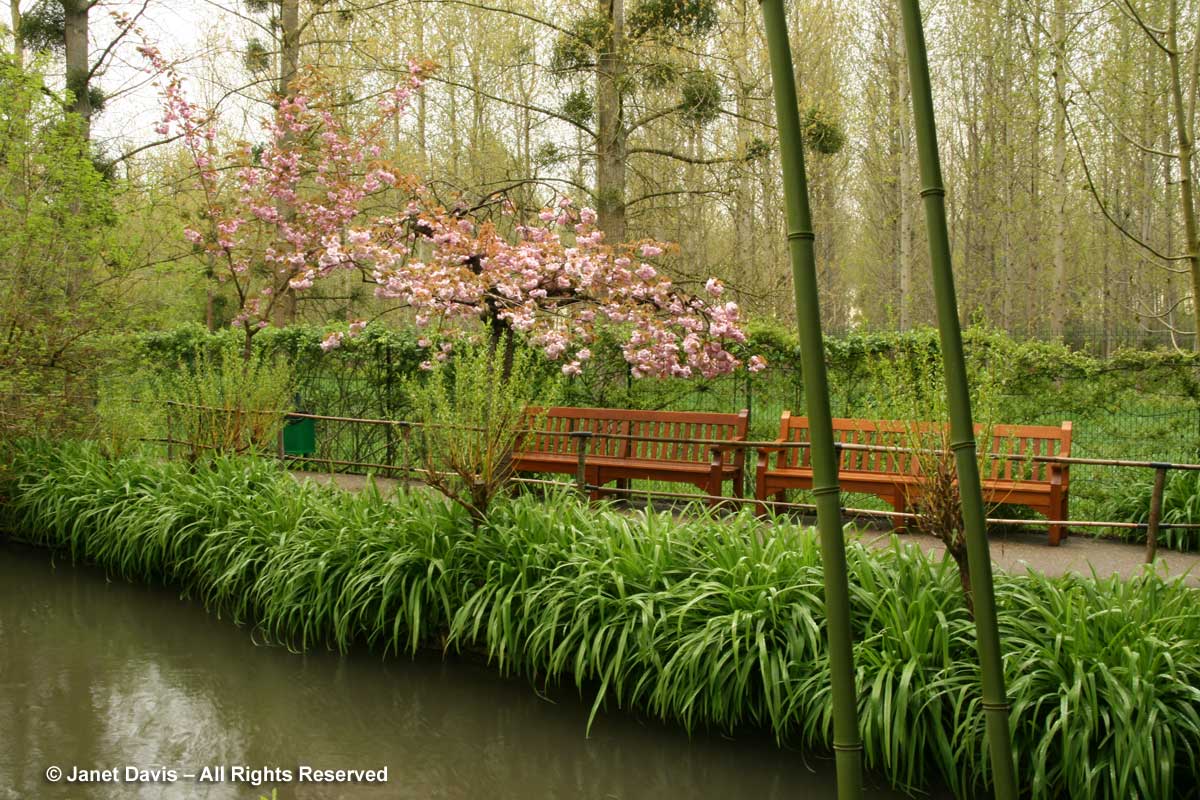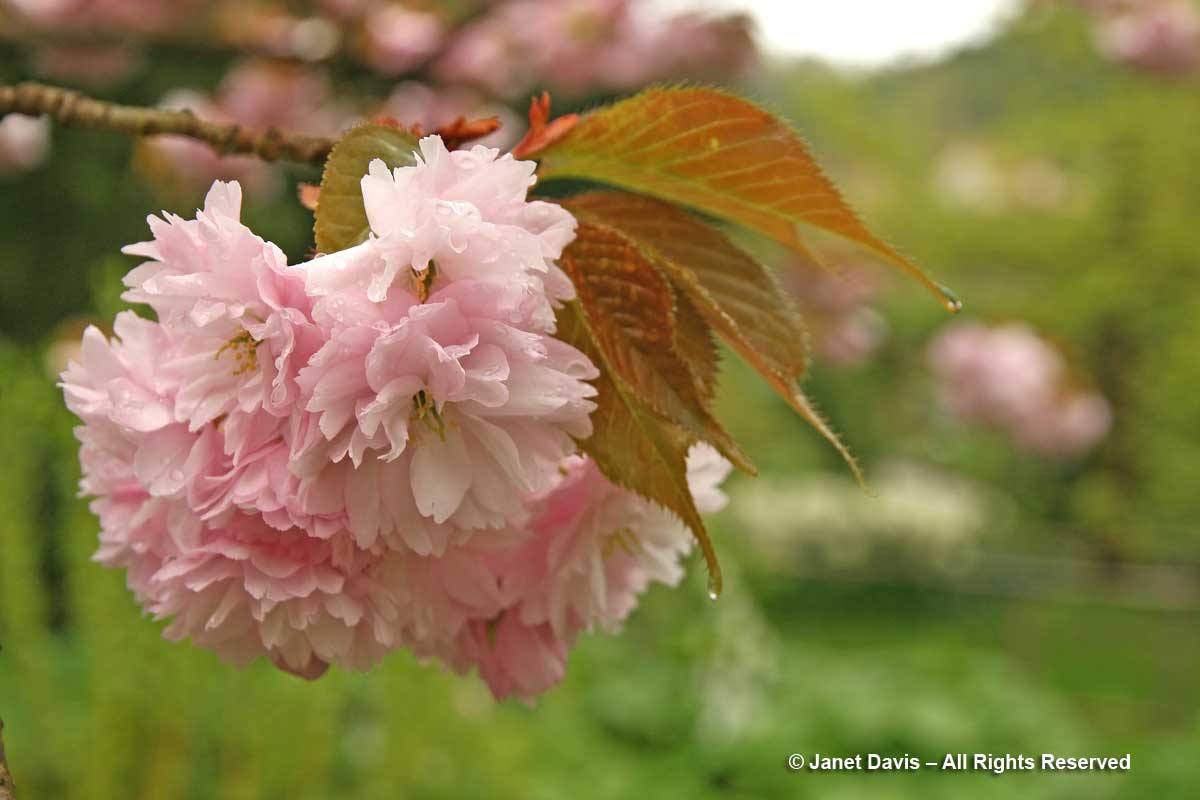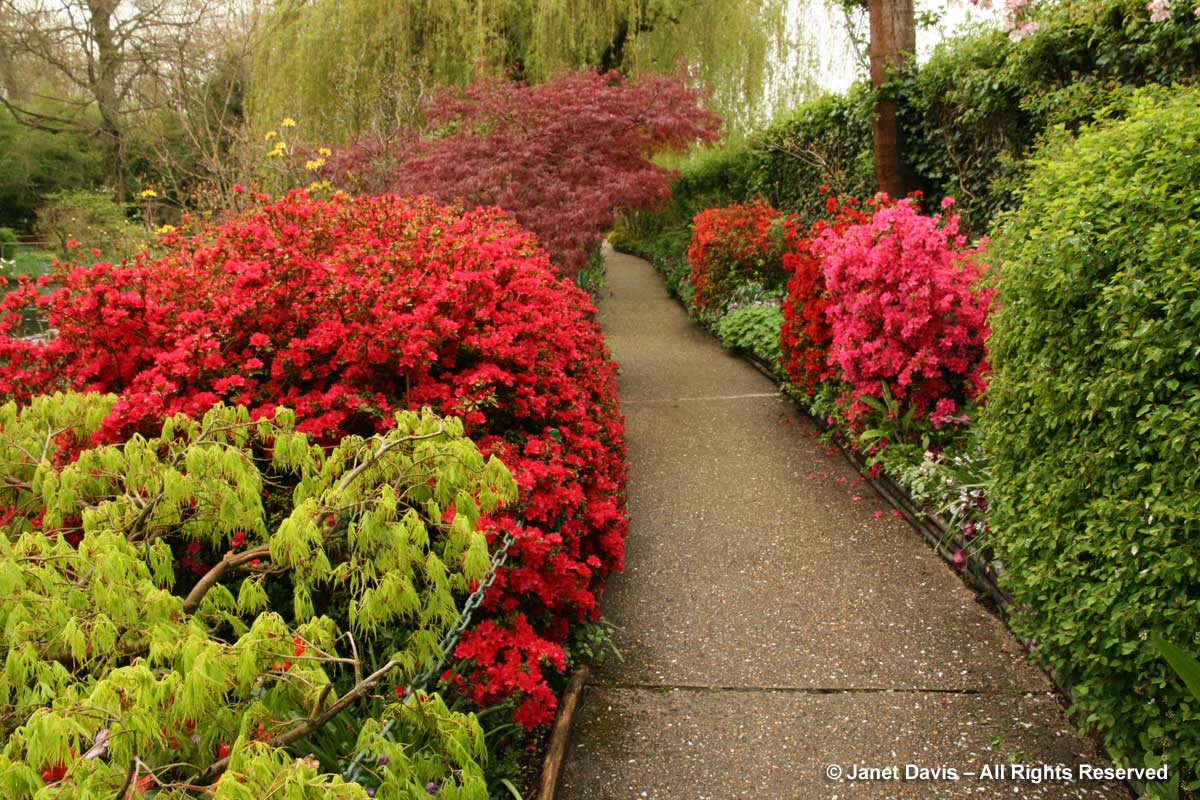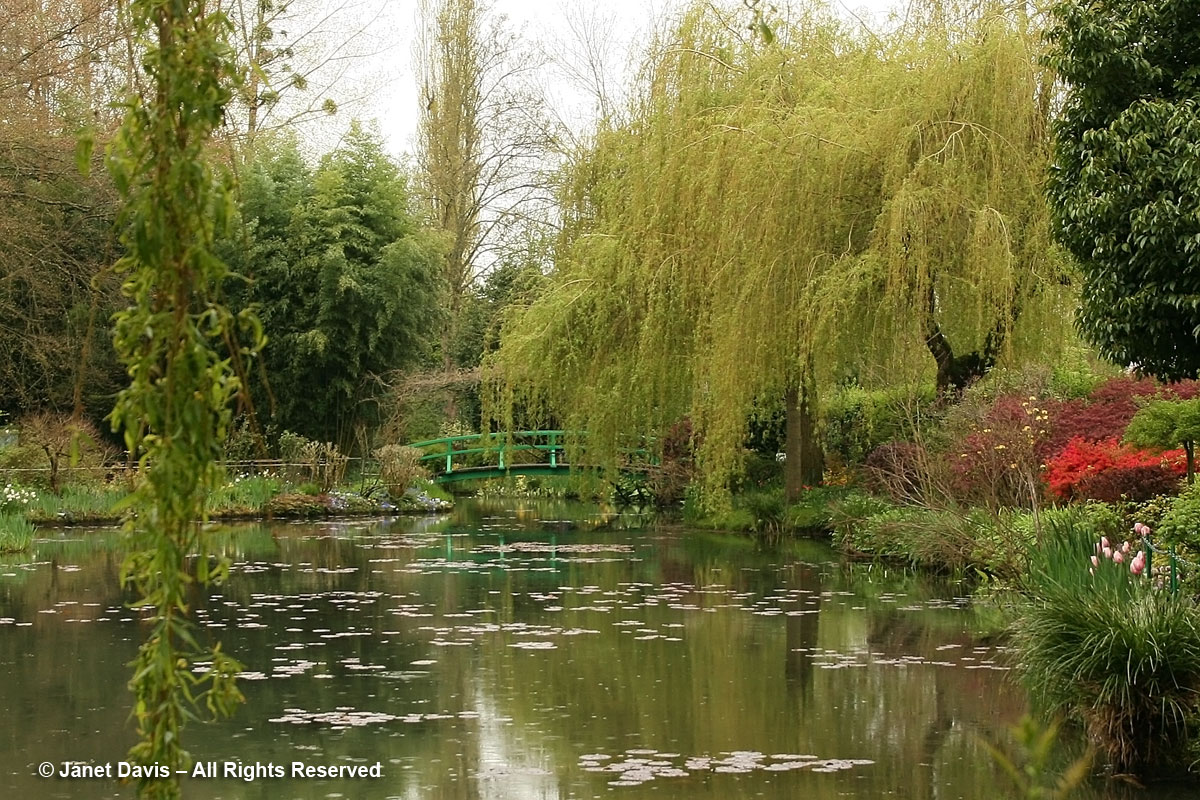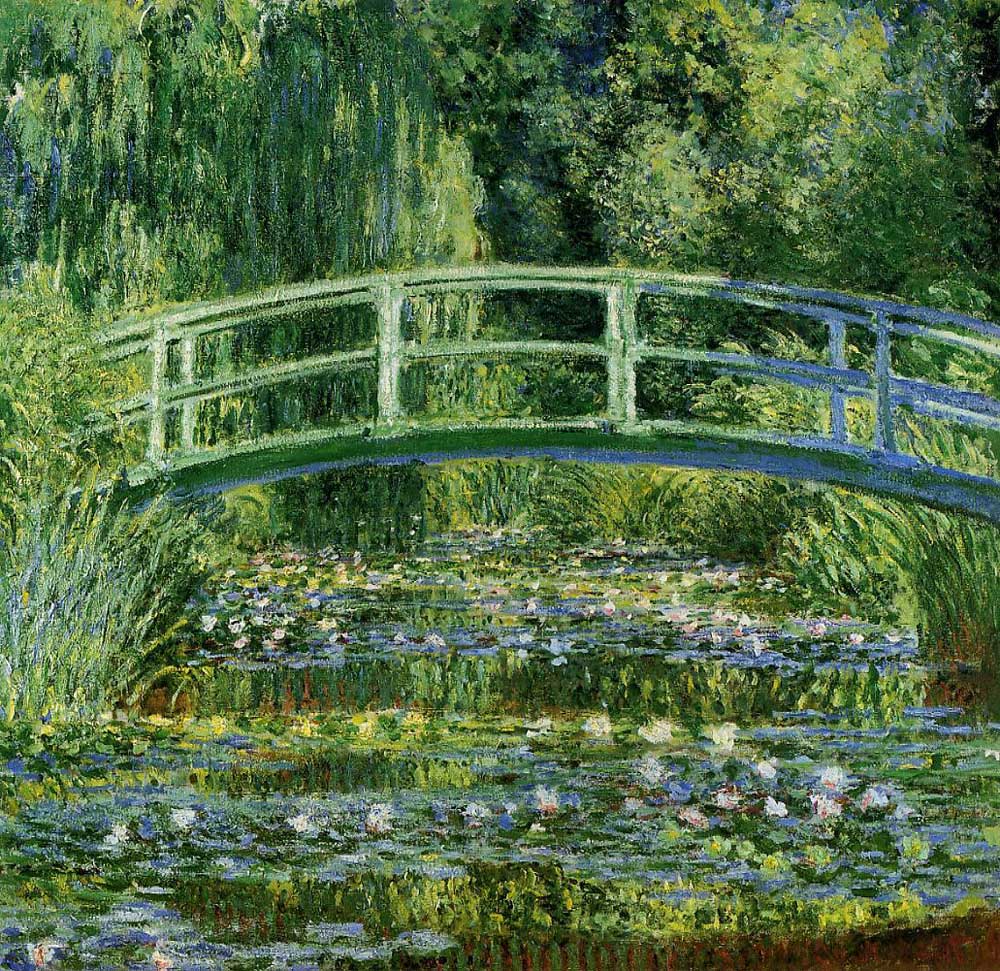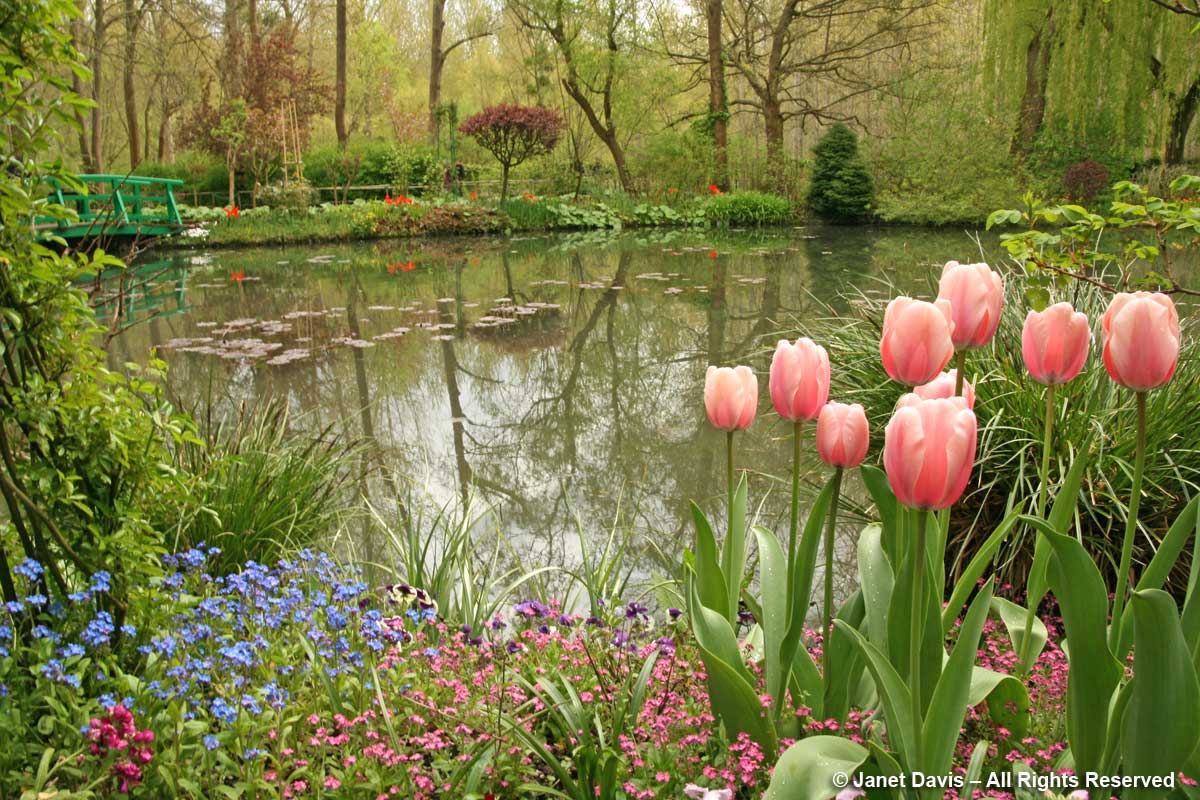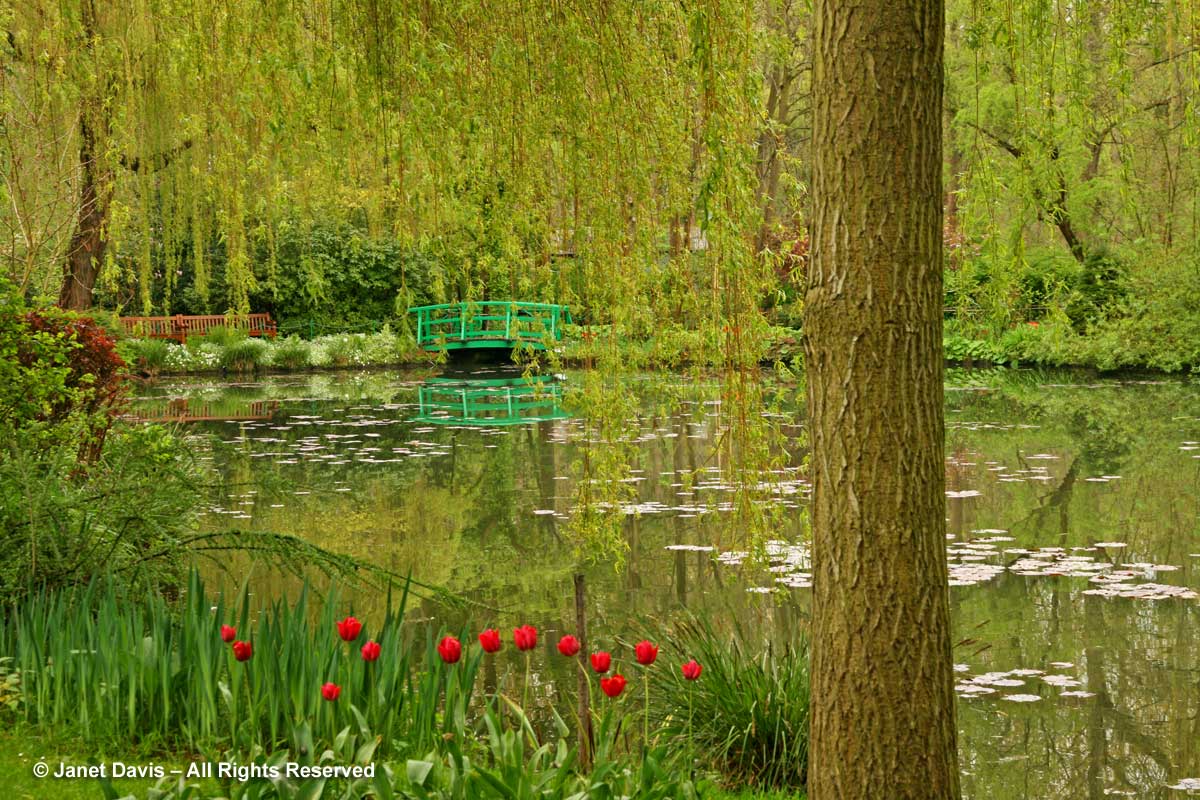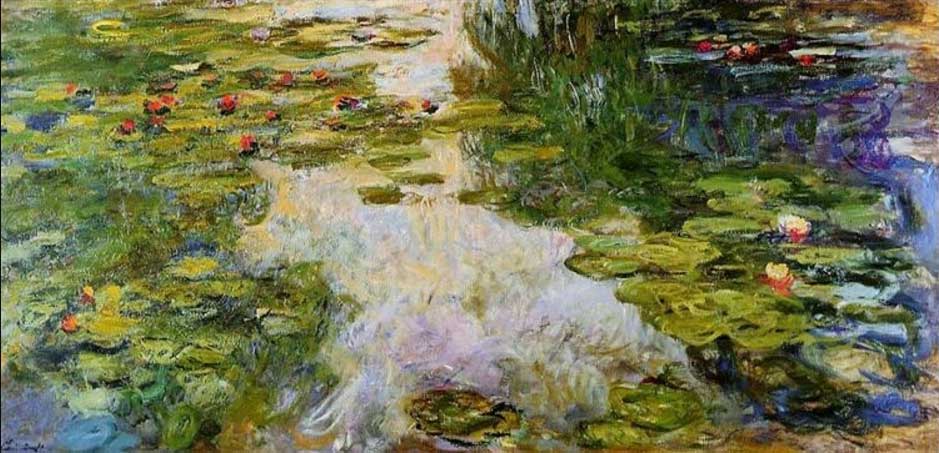Once upon a time, I had this quest to photograph Japanese cherry blossoms – sakura – in lots of beautiful places in the world. I travelled to Japan, of course, and managed to arrive during one of the earliest springs ever, foiling my desire to be there as the storied Somei-Yoshino cherries (Prunus x yedoensis) burst into blossom on bare, brown branches. We had to go north to the mountains of Takayama to find them.
In Kyoto, I visited the Imperial Palace and found Prunus ‘Ojochin’ at the gates. It means ‘large lantern”, and has been in Japanese literature since the 17th century.
At the Kyoto Botanical Garden, the late-season cherries were in bloom, but I had to get help in Toronto later to translate the labels. This is ‘Yōkihi’, honouring a concubine of an 8th century emperor of the T’ang Dynasty.
Prunus ‘Asano’ was found in 1926 in a garden in the village of Kami-Yoshida by England’s Collingwood ‘Cherry’ Ingram, a renowned collector of Japanese cherries. Its flowers resemble little chrysanthemums.
‘Hirano-nioi’ (like all cherries with “nioi” in the name) is fragrant.
‘Kirin’ was named for a fiery, dragon-like beast.
‘Ichihara-tora-no-o’, below, means “tiger’s tail”. As Wybe Kuitert says in his book Japanese Flowering Cherries, “With a little imagination, once can see a perfect bigger-than-life size tiger’s tail of cherry blossom in it.”
At Saihoji, the moss temple in Kyoto, a double-flowered cherry leaned over the formal path, contrasting nicely with a tall, magenta azalea behind it.
We visited Gion to watch Miyako Odori, the traditional springtime dance of the country. Naturally, cherry blossoms feature prominently.
In Japan, I found all kinds of pretty cherry blossom confections, including sakura-mochi rice cake and little sakura-adorned crepes.
When I visit London’s Royal Botanic Gardens at Kew in early spring, I always make a point of searching out the Japanese cherry trees. This is a view of the Japanese garden Chokushi-mon (Gateway of the Imperial Messesnger) with a flowering bough of Prunus serrulata ‘Tai-haku’, “the great white cherry”.
‘Hokusai’ was selected by Cherry Ingram in 1925 and named for the woodblock artist Hokusai.
Hokusai, of course, painted many scenes of Japanese life, including the ancient tradition of hanami or cherry blossom watching. This is ‘Mount Fuji Seen Through Cherry Blossoms”.
‘Takasago’ is part of an old collection of Japanese cherries at Kew. It was originally collected by Robert Fortune, and was once known as Prunus x sieboldii or Von Siebold’s cherry.
In Ireland, I found a lovely white-flowered Japanese cherry at Mount Stewart House near Belfast.
Holland isn’t all spring bulbs. The Keukenhof Garden in Lisse has a number of Japanese cherry trees amidst the brilliant tulips and daffodils.
Monet’s beautiful garden at Giverny, France, features a few Japanese cherries. In the Clos Normand flower garden, Prunus serrulata ‘Ama-no-gawa’ (meaning “heaven’s river”, i.e. the Milky Way) shows off its typical fastigiate growth and double, pale-pink flowers.
In the Japanese-inspired garden at Giverny (Monet had a large collection of Japanese art), Prunus serrulata ‘Kanzan’ adds a rosy note beside a stream.
And at Paris’s Jardin des Plantes, Prunus serrulata ‘Kanzan’ (aka ‘Sekiyama’) makes ebullient bouquets outside the Natural History Museum……
….. while forming a flowery underplanting for the Eiffel Tower, below. Many catalogues and articles call this bubblegum-pink cherry by an obsolete name ‘Kwanzan’, but its proper name is ‘Kanzan’, which means “border mountain”. The alternative name ‘Sekiyama’ literally means seki=border + yama=mountain and is in a Japanese plant guide dated 1681. It is the most popular cherry in western countries.
At New York Botanical Garden, I found the unusual green-flowered Japanese cherry ‘Gyoiko’. The name means “coloured court-robes” and references the hues of the costumes worn by the women in the ancient Japanese imperial court.
Someday, I’ll return to New York Botanical to properly photograph the cherries in their collection on Cherry Hill. Here is dependable old ‘Kanzan’ fronting a lovely drift of naturalized daffodils.
On a visit to San Francisco, I watched a woman painting a Japanese cherry at the Tea Garden at Golden Gate Park….
….. and later found my way to wonderful Filoli Garden in Menlo Park, where the weeping Prunus x subhirtella ‘Pendula’ was in beautiful bloom.
Washington D.C. is renowned for its National Cherry Blossom Festival, and I was lucky enough to have my flight from North Carolina to Toronto via Washington cancelled in the capitol one spring and made a mad dash for the Tidal Basin, where Somei-Yoshino cherries (Prunus x yedoensis) lined the shore……
… and graced the towering Washington Monument.
I then headed to Dumbarton Oaks, a favourite historic garden in Georgetown designed by Beatrix Farrand. Here I found lovely weeping cherries near the swimming pool…
….. and a pale-pink cloud of sakura on “cherry hill”.
If you visit Vancouver in early spring, you will be enchanted by the cloud-like Japanese cherry blossoms lining the avenues and adorning the parks. This is the boathouse at Stanley Park.
One spring, I found this handsome specimen of Prunus serrulata ‘Taki-Nioi’ overlooking the pond at Nitobe Memorial Garden at the University of British Columbia. It is an appropriate situation for this tree, whose Japanese name means “fragrant waterfall”.
Vancouver’s Van Dusen Botanical Garden featured Prunus x subhirtella ‘Pendula’ looking lovely in a bed of Oriental poppies.
Closer to home, the Royal Botanical Garden in Burlington, Ontario has a good collection of Japanese cherries. This is Prunus x yedoensis ‘Akebono’, bred in 1925 by the W.B. Clarke Nursery of California.
Here is a closer look. Isn’t it lovely?
Prunus ‘Pandora’ is a hybrid of Prunus x yedoensis and Prunus ‘Beni Higan Sakura’….
……that was bred by Waterer Sons and Crisp prior to 1939. Here’s a closer look.
The dwarf, weeping variety Prunus x yedoensis ‘Ivensii’ was introduced by England’s Hillier Nurseries before 1929.
Prunus ‘Accolade’ is a 1952 hybrid of Sargent’s cherry (Prunus sargentii) and Prunus x subhirtella from England’s Knapp Hill Nurseries. While very hardy, an extremely cold winter will often kill the flower buds.
When it does bloom, its pale pink, semi-double flowers are enchanting and….
…. often emerge adventitiously from small shoots on the trunk.
‘Accolade’ also has excellent autumn colour (as does parent Prunus sargentii), as shown here at Toronto’s Mount Pleasant Cemetery.
Mount Pleasant Cemetery also features a number of Japanese cherries, including Prunus serrulata ‘Ama-no-gawa’….
…. and Prunus x subhirtella ‘Pendula Rosea Plena’, the double-flowered weeping cherry.
Toronto’s High Park is renowned for its hillside allée of Somei-Yoshino Japanese cherry trees (Prunus x yedoensis)….
…. which always bear a closer inspection — sometimes even under a dusting of snow!
Beyond Japanese cherry trees, I look for arrangements featuring cherry blossoms, like this lovely Mother’s Day bouquet from Toronto’s Horticultural Design.
Sometimes, I even made my own arrangements, borrowing sake cups and filling them with sakura! This is the hardy and popular ‘Kanzan’, aka ‘Sekiyama’.
One year, I patiently stemmed the flowers to create a carpet of cherry blossoms.
But there was a reason why I wrote this blog on this particular day. It’s my memorial for Notre Dame Cathedral and its fallen spire. No longer will Parisians walking along the Seine glimpse that towering lead pinnacle above les fleurs de cerisier japonais…..
And even if people come back in springtime to sit under the blossoms by the sandbox in the playground on the Ile de la Cité …..
…. they will glance up and feel the enormous void left behind by this tragic inferno. France is already promising to rebuild Notre Dame, seeking funds from people throughout the world. Perhaps one day the cherry blossoms will frame the view of a sparkling new spire. Let us hope.
NOTE: I would like to acknowledge Wybe Kuitert and his vast depth of knowledge on all things Japanese flowering cherry. If you’re a serious student, you will enjoy his 1999 monograph Japanese Flowering Cherries, which is now out of print but available used.

